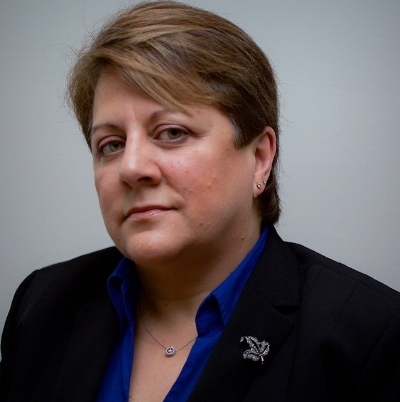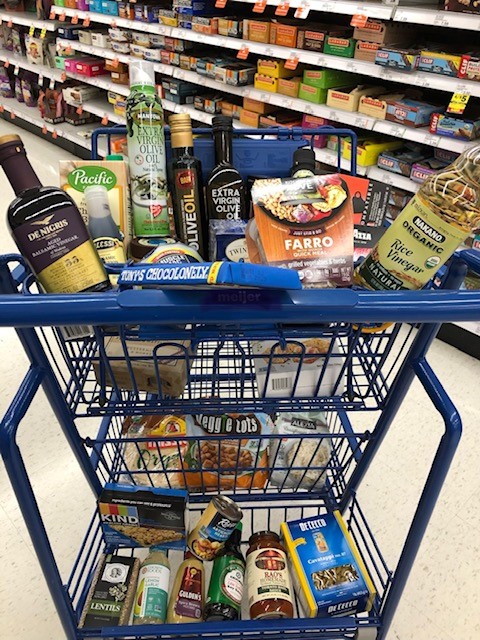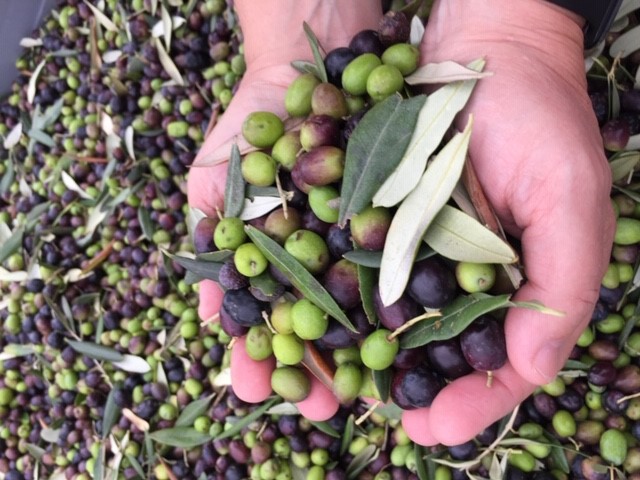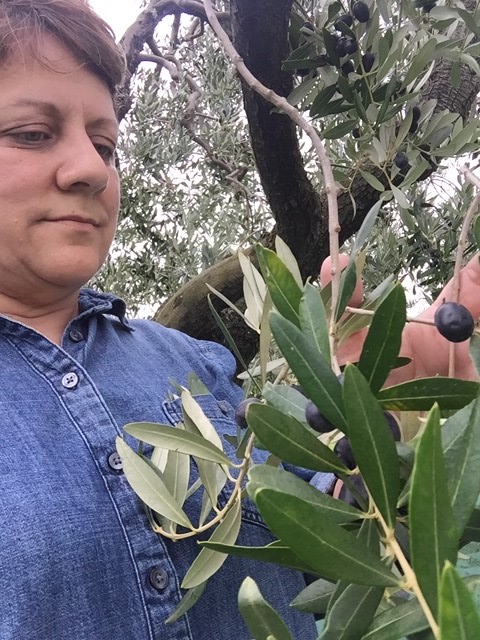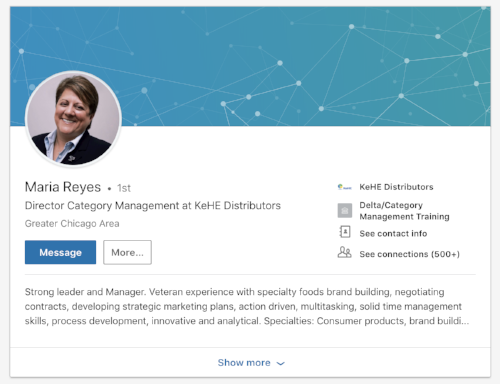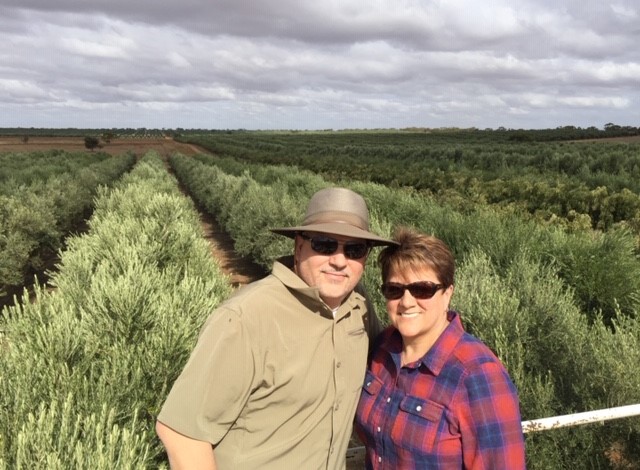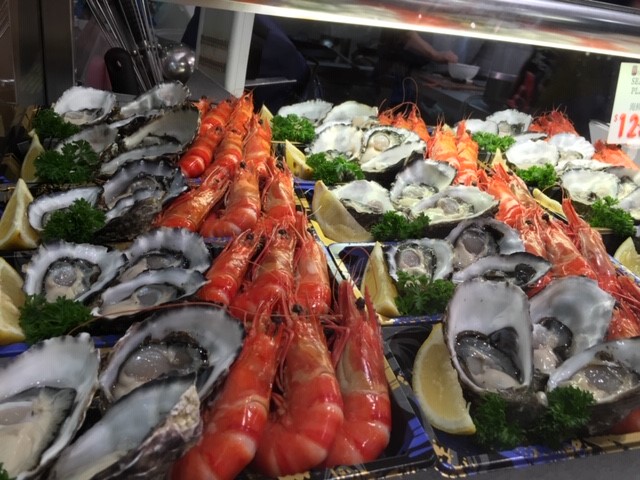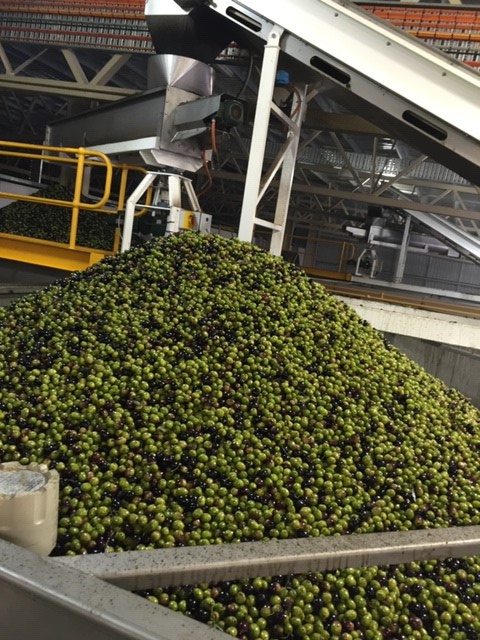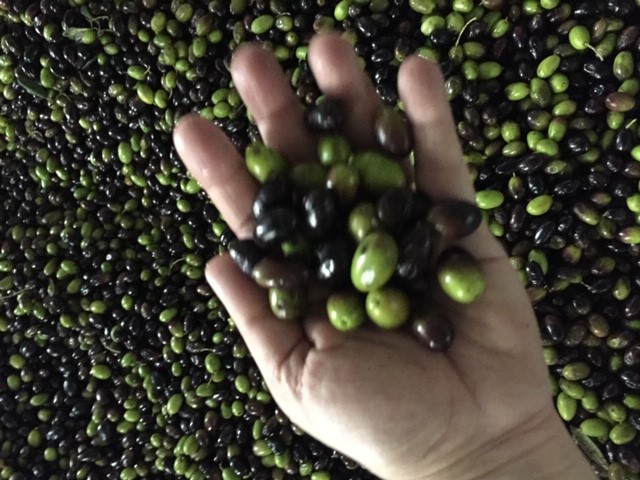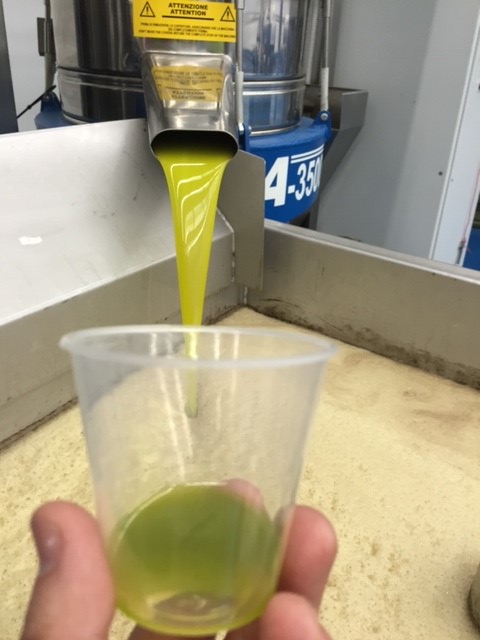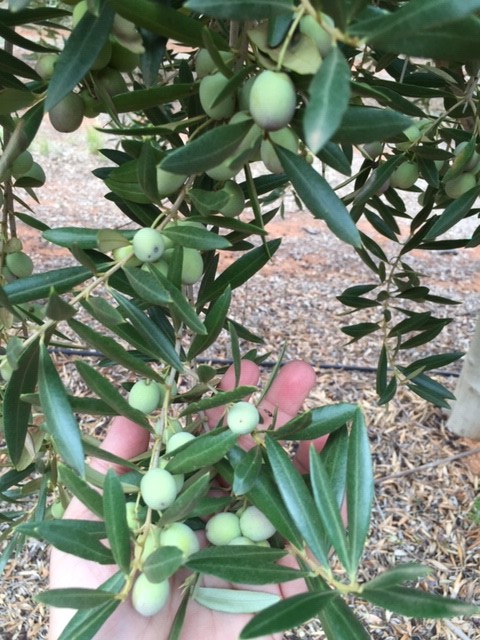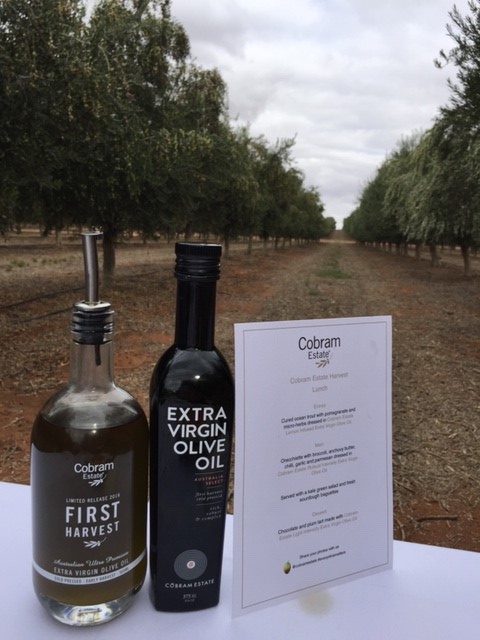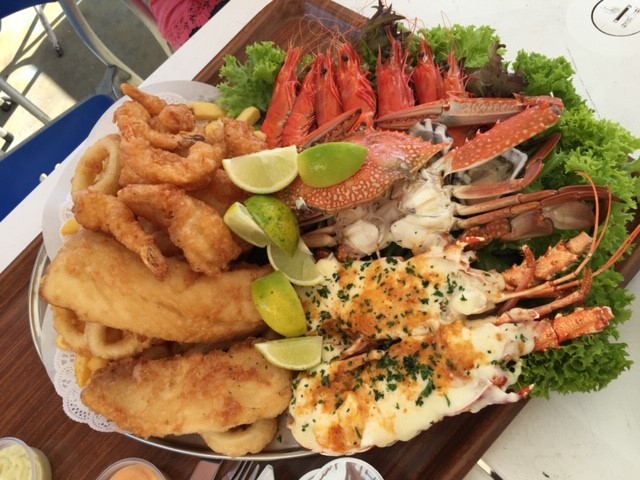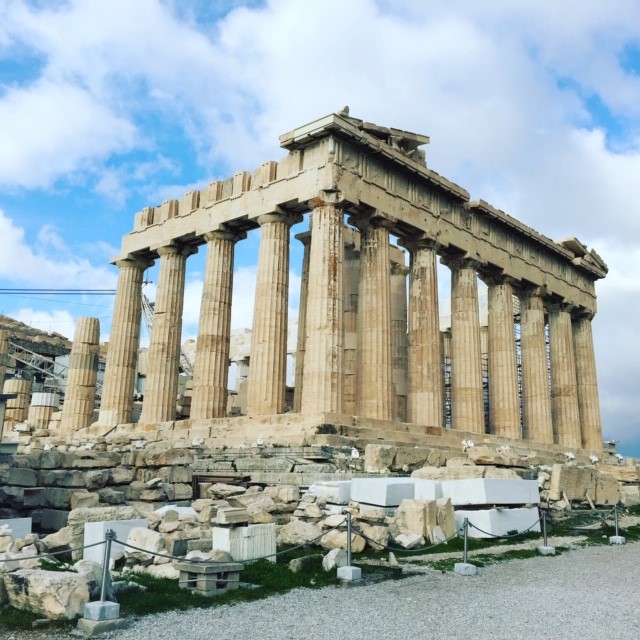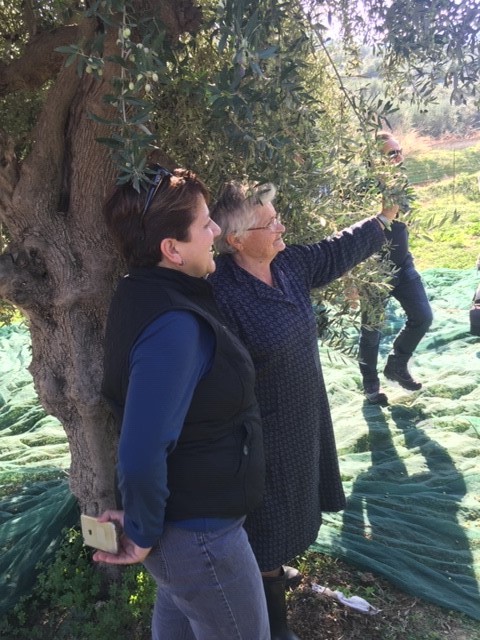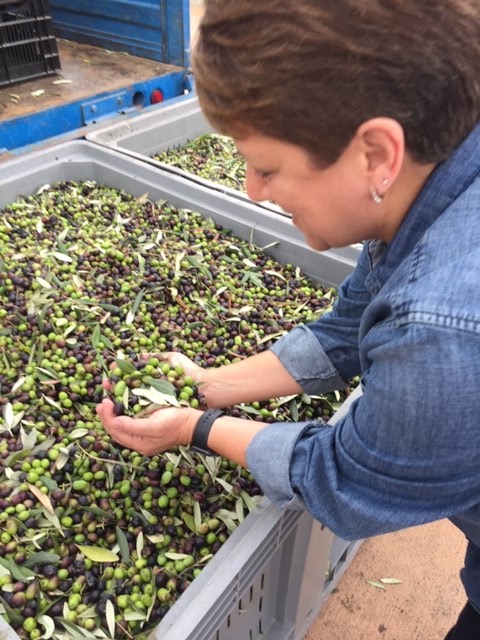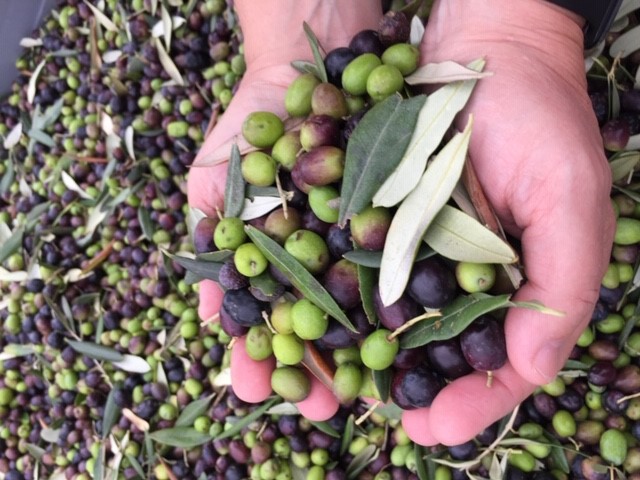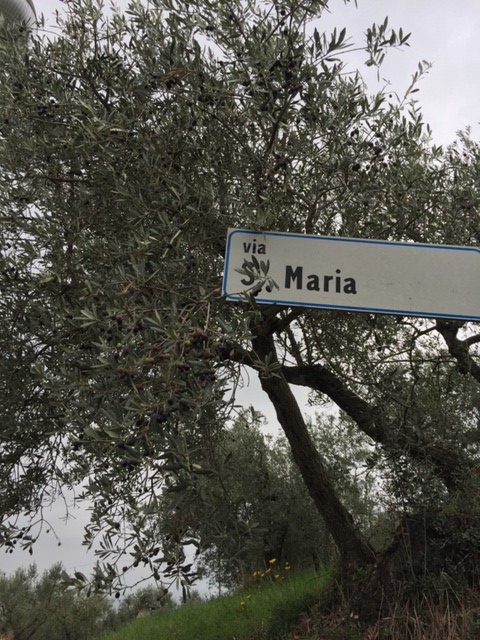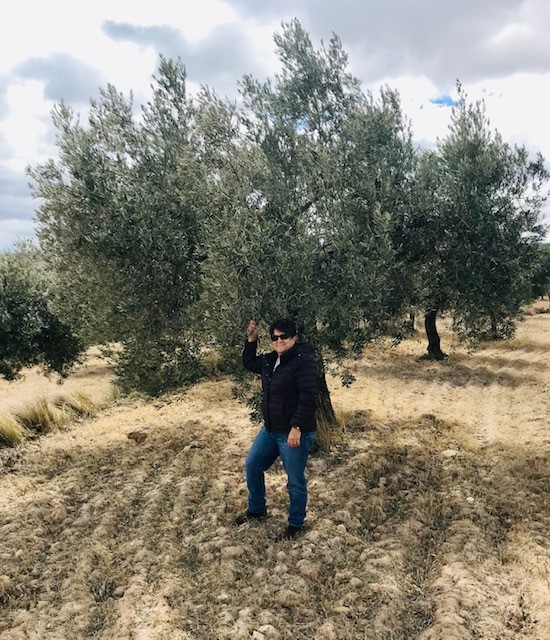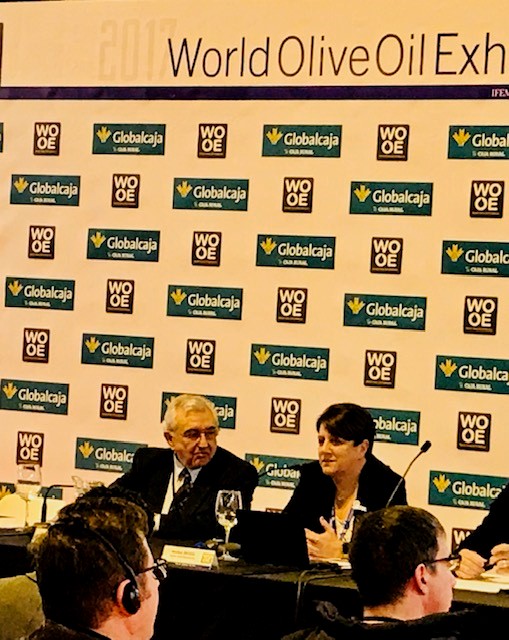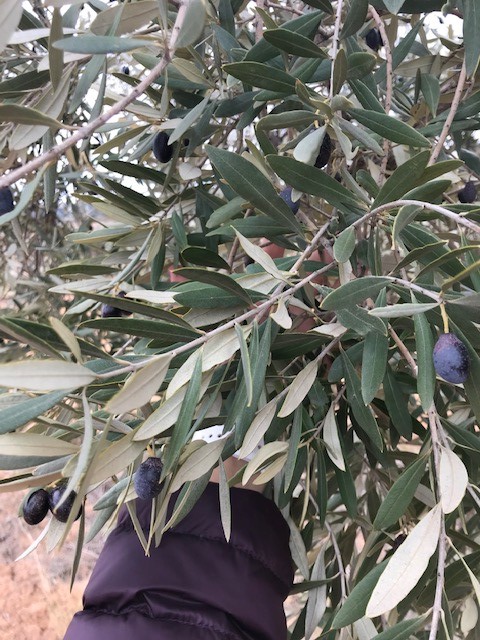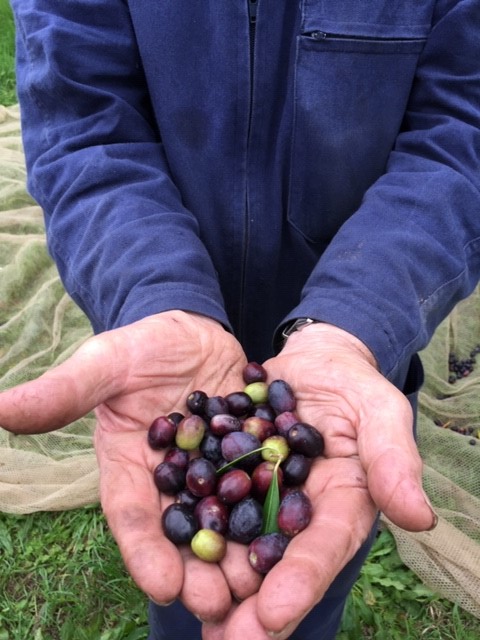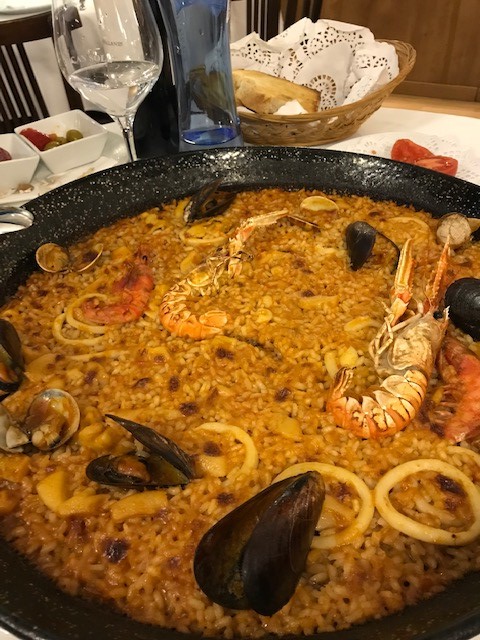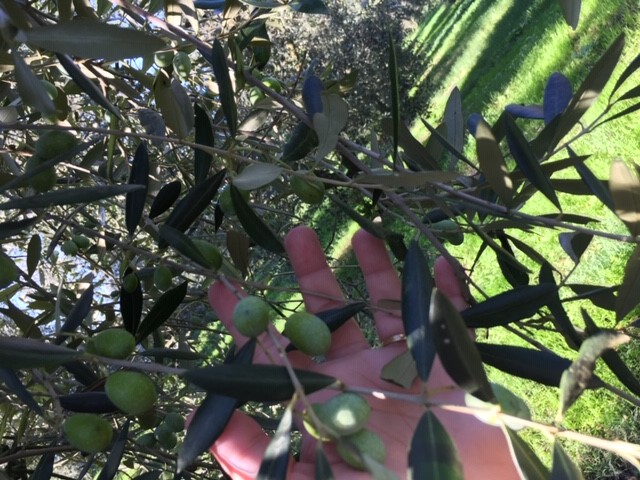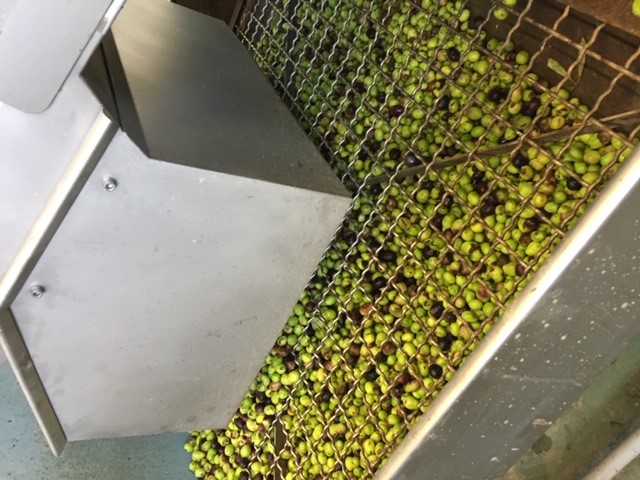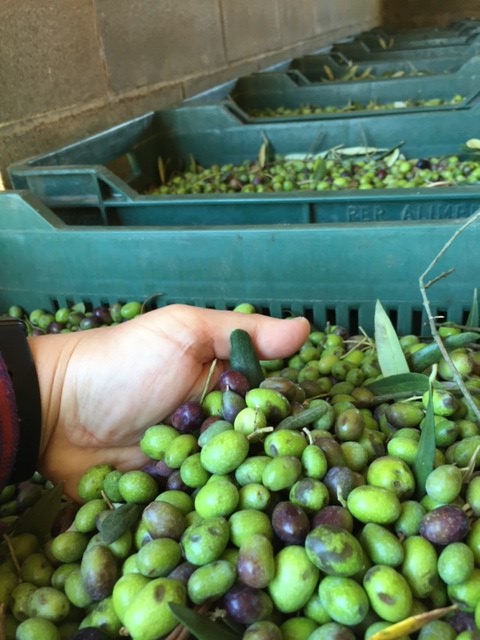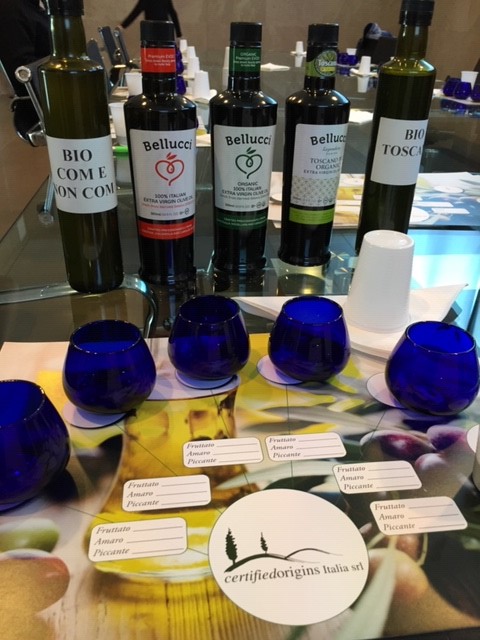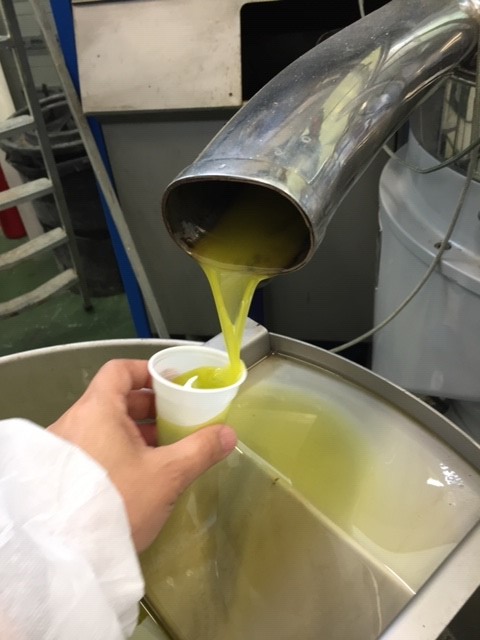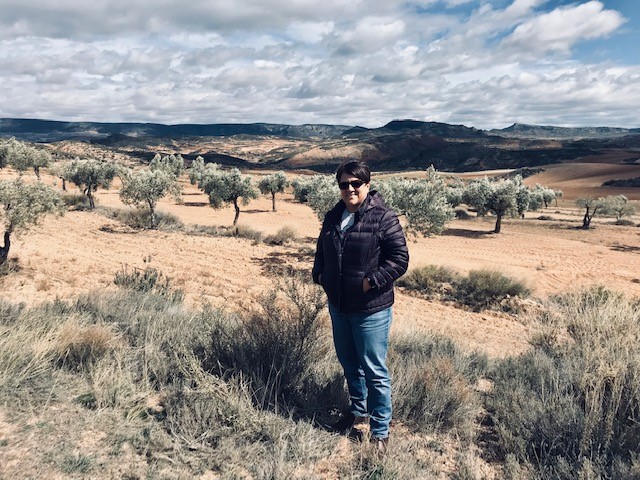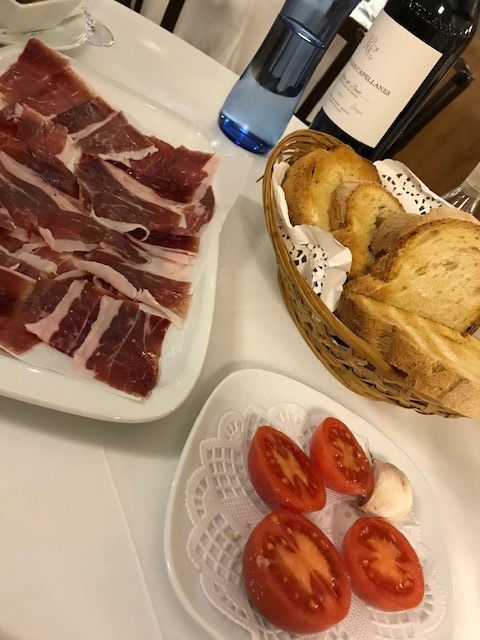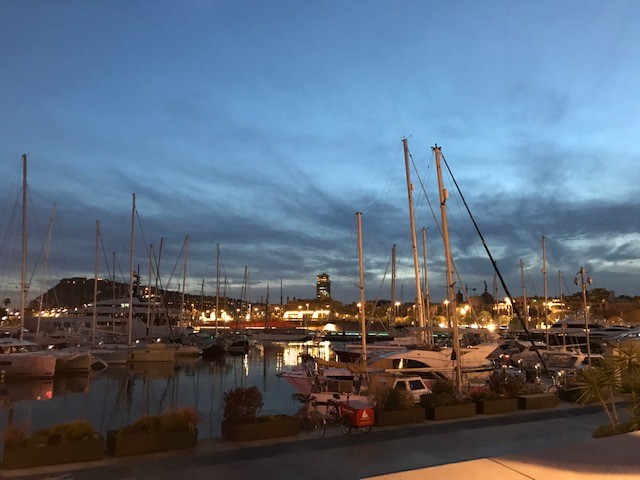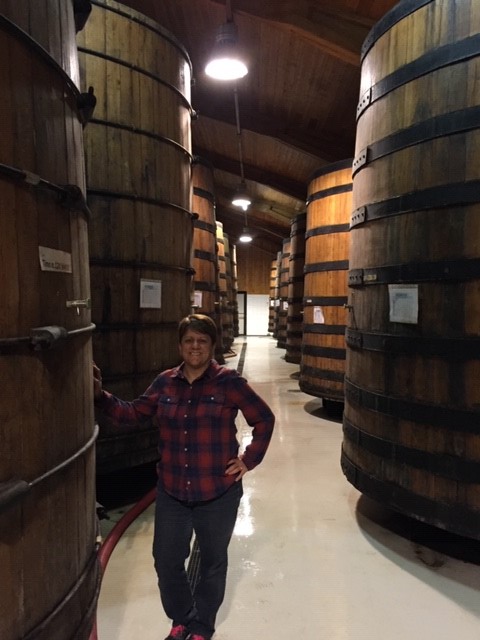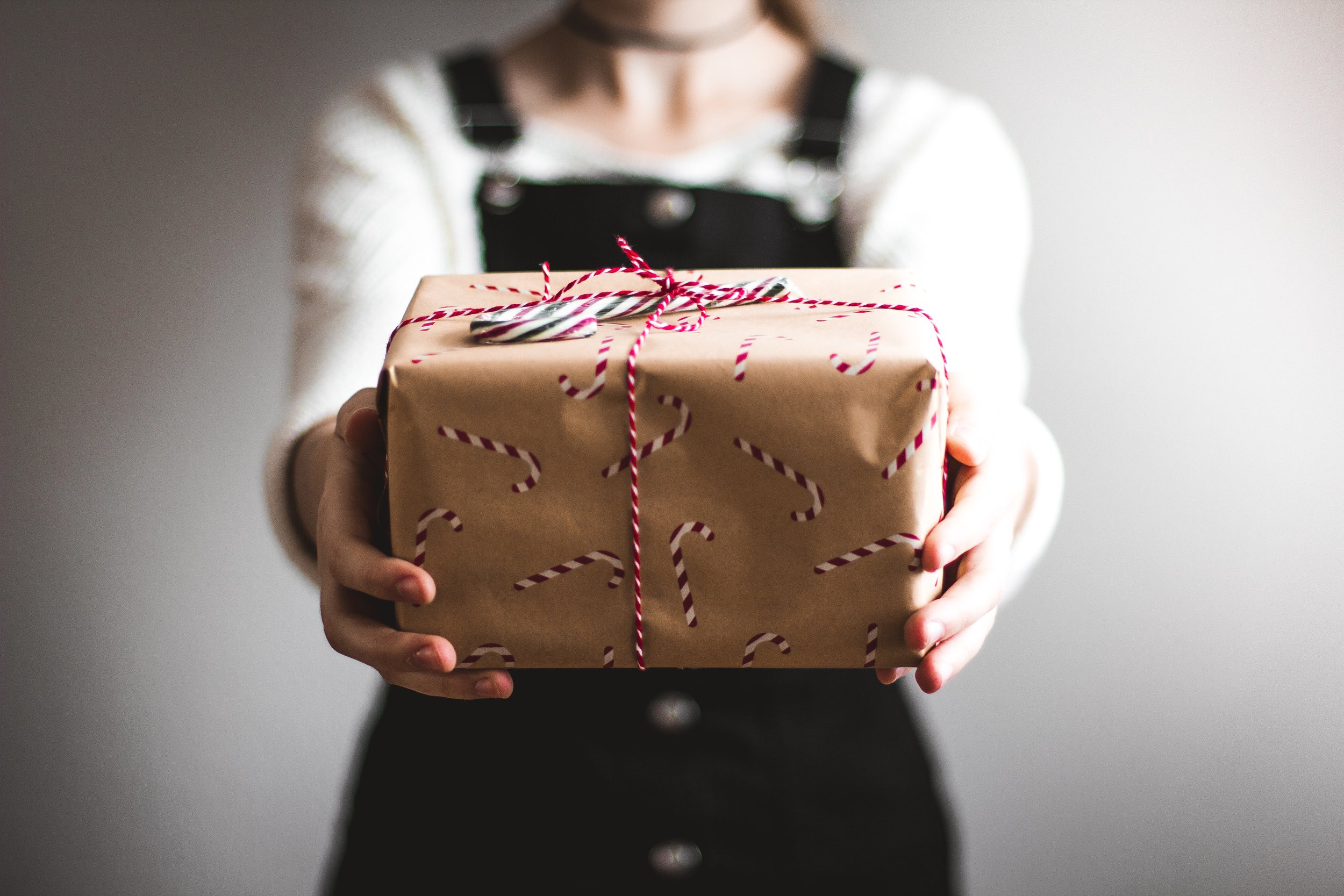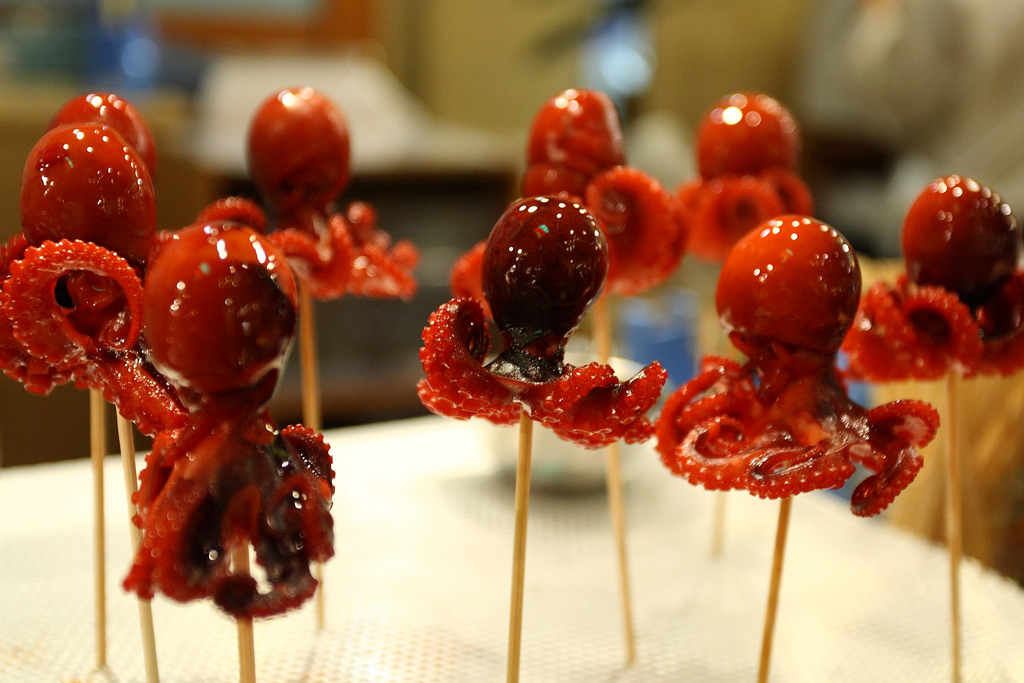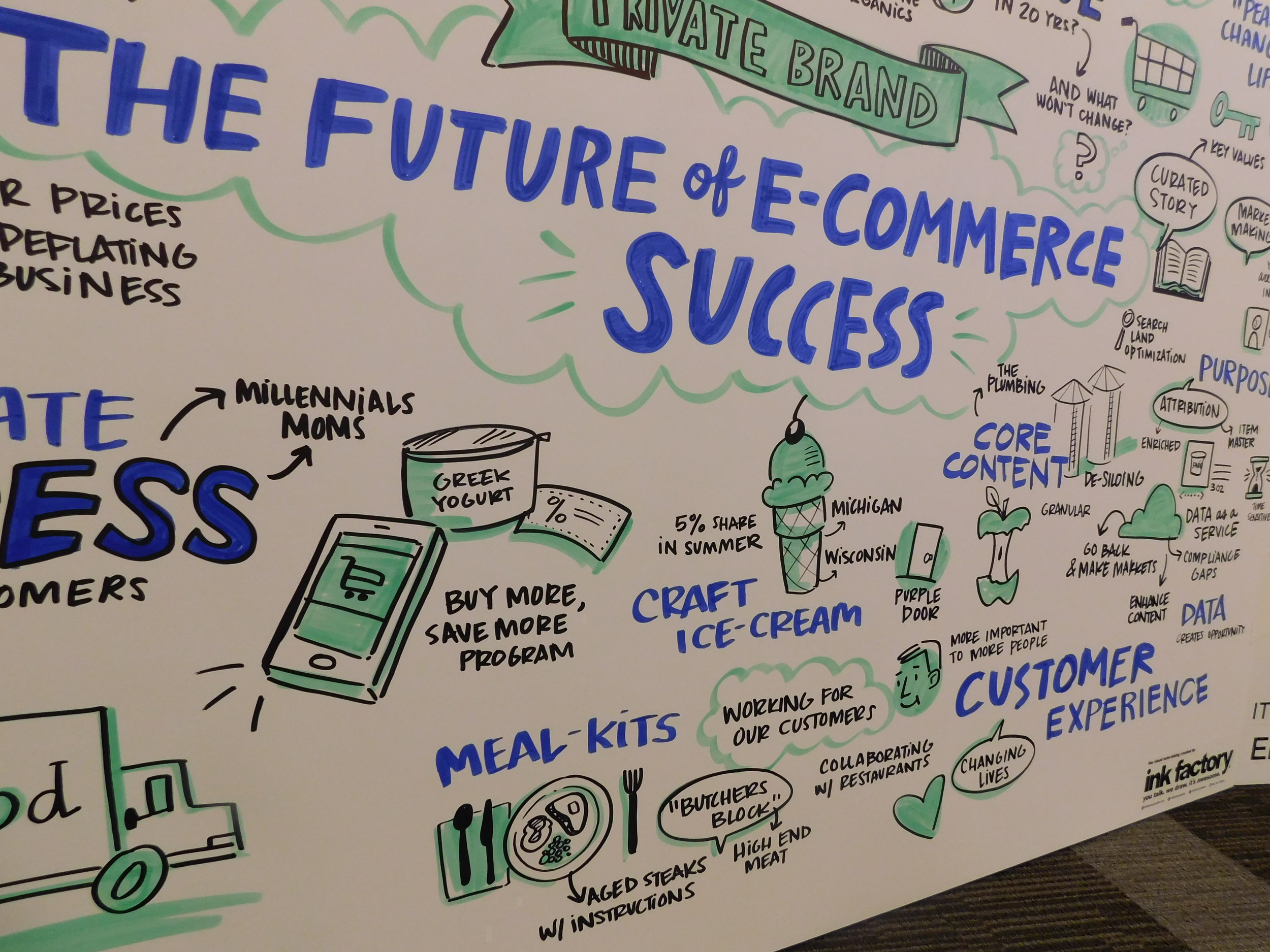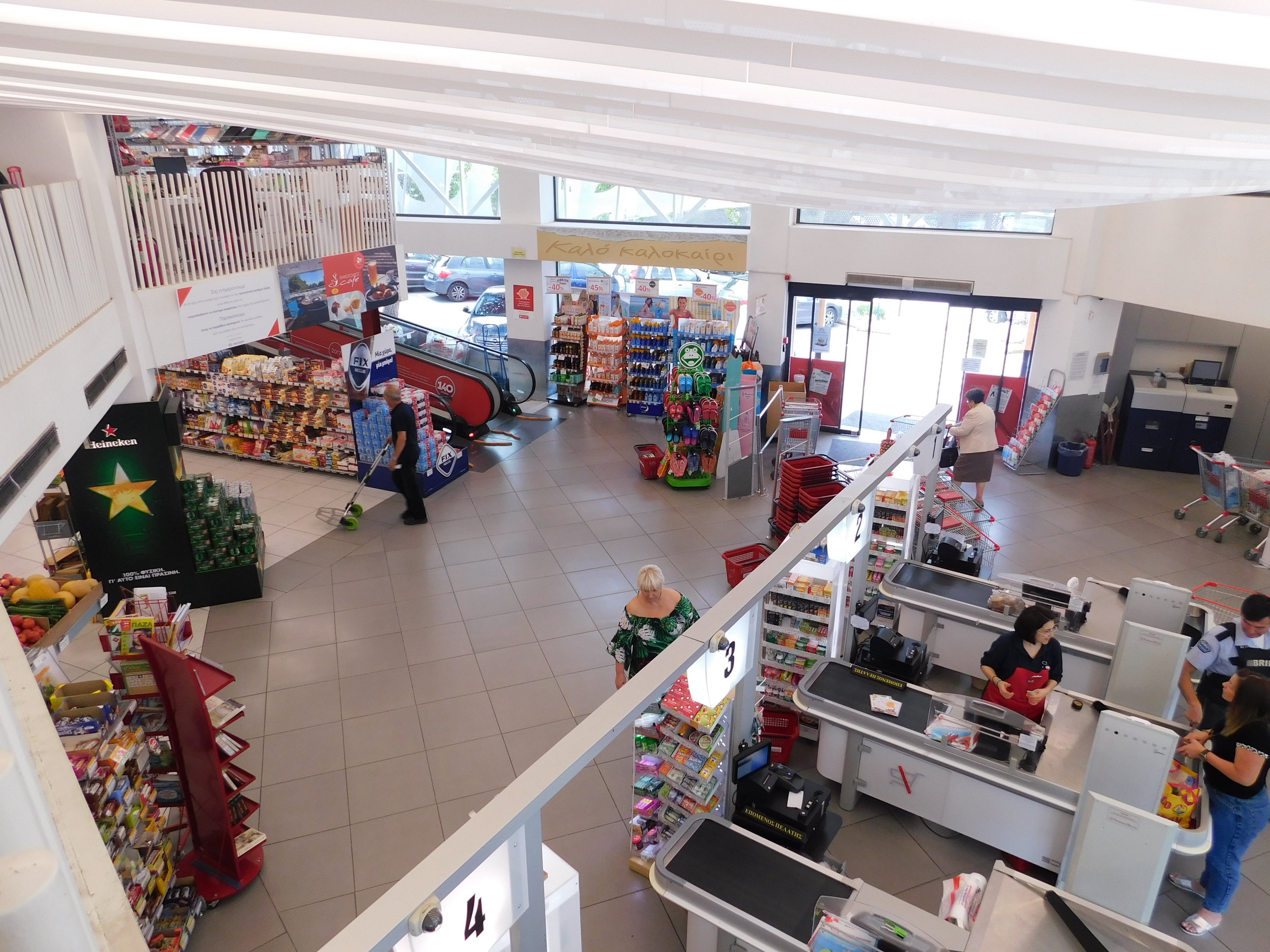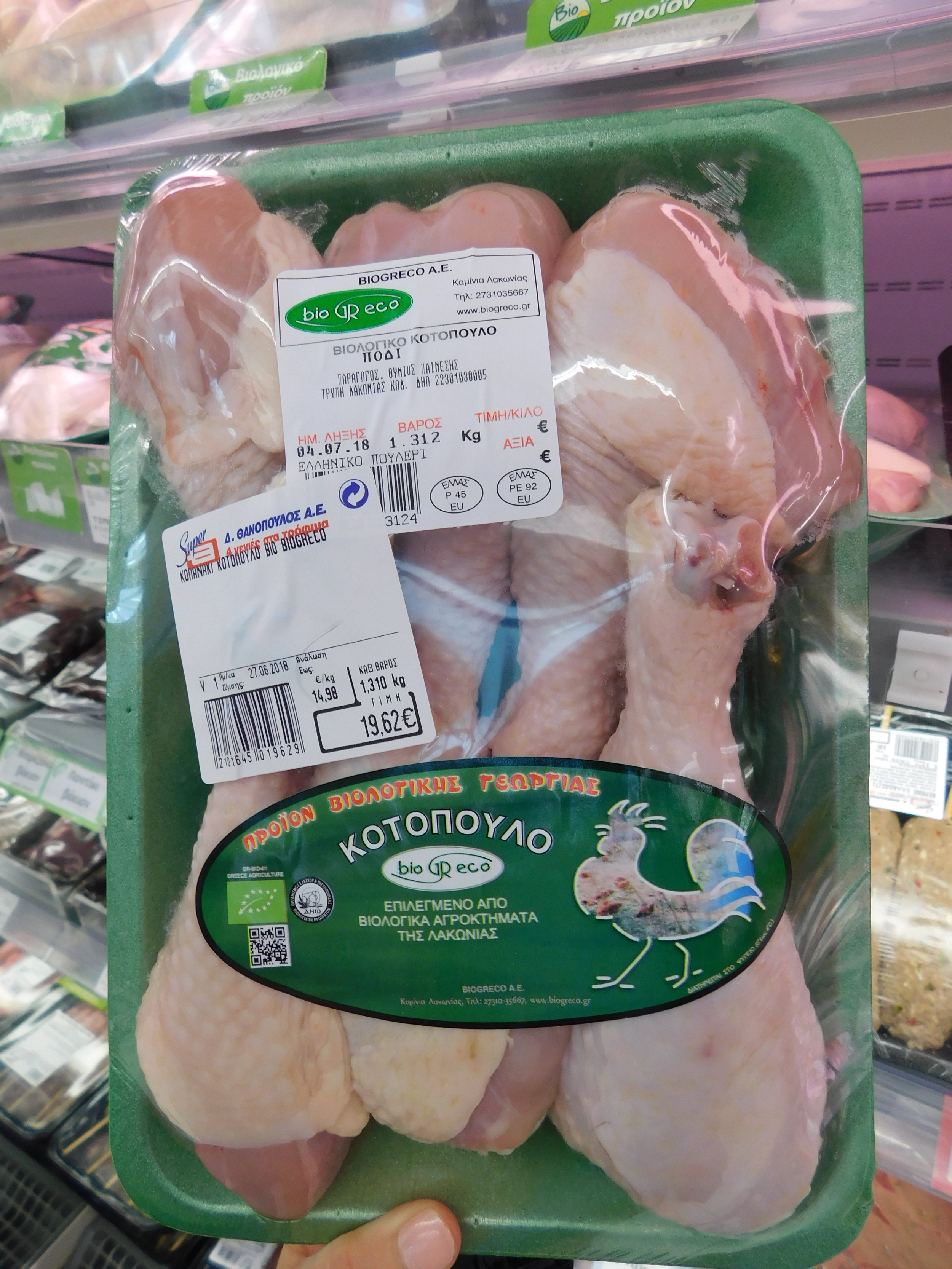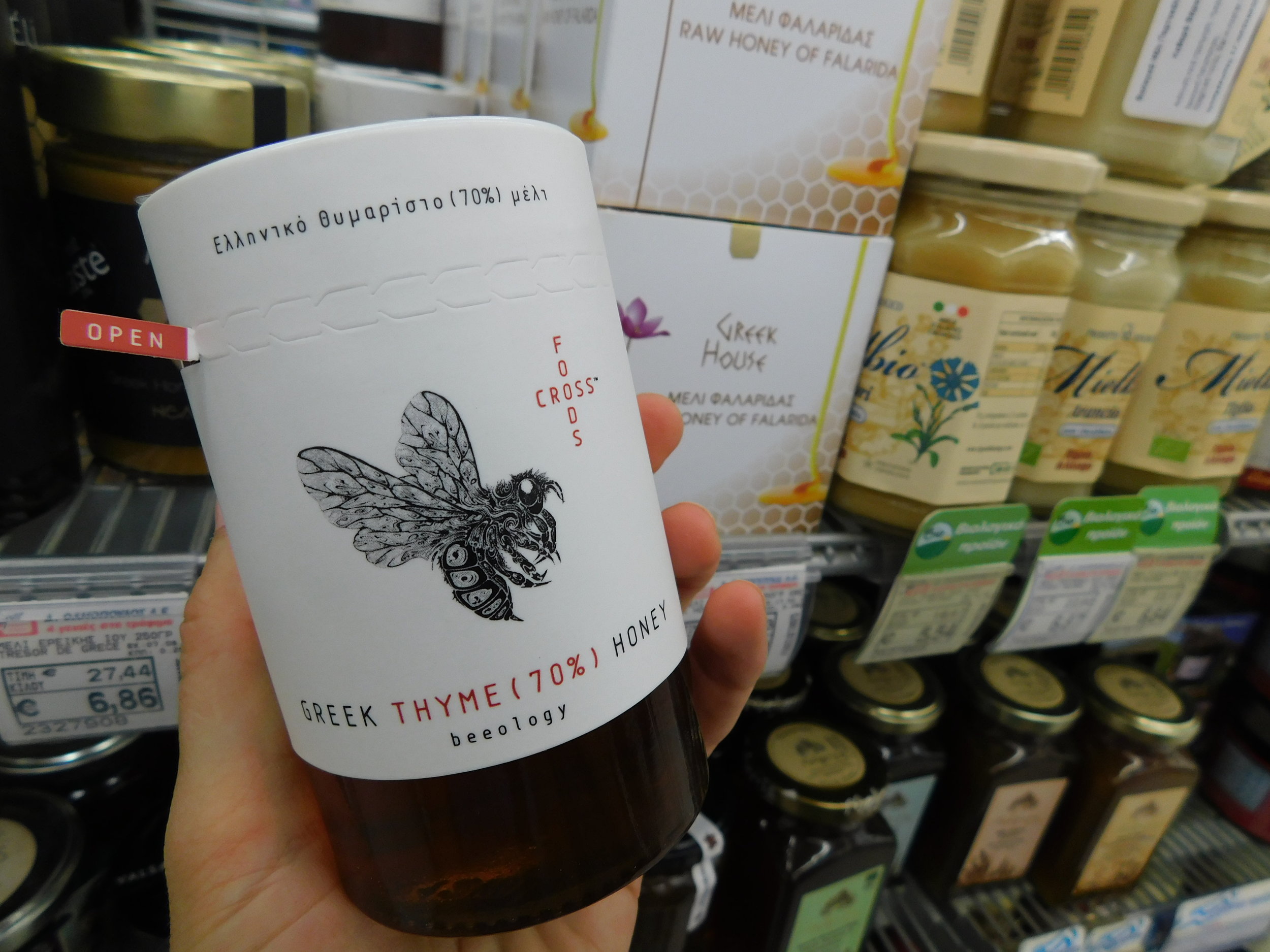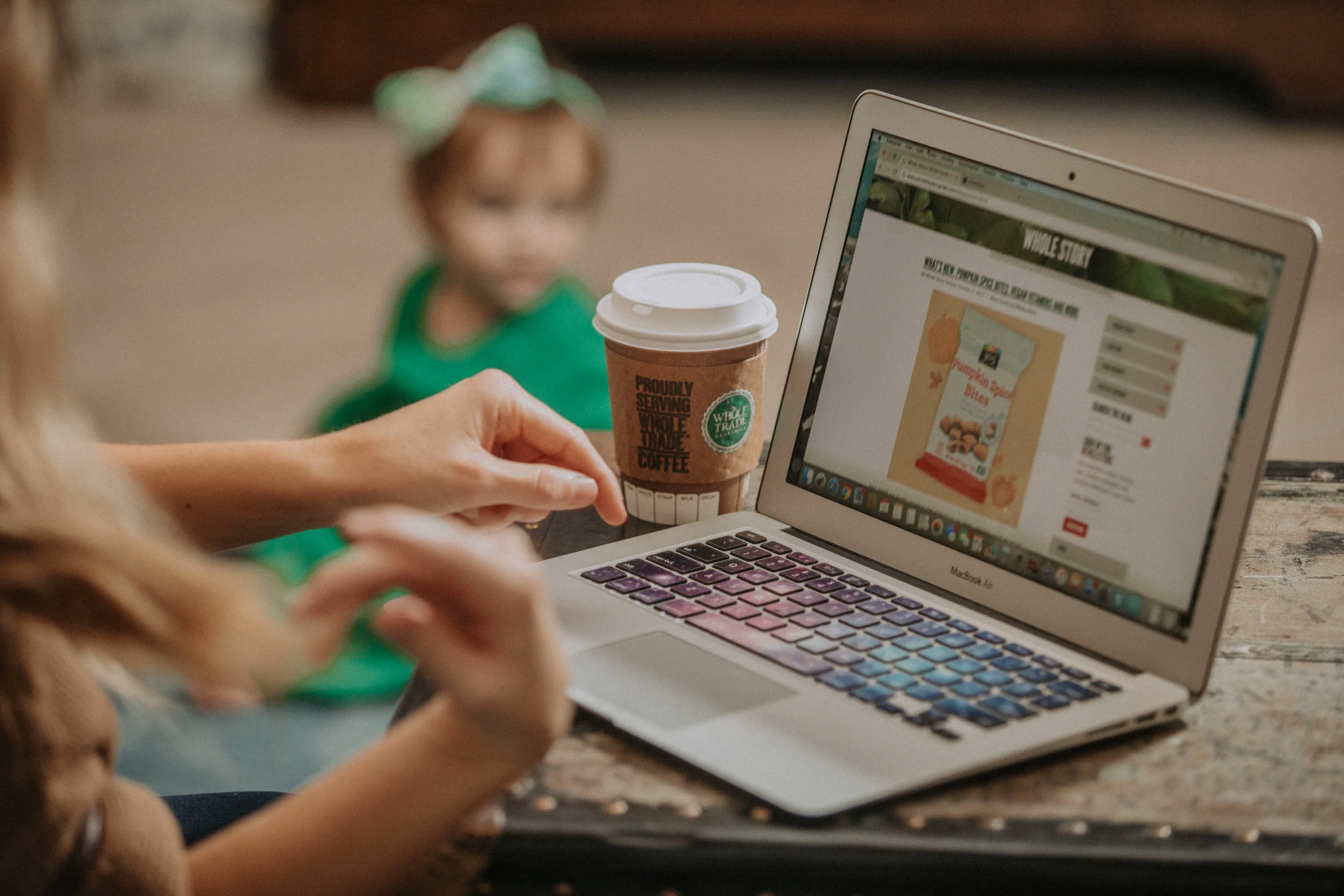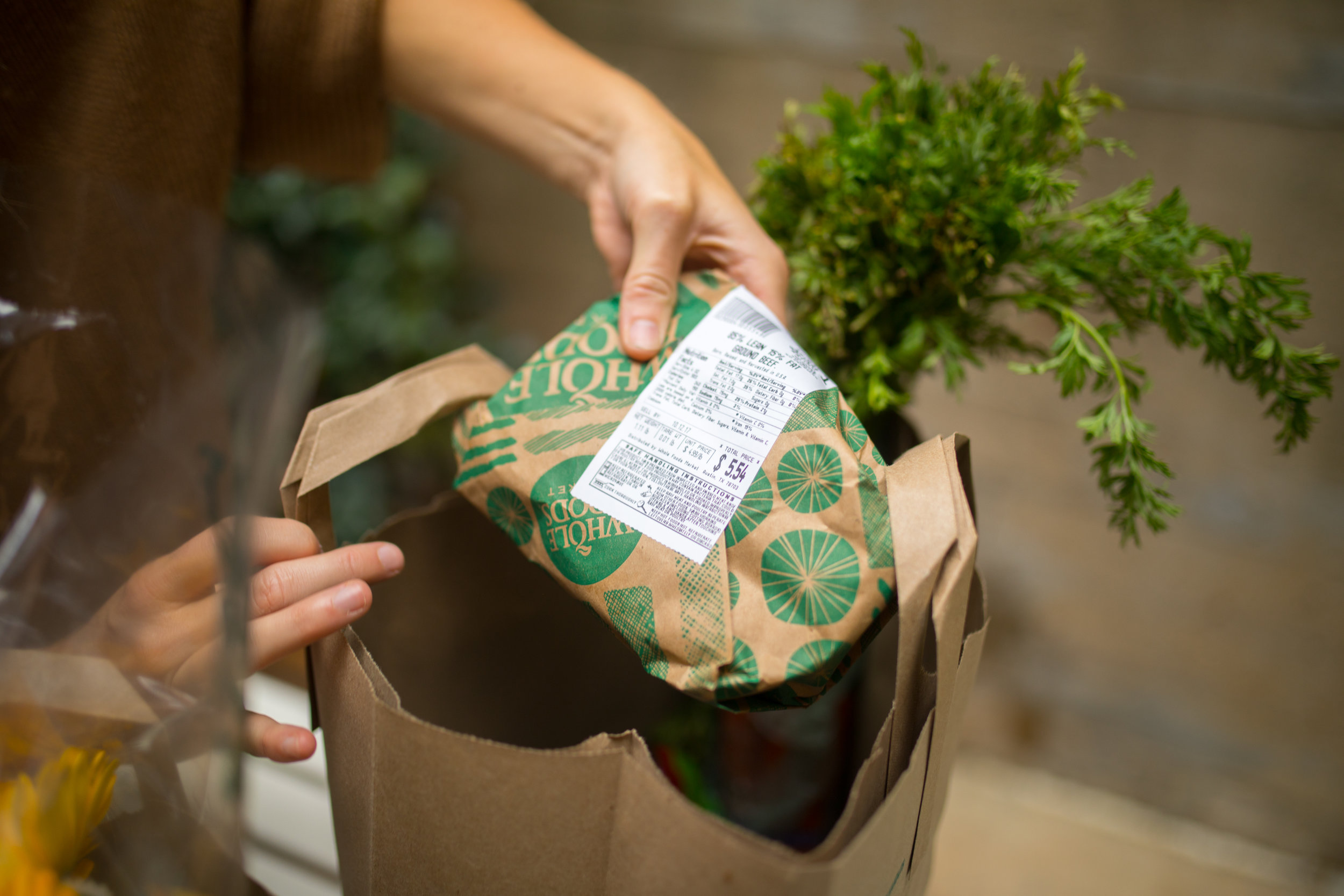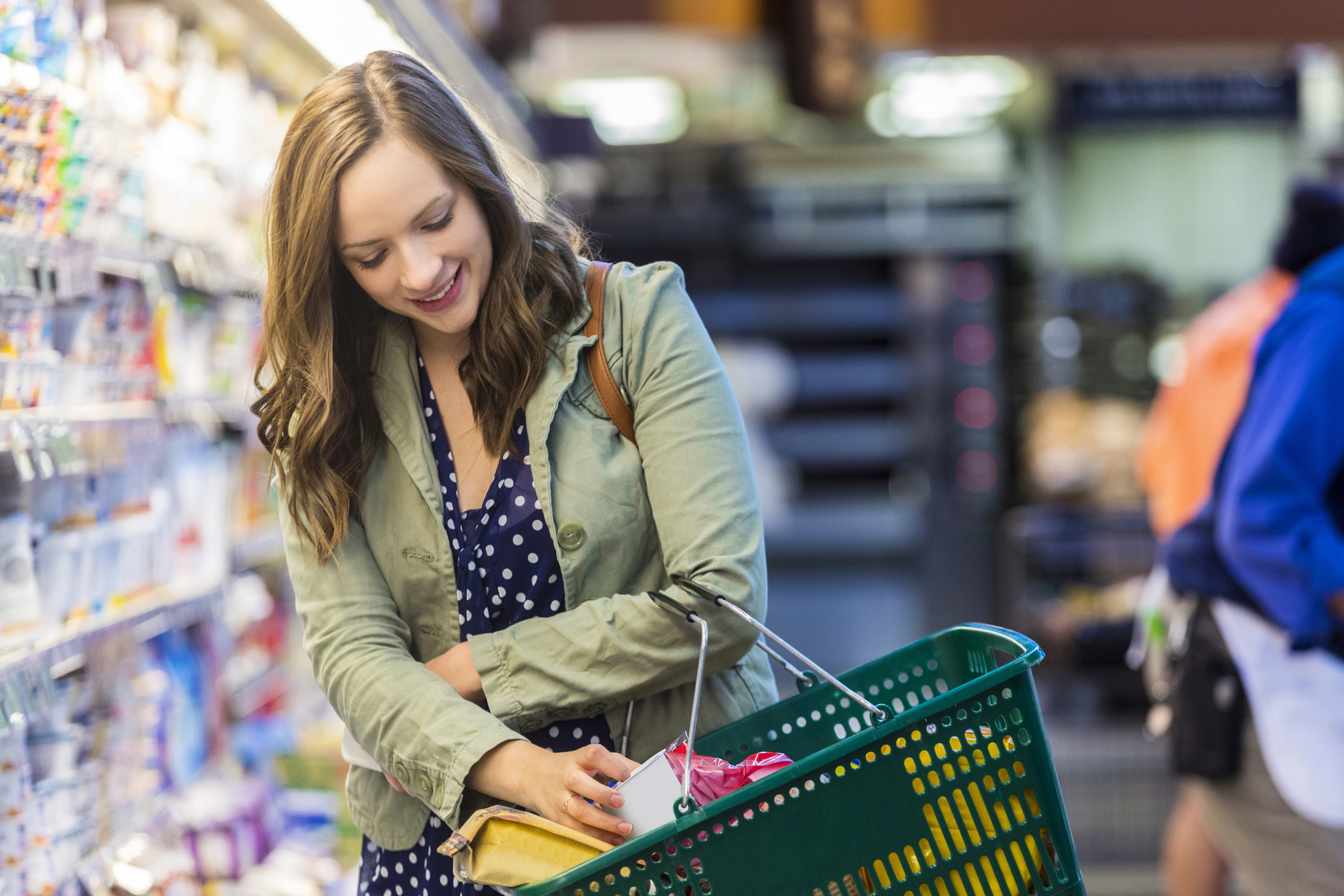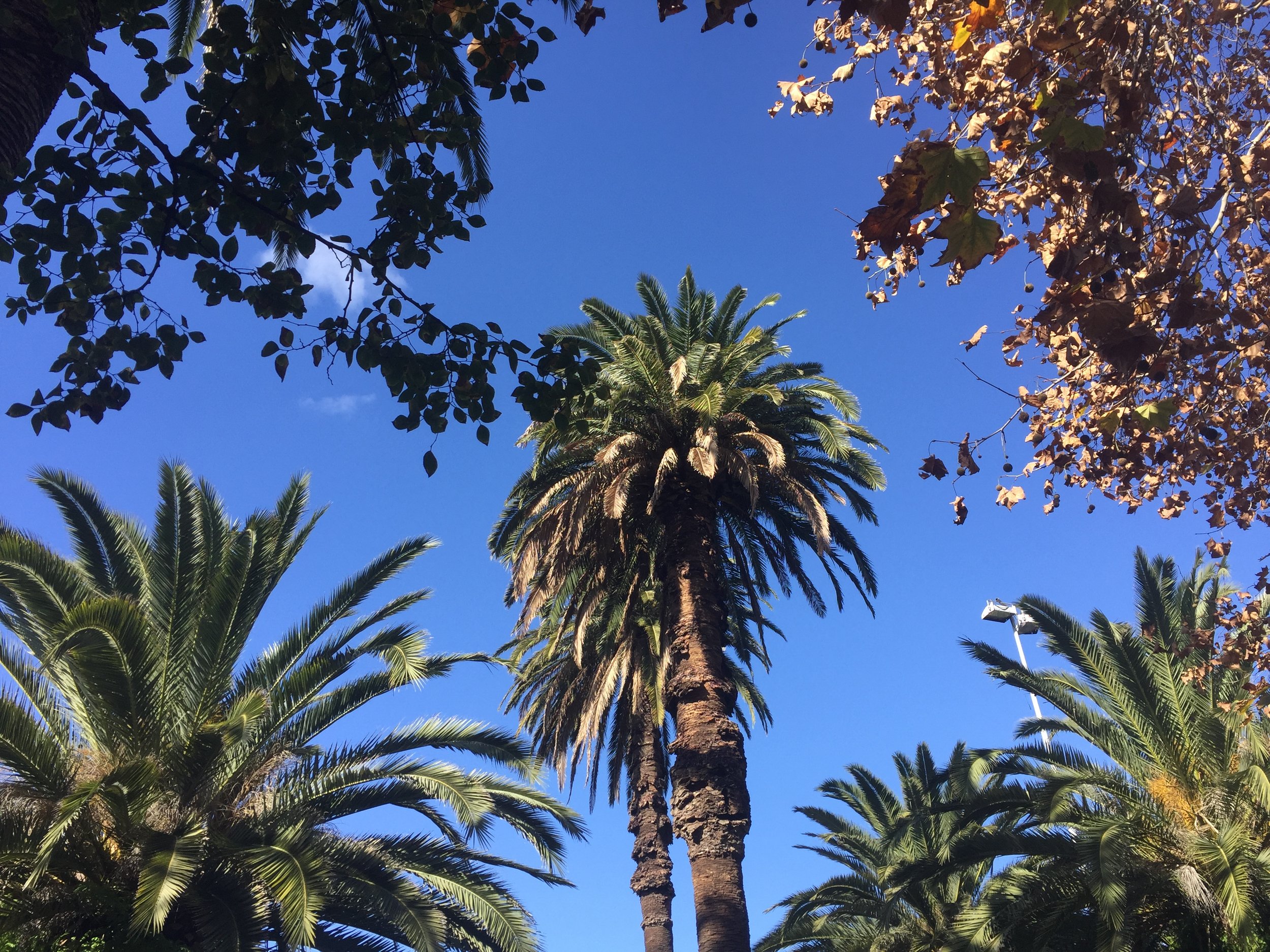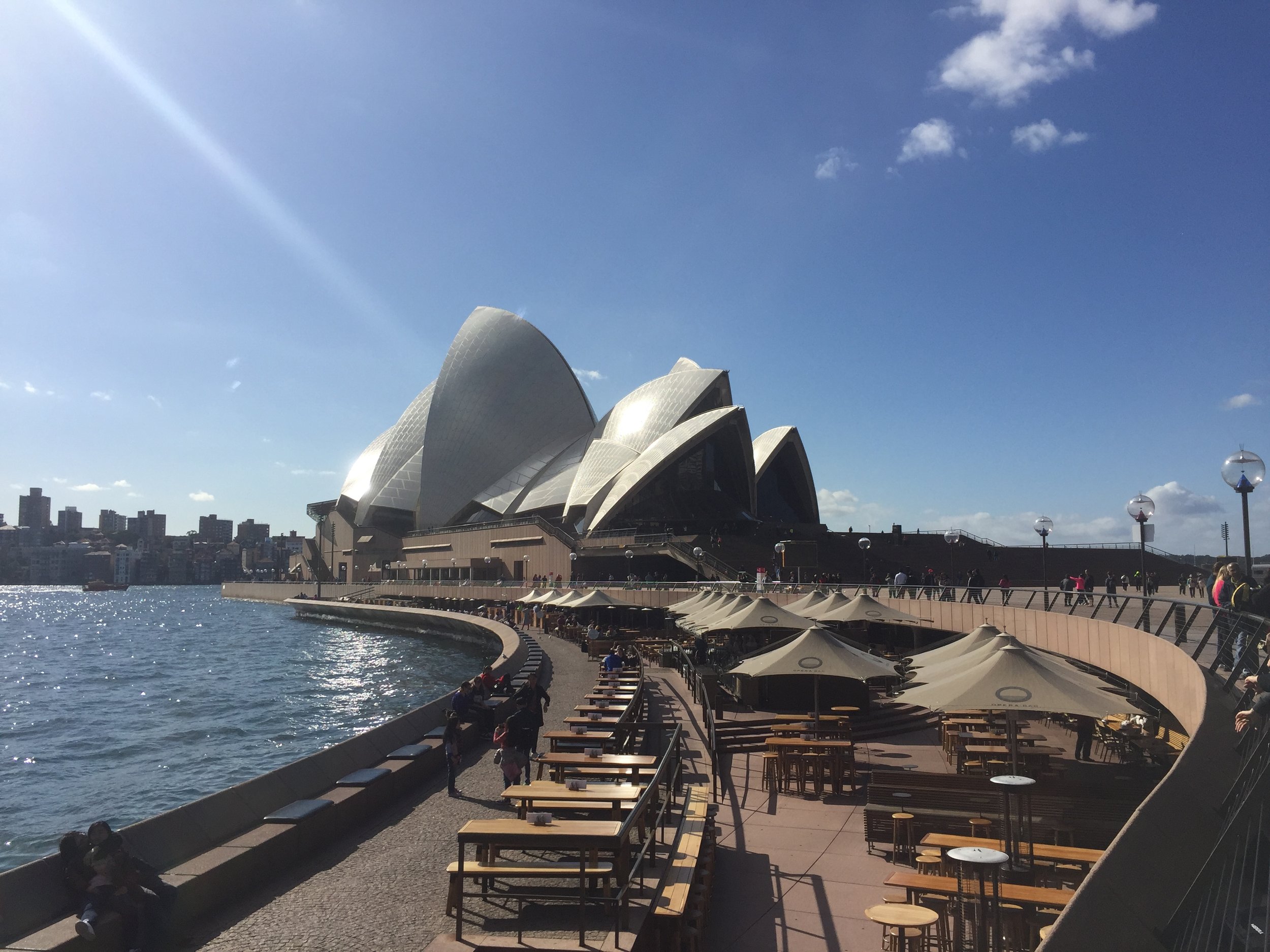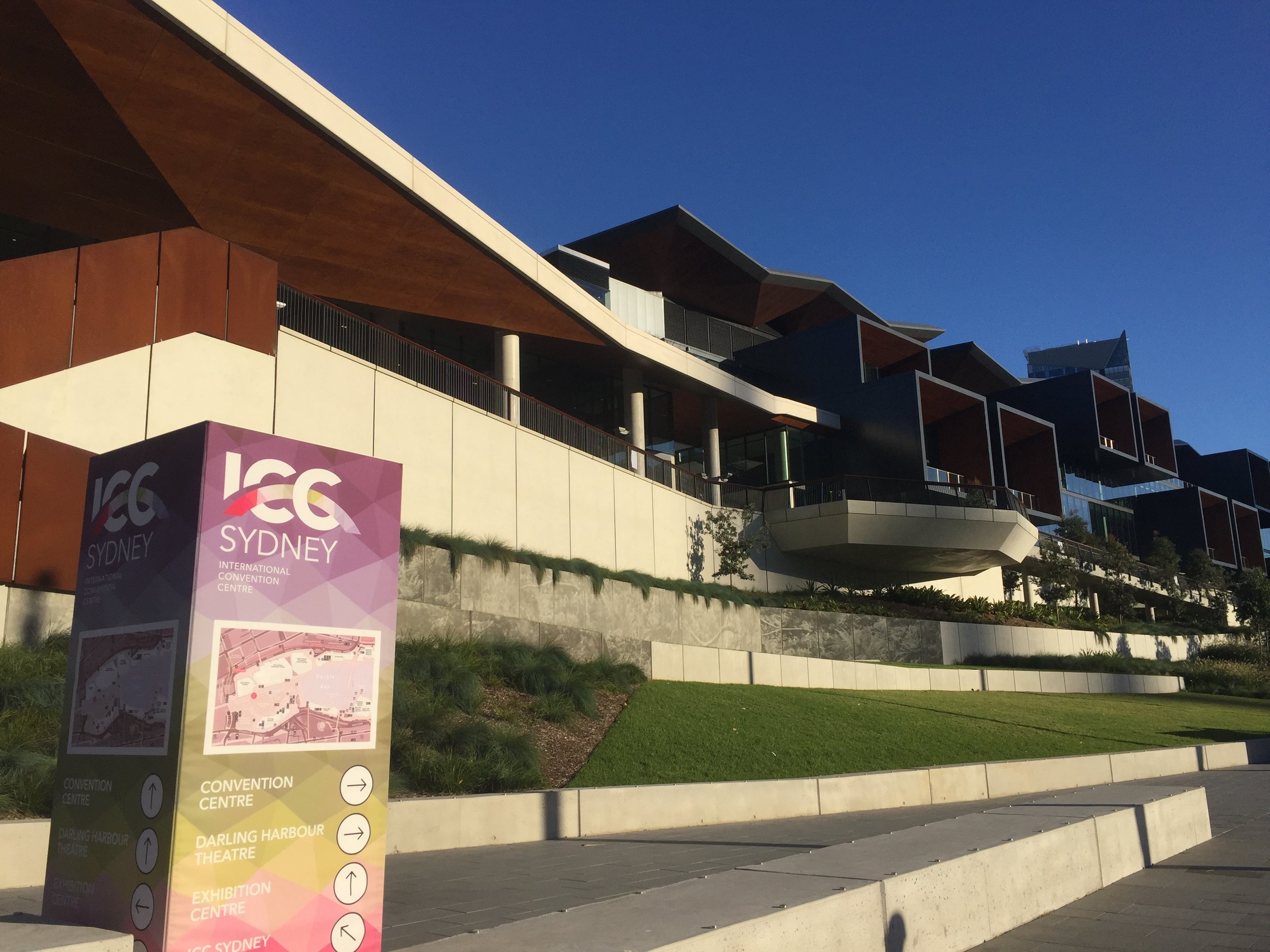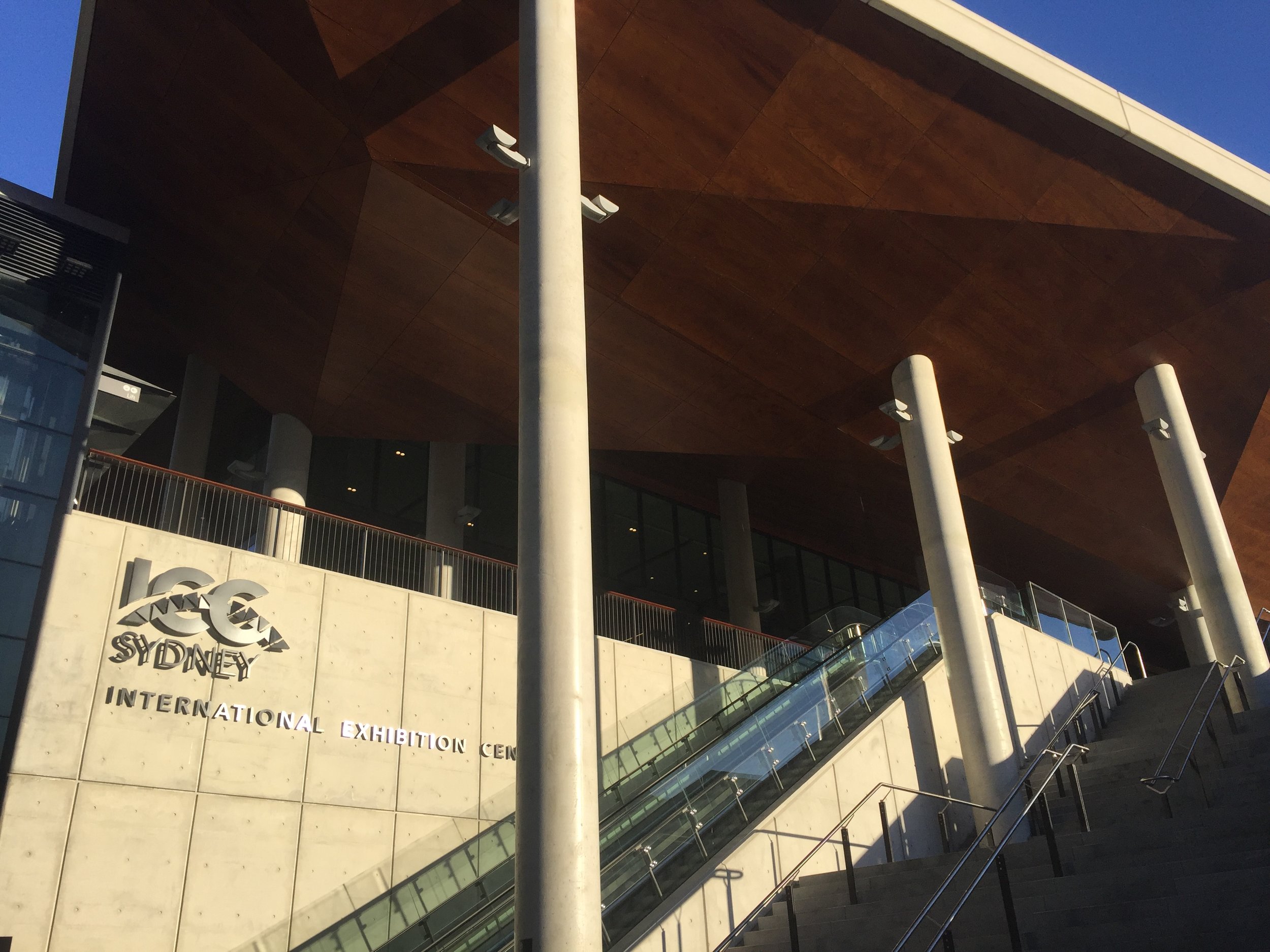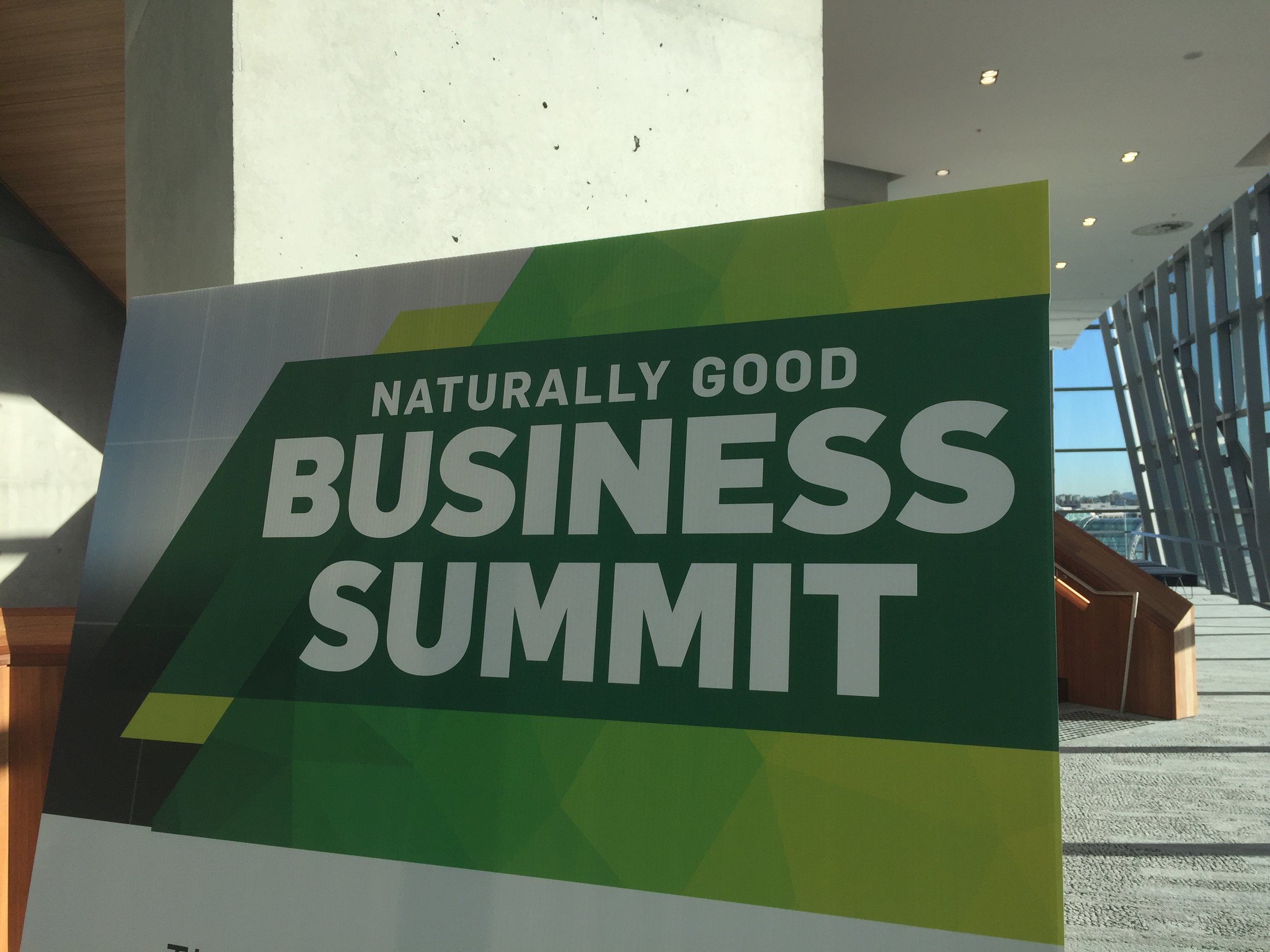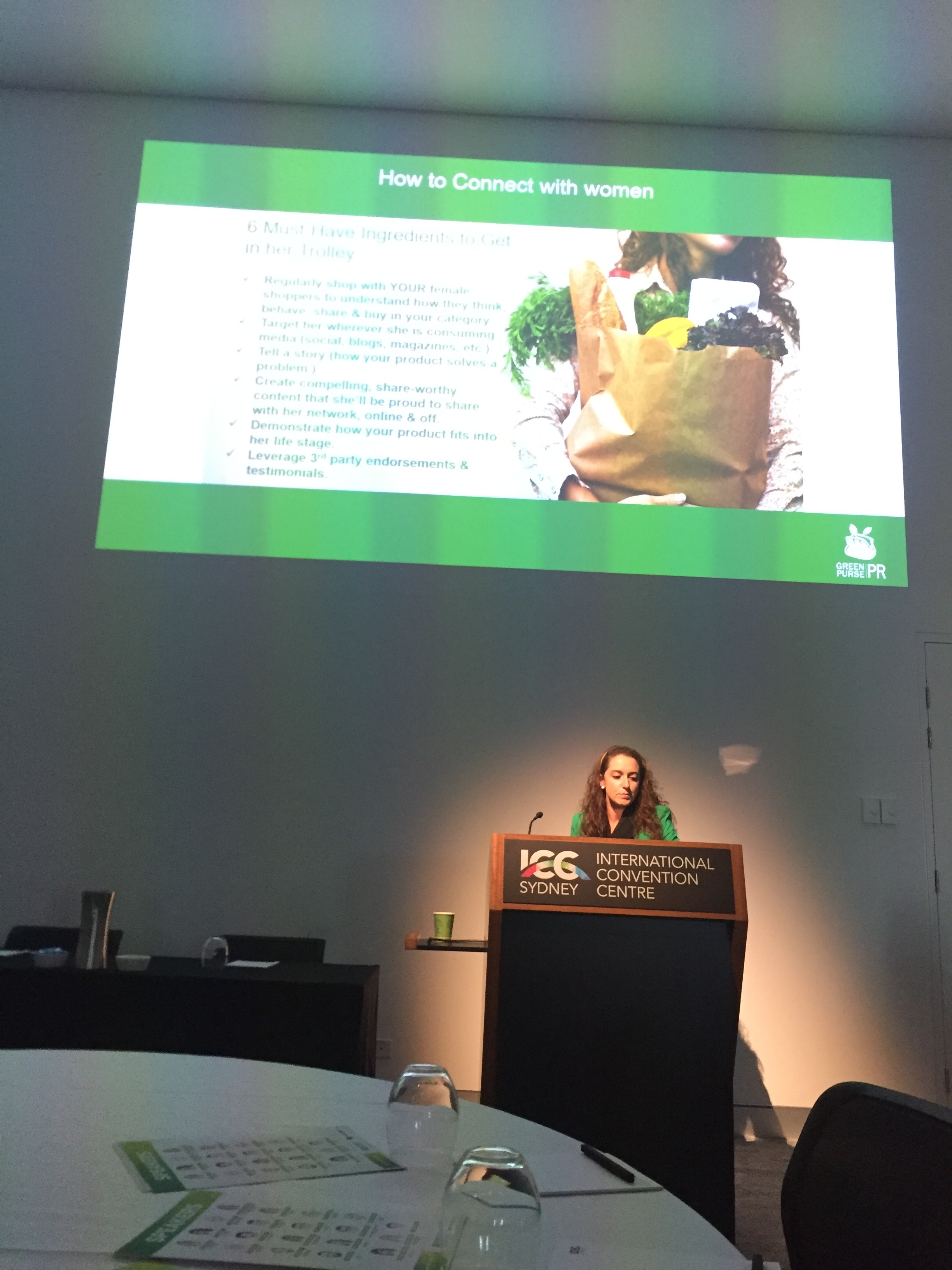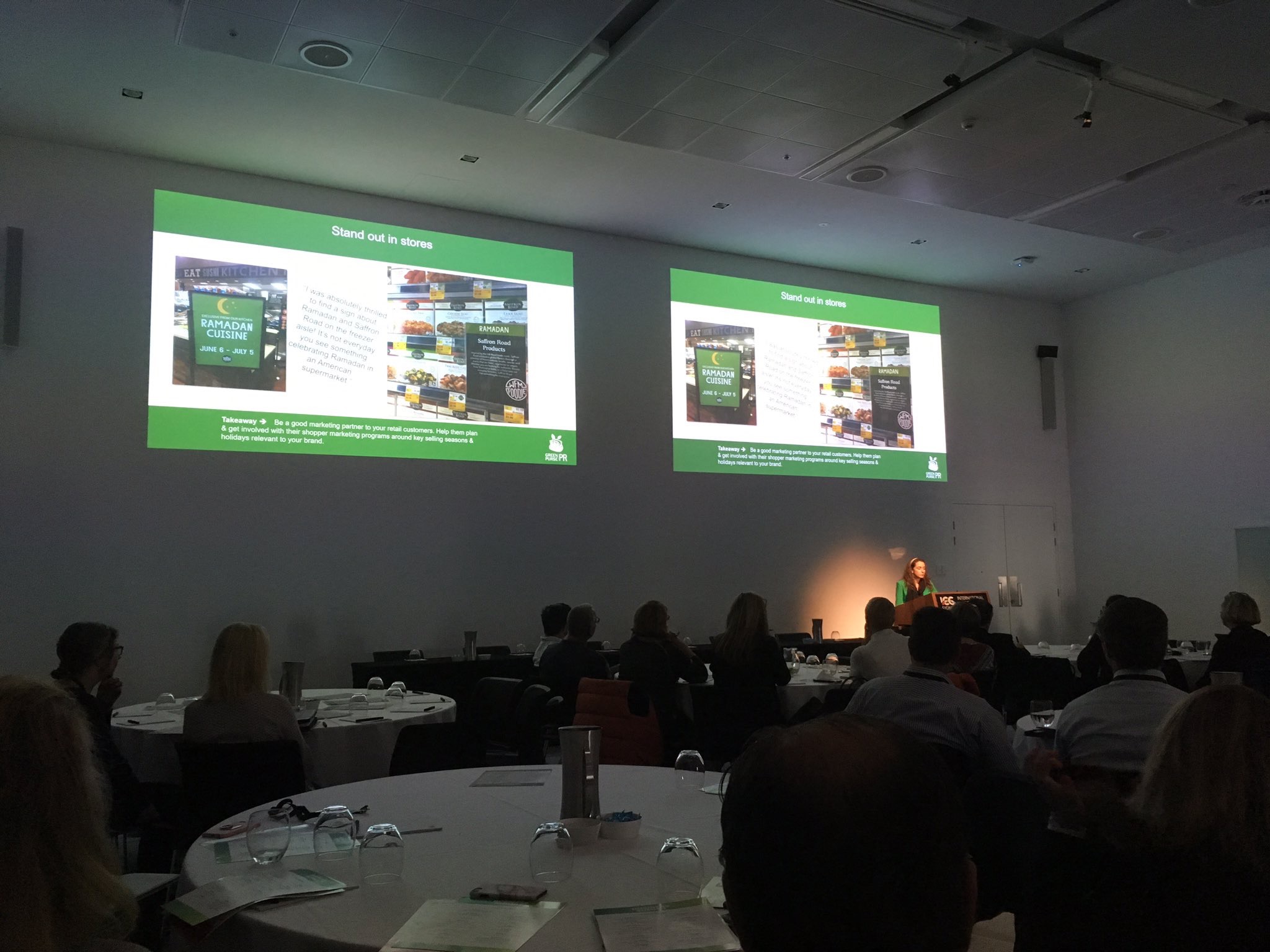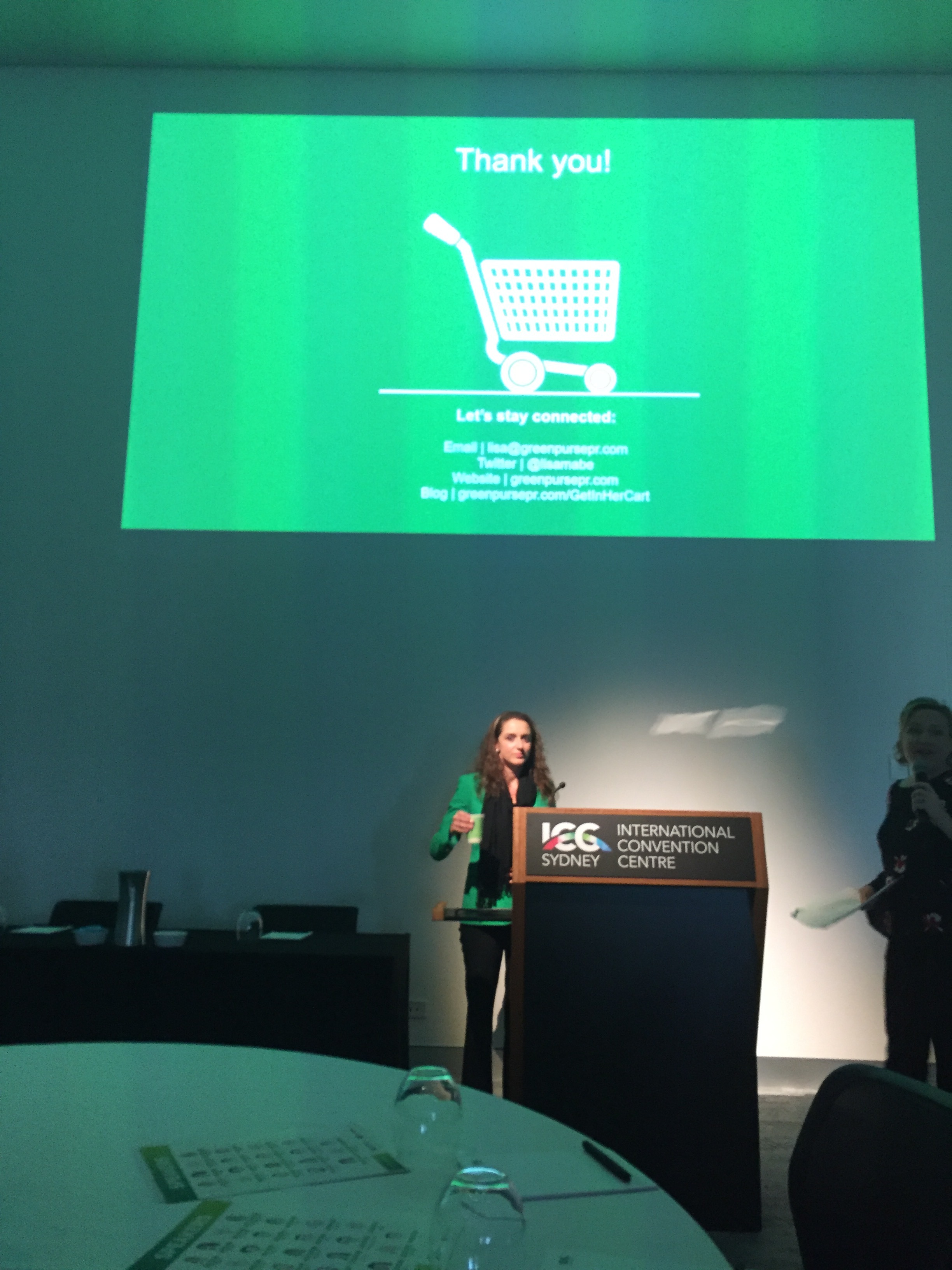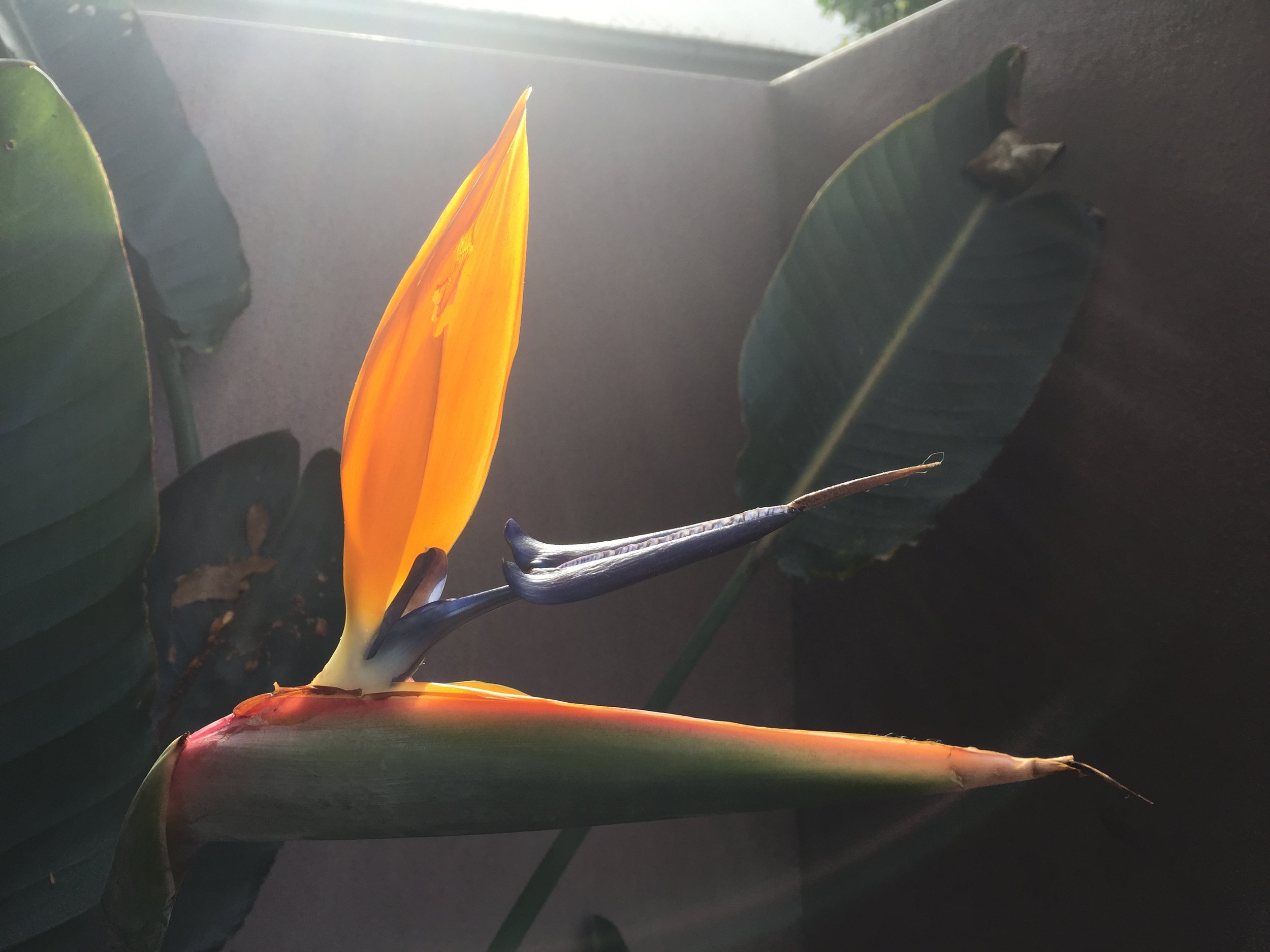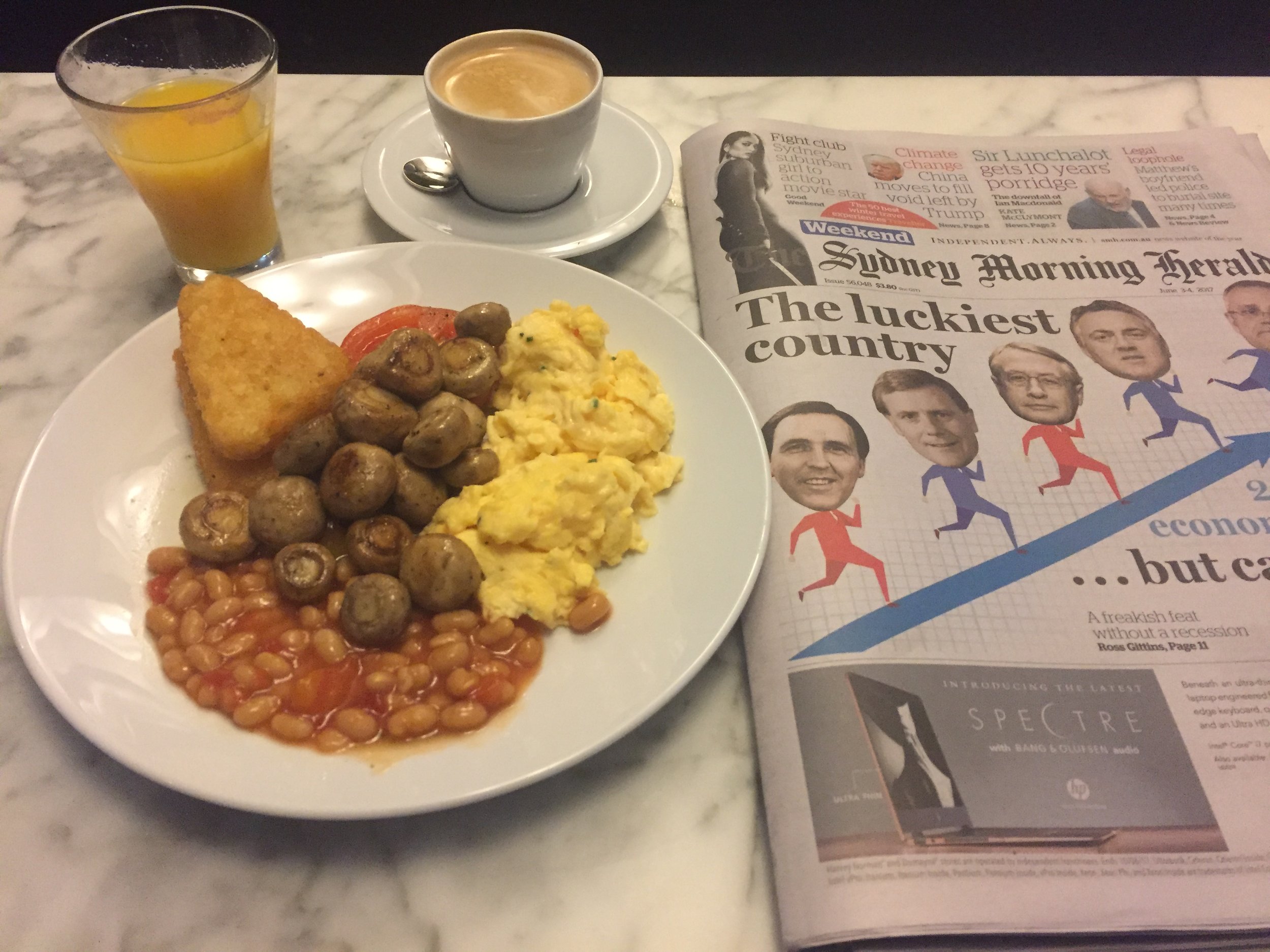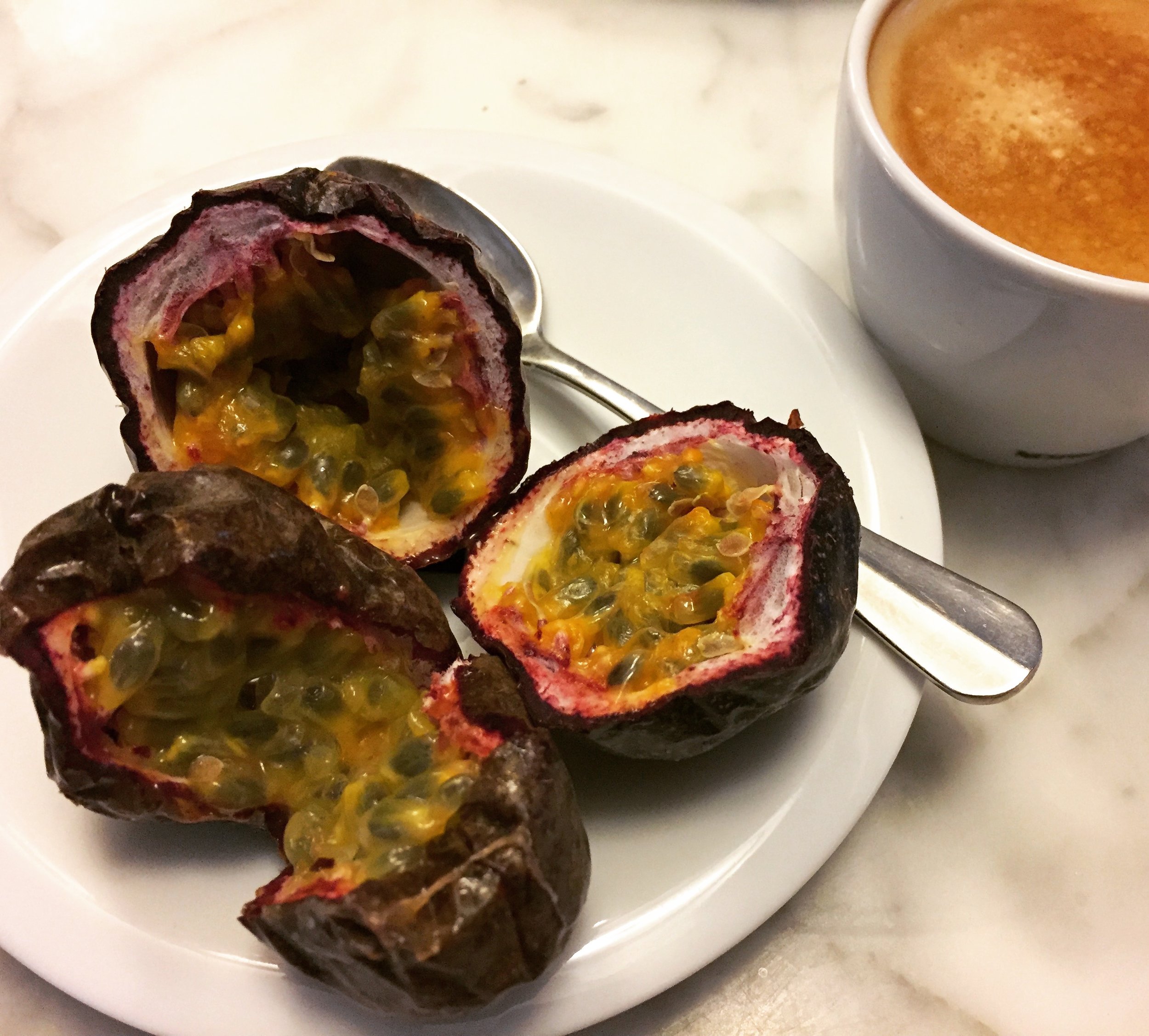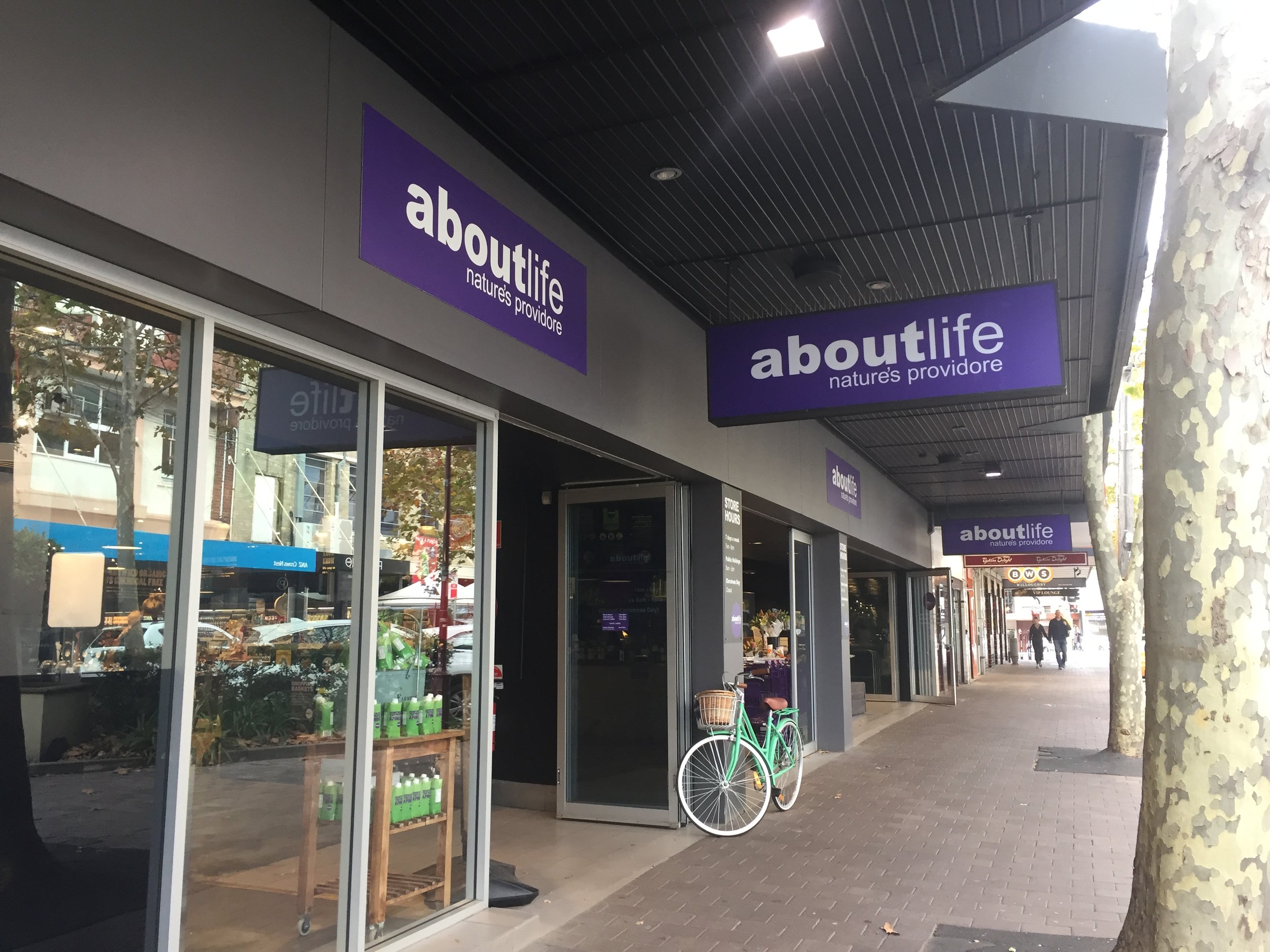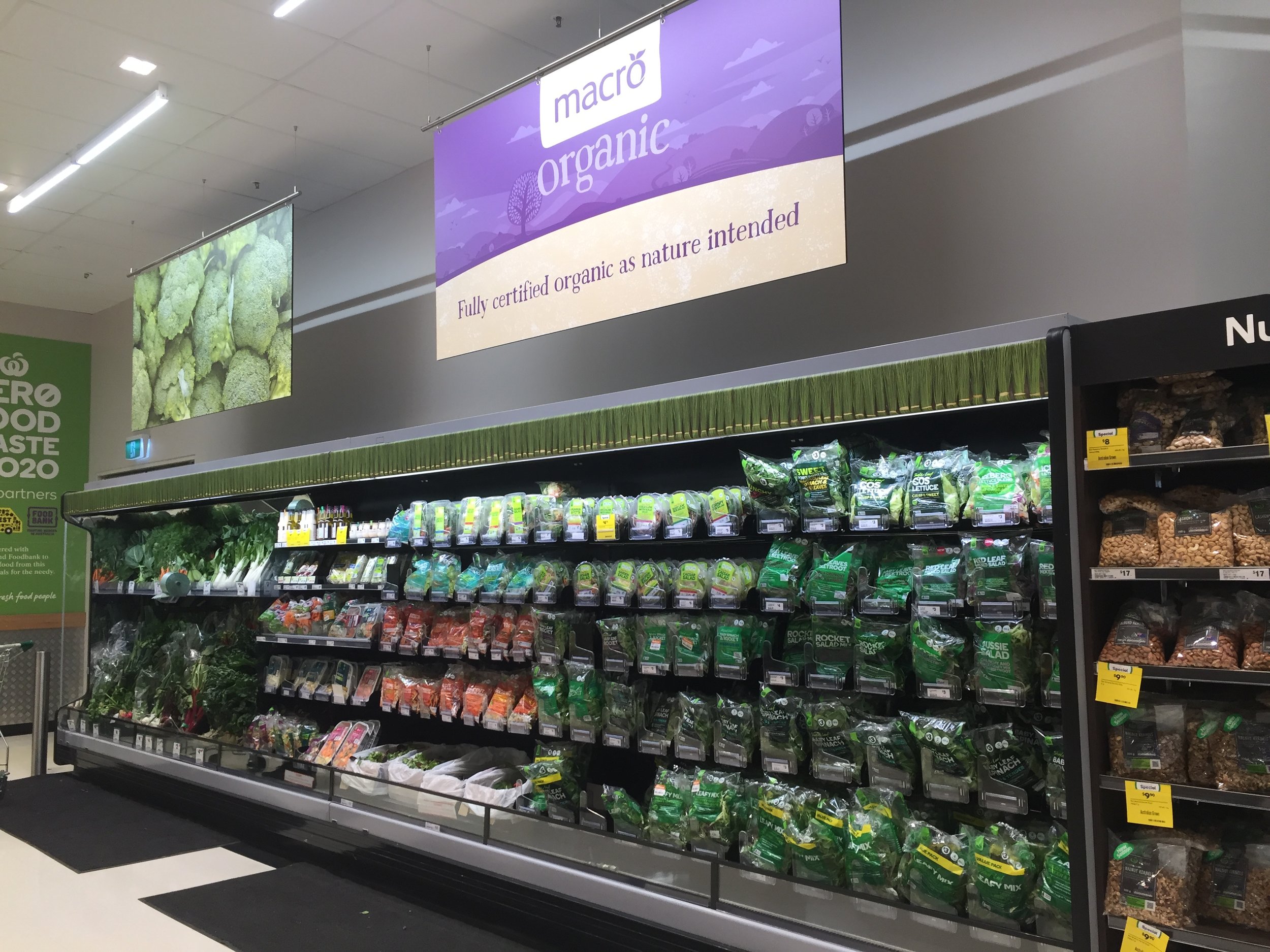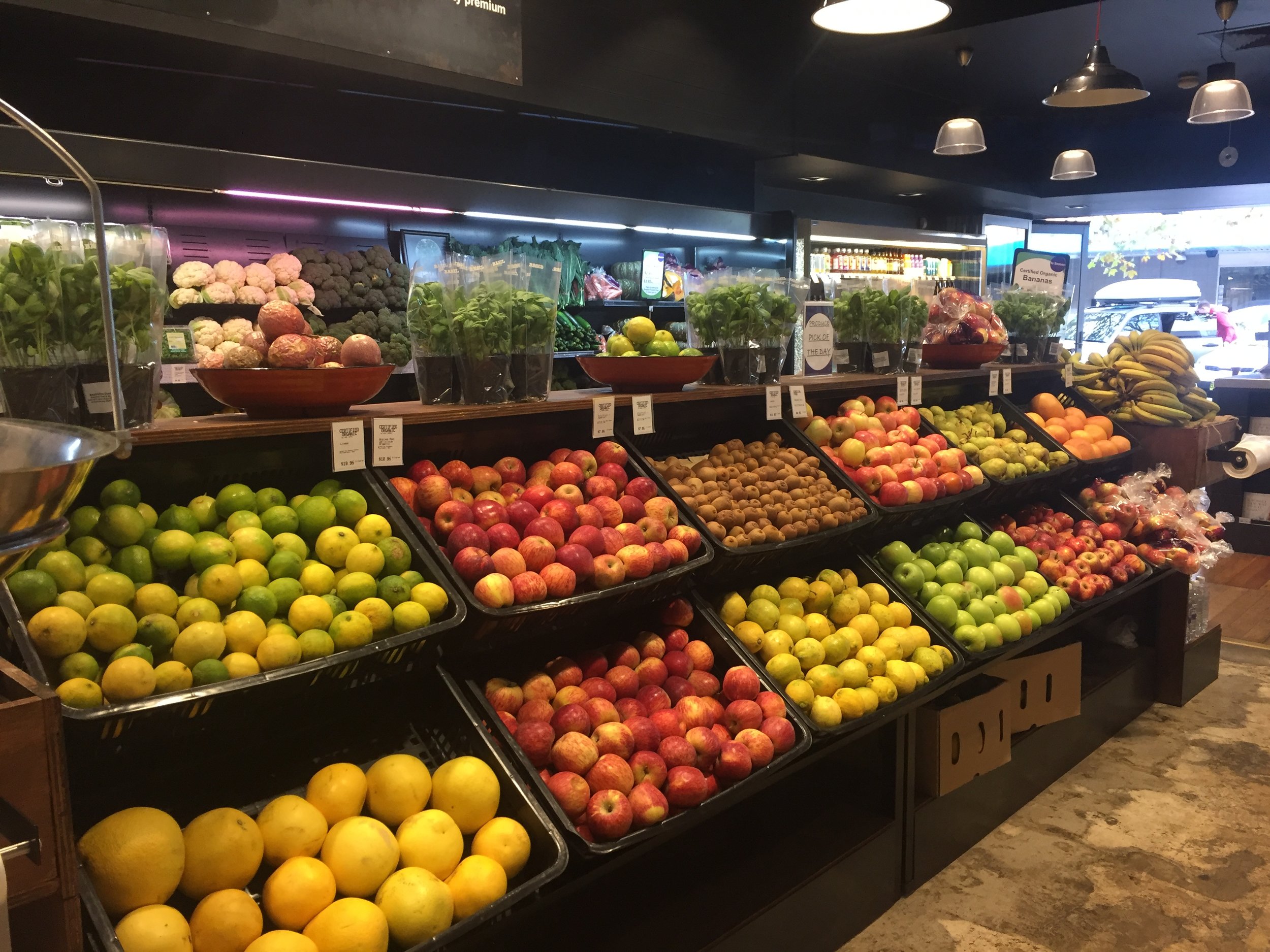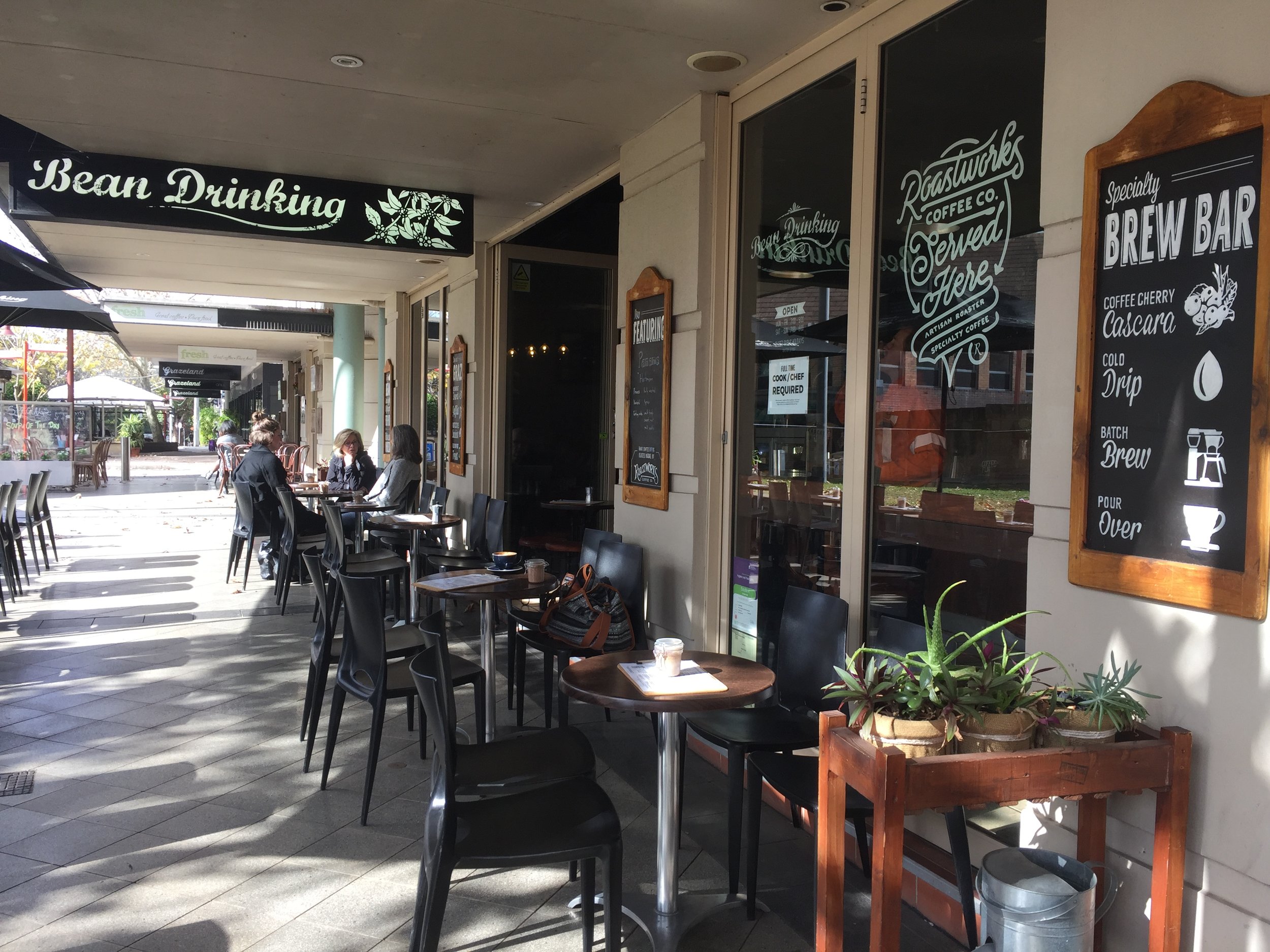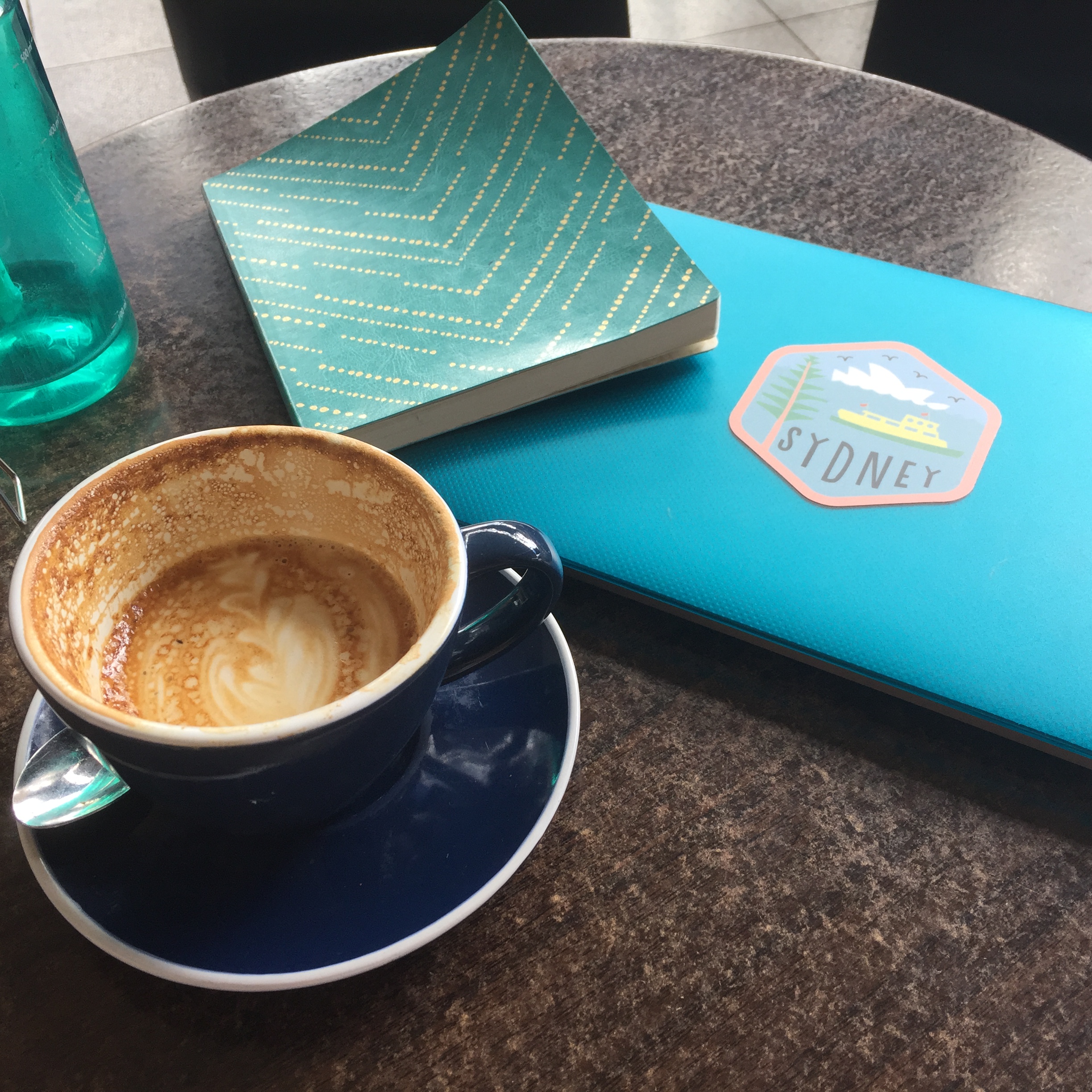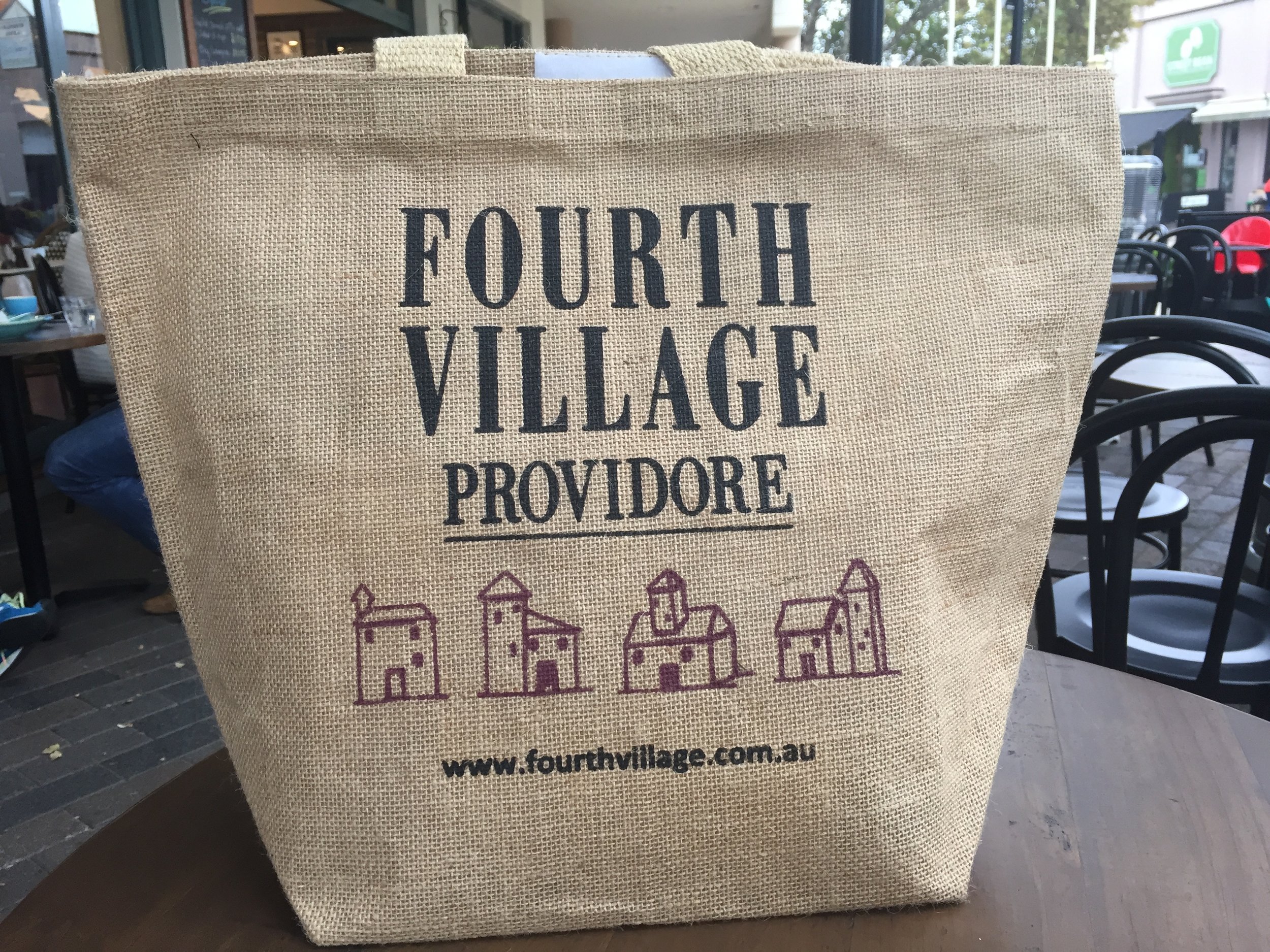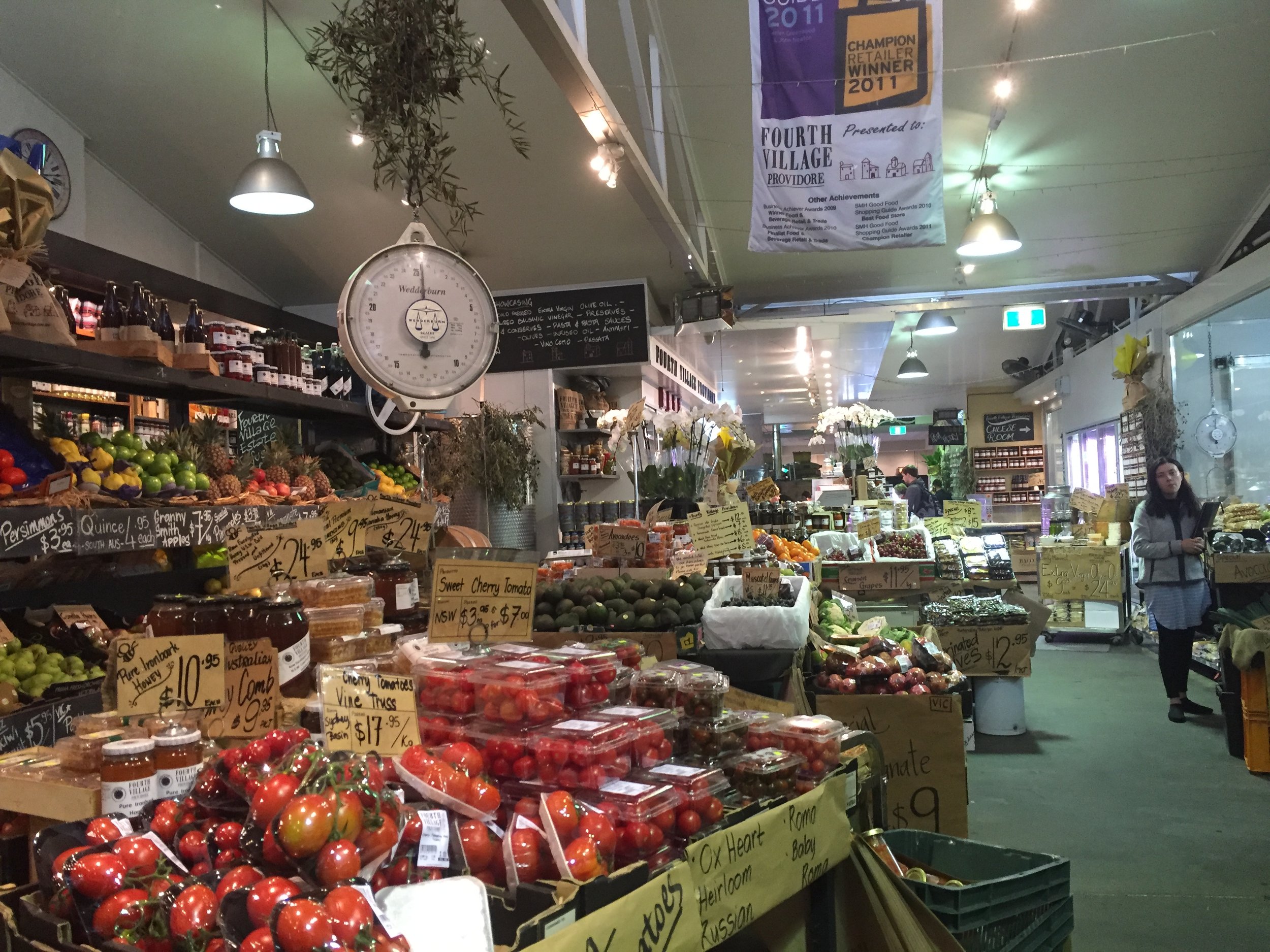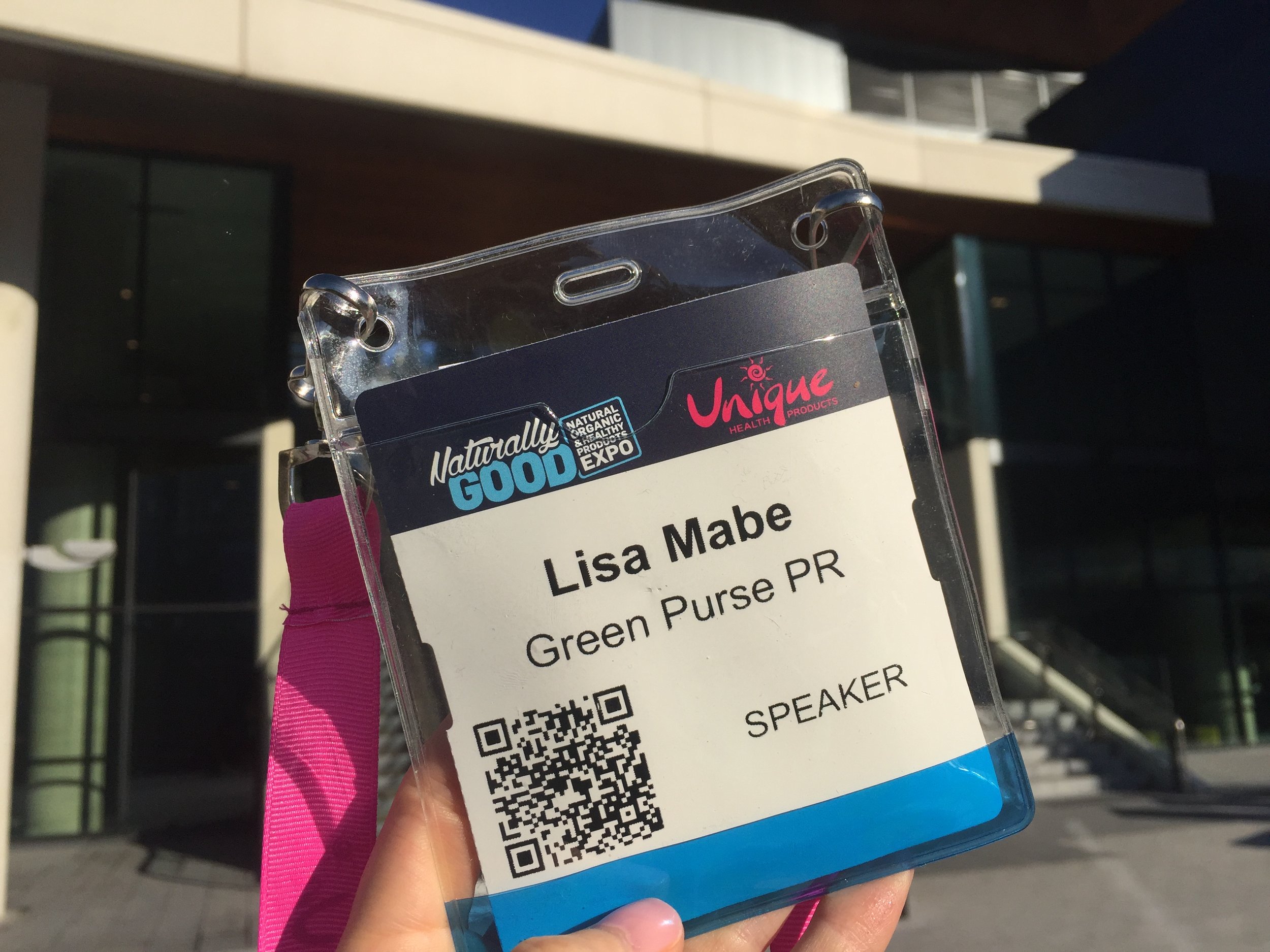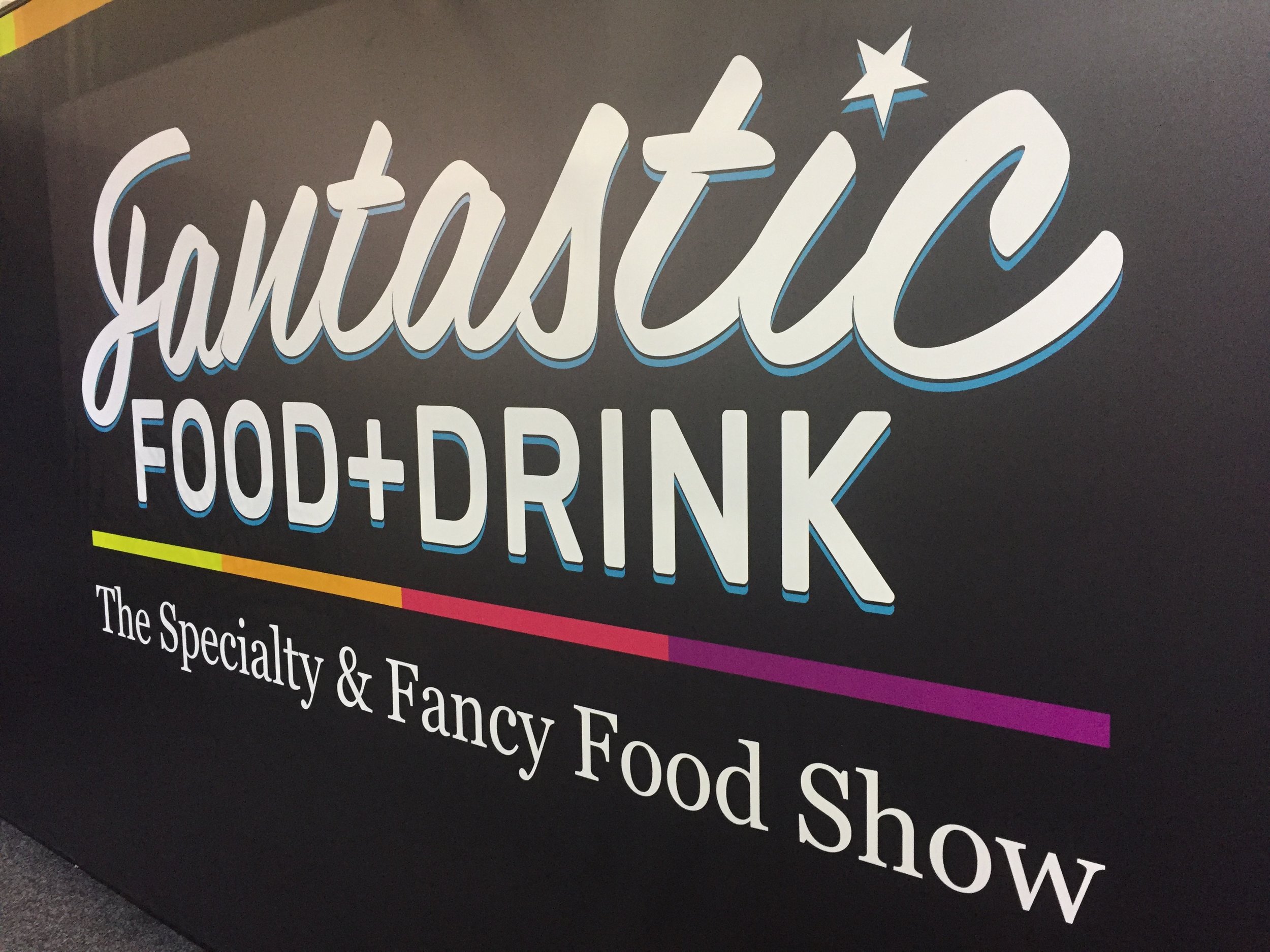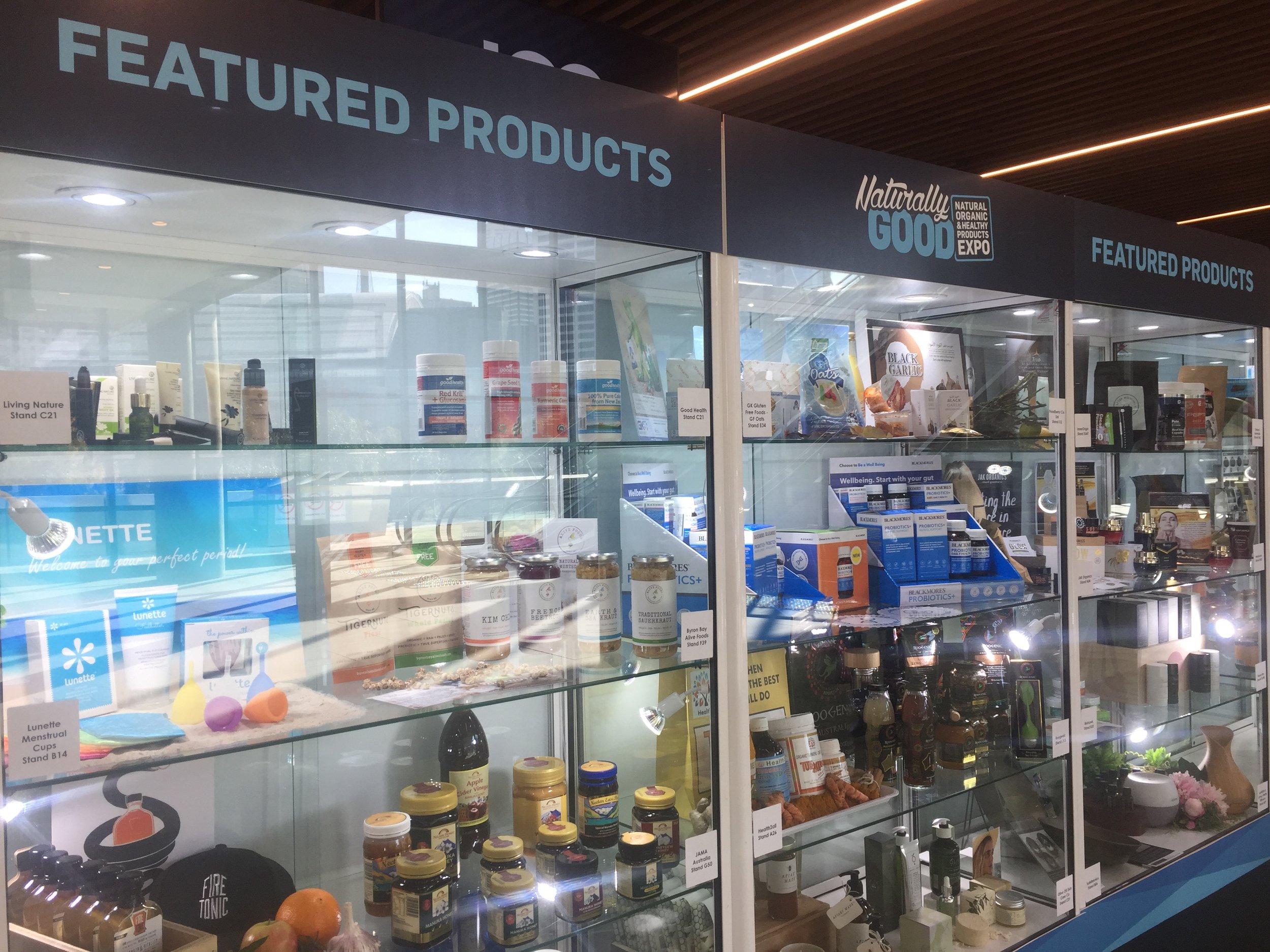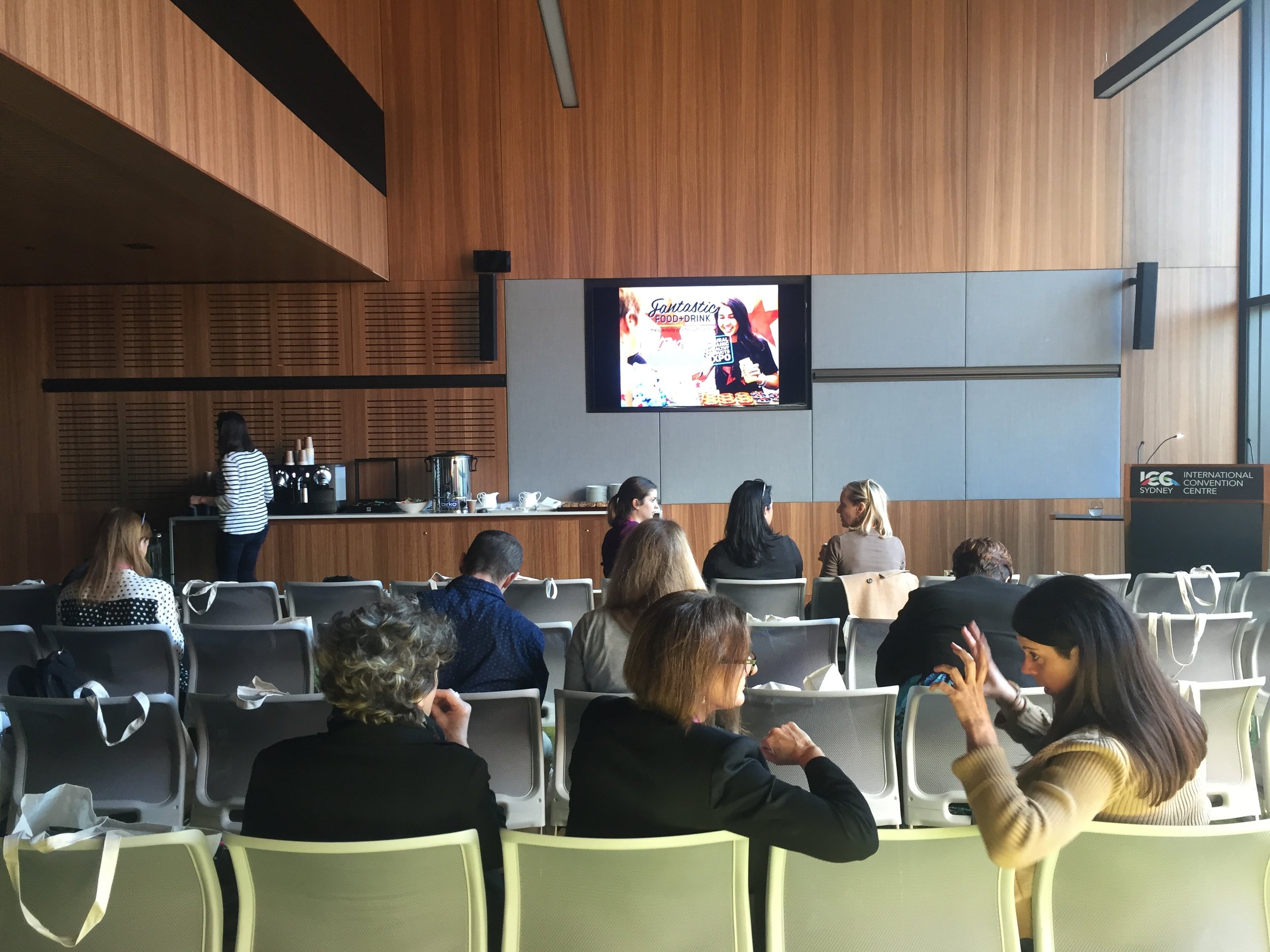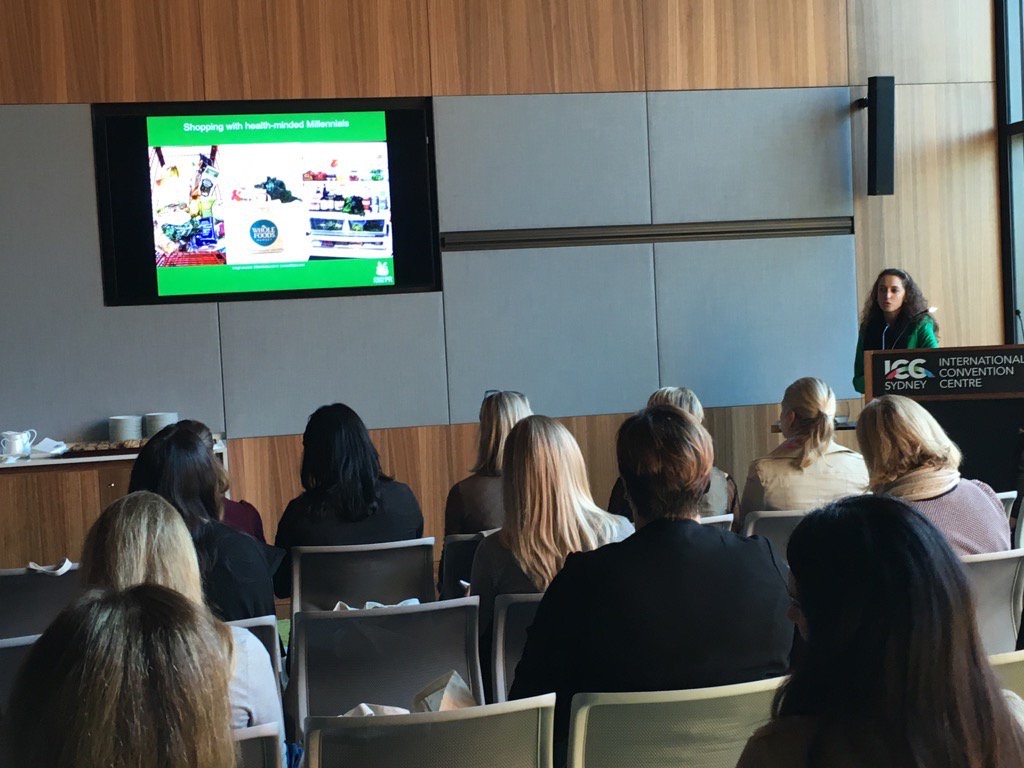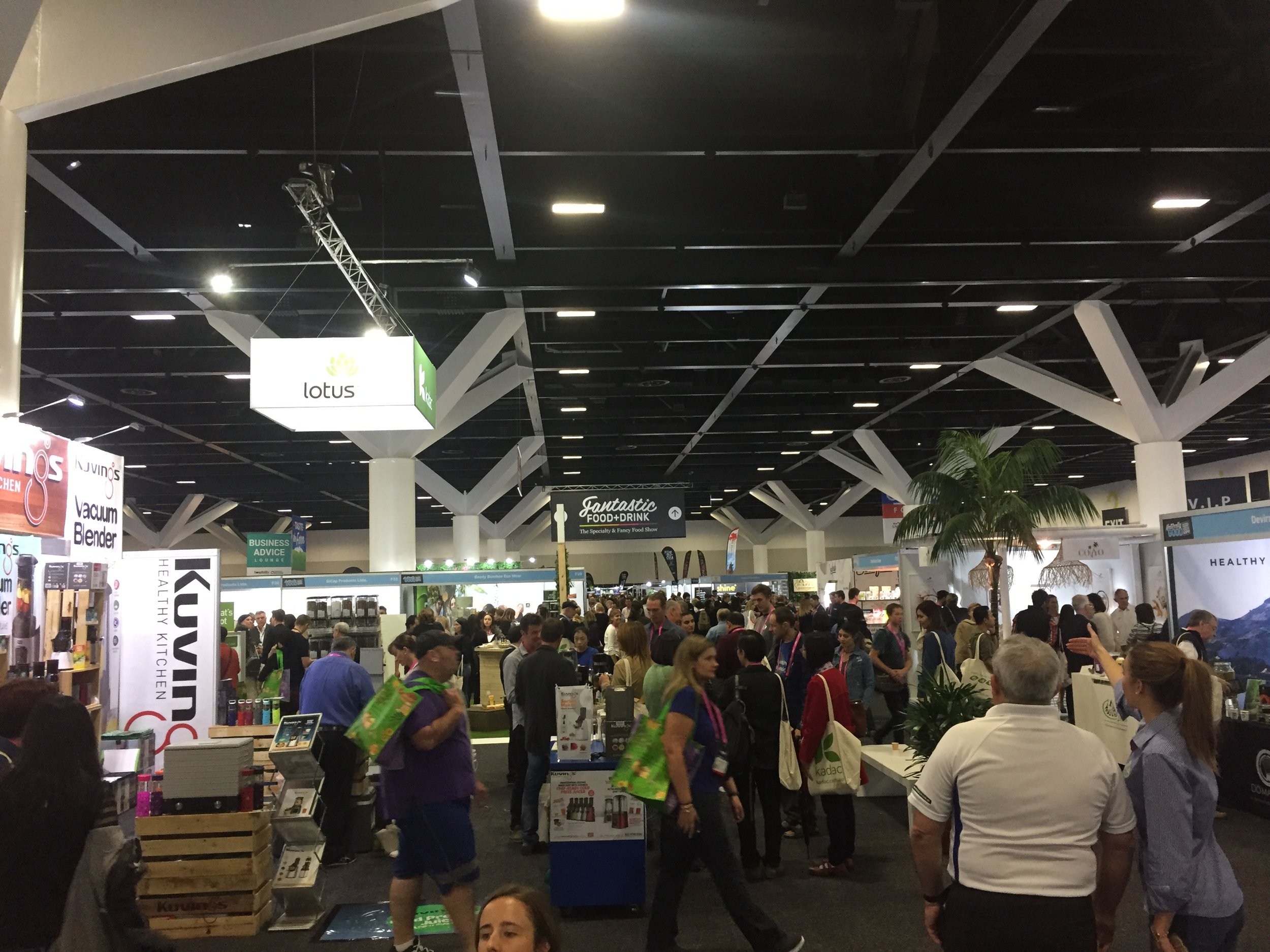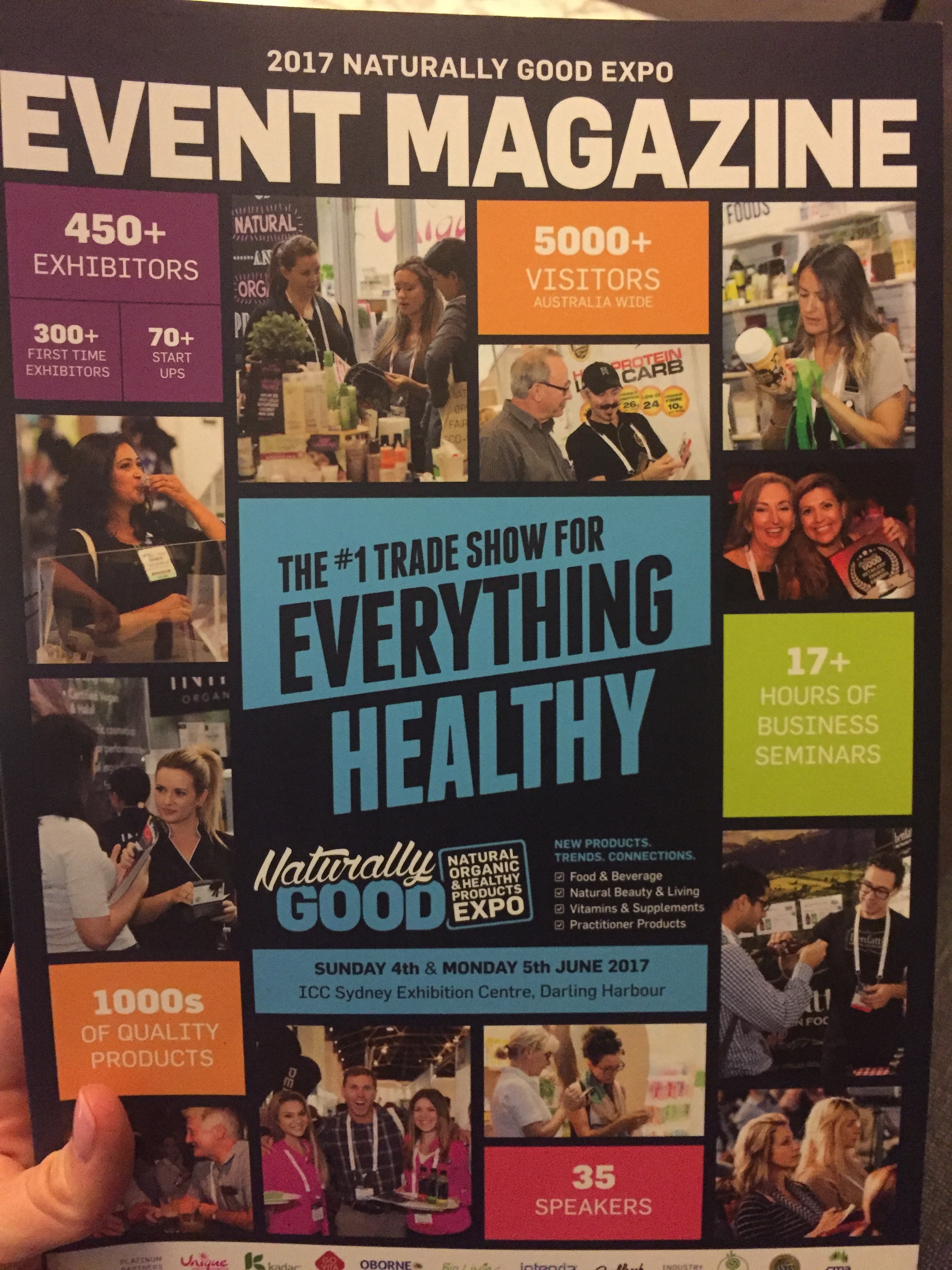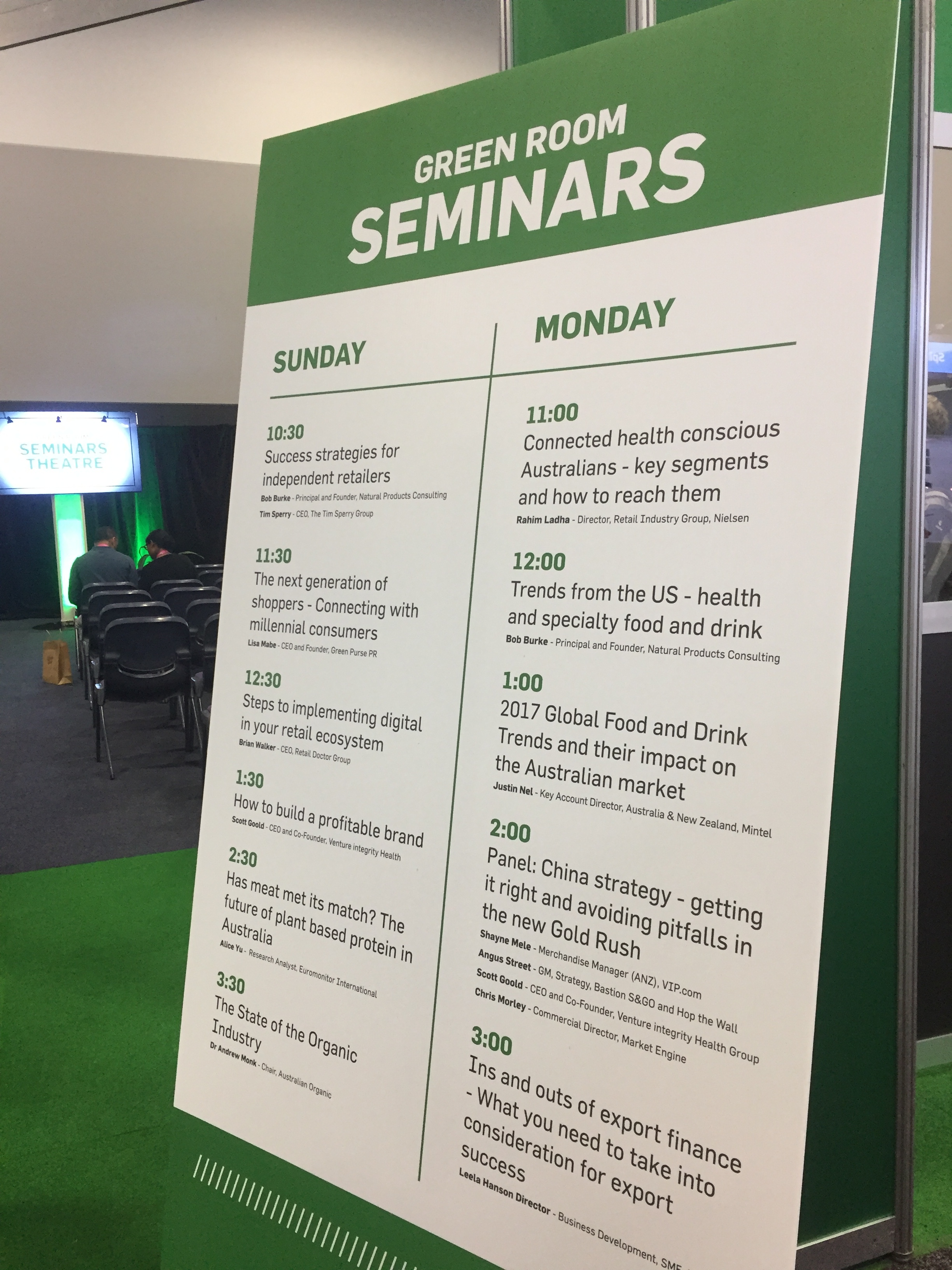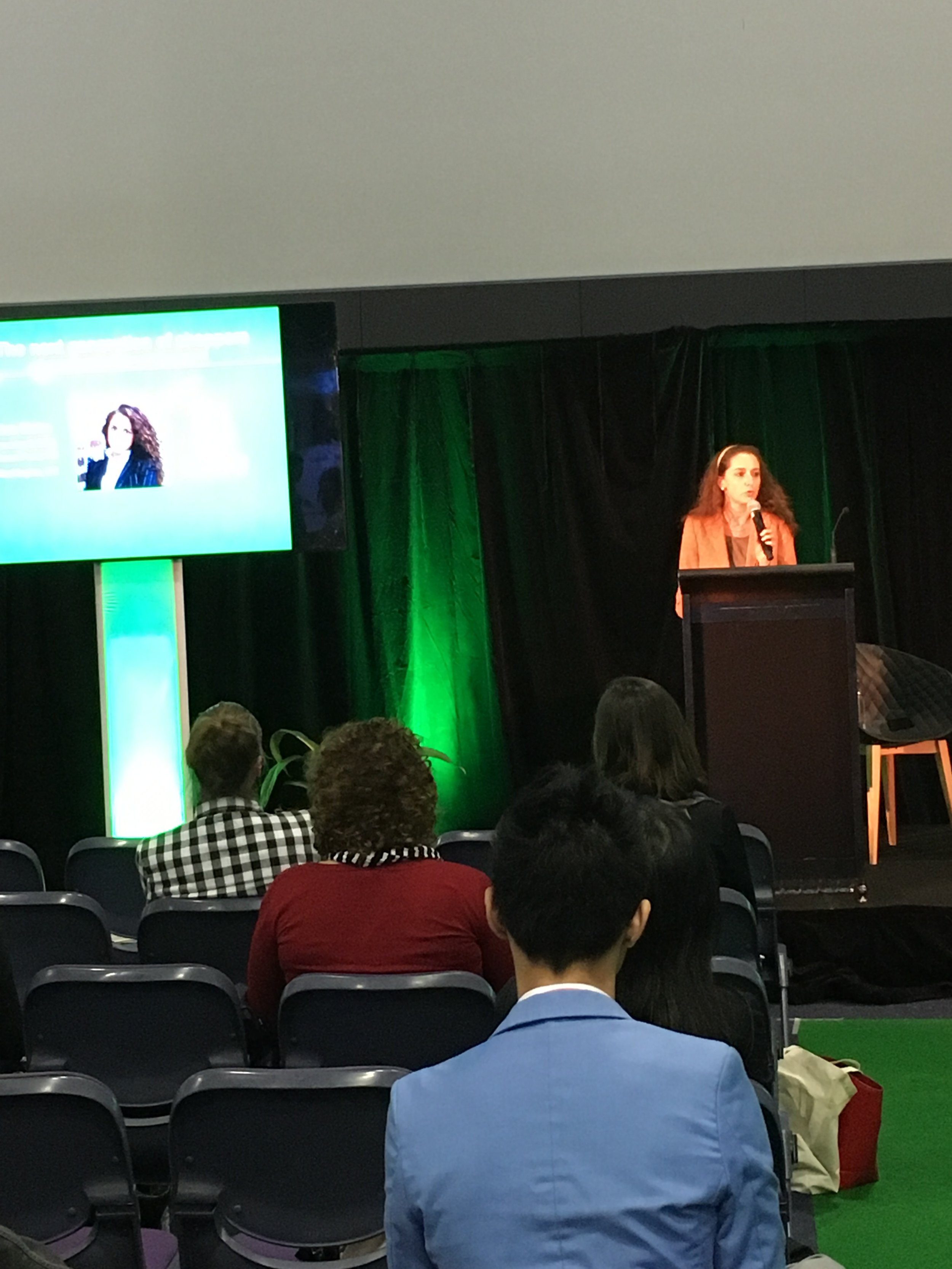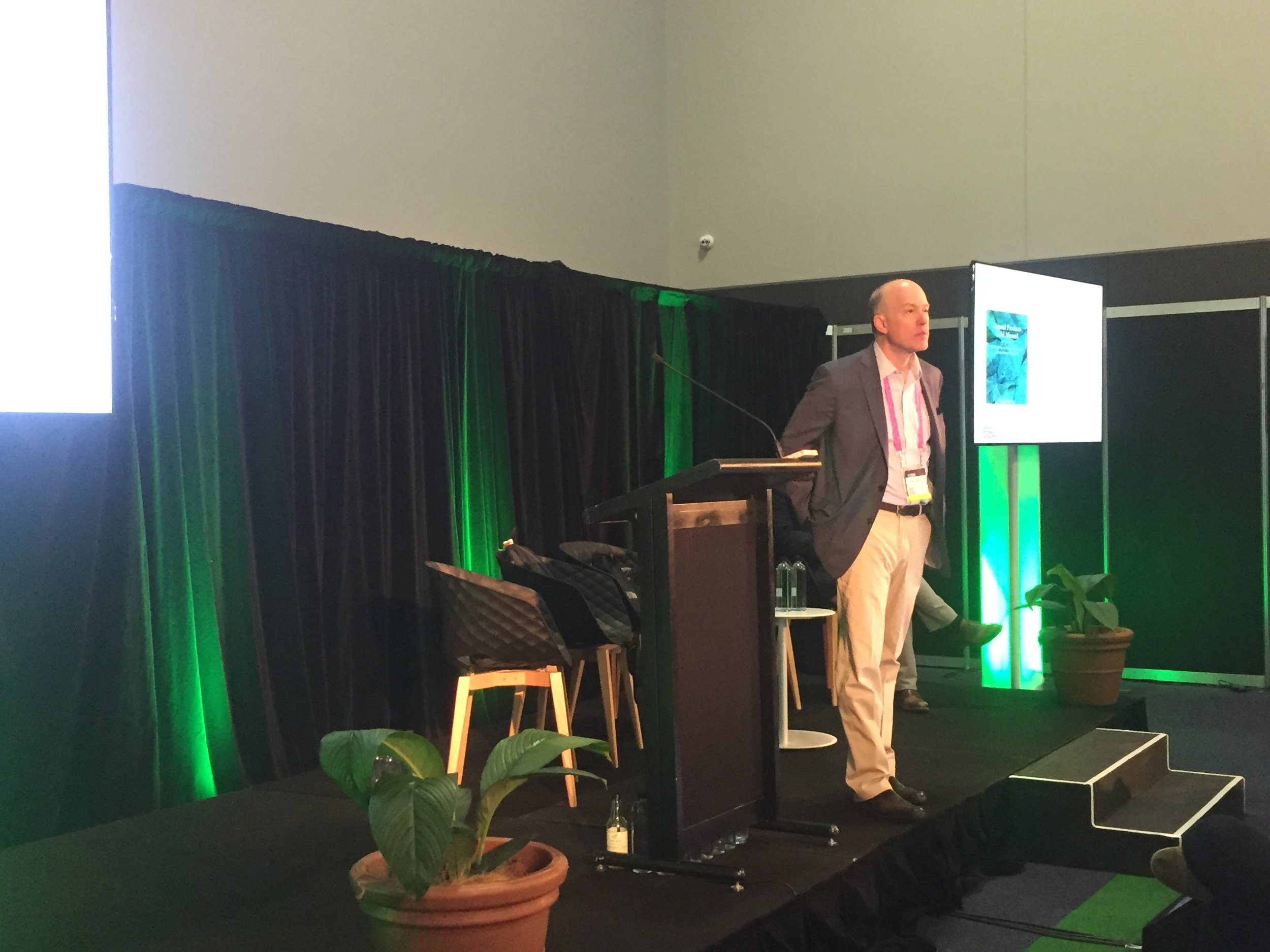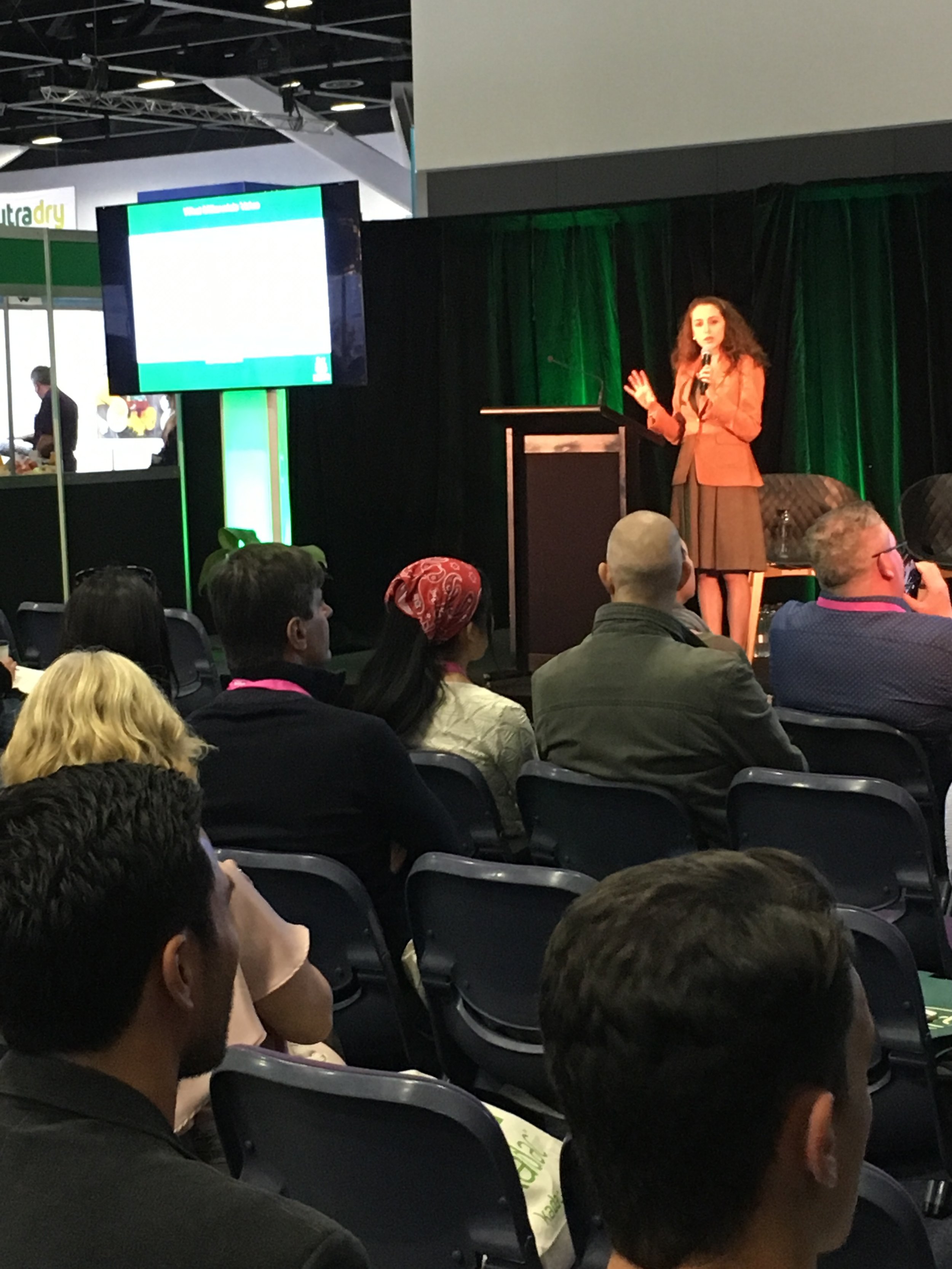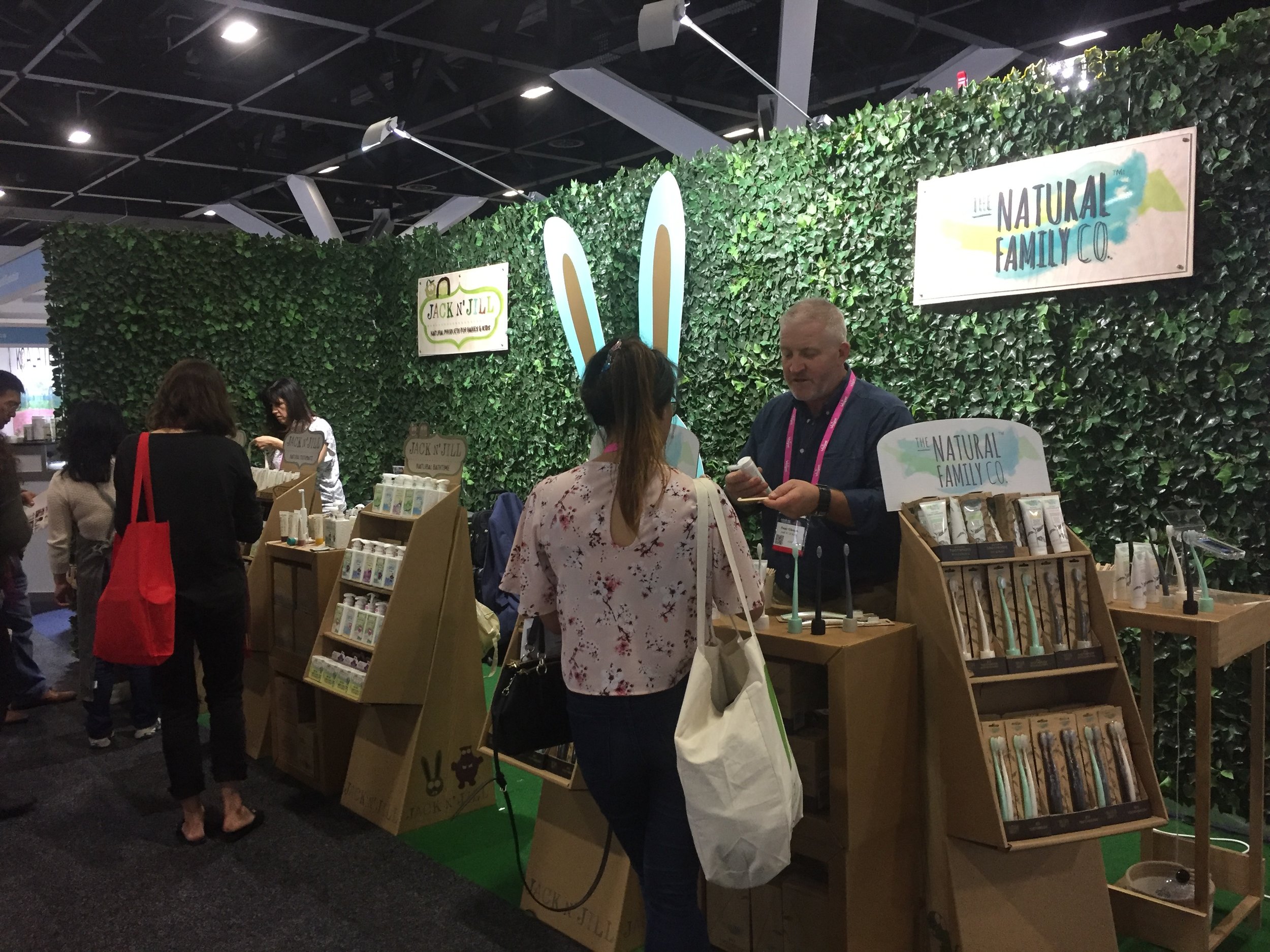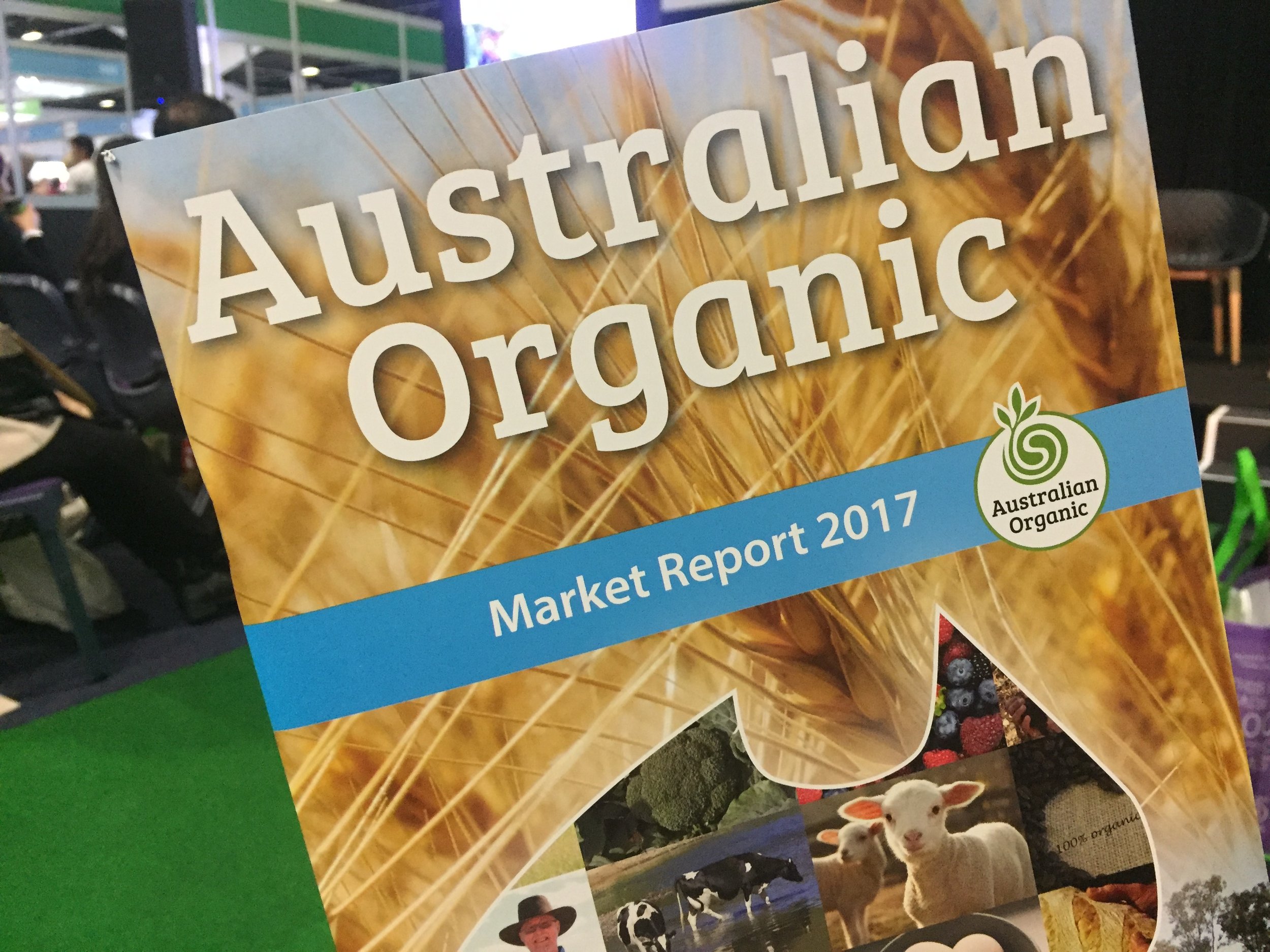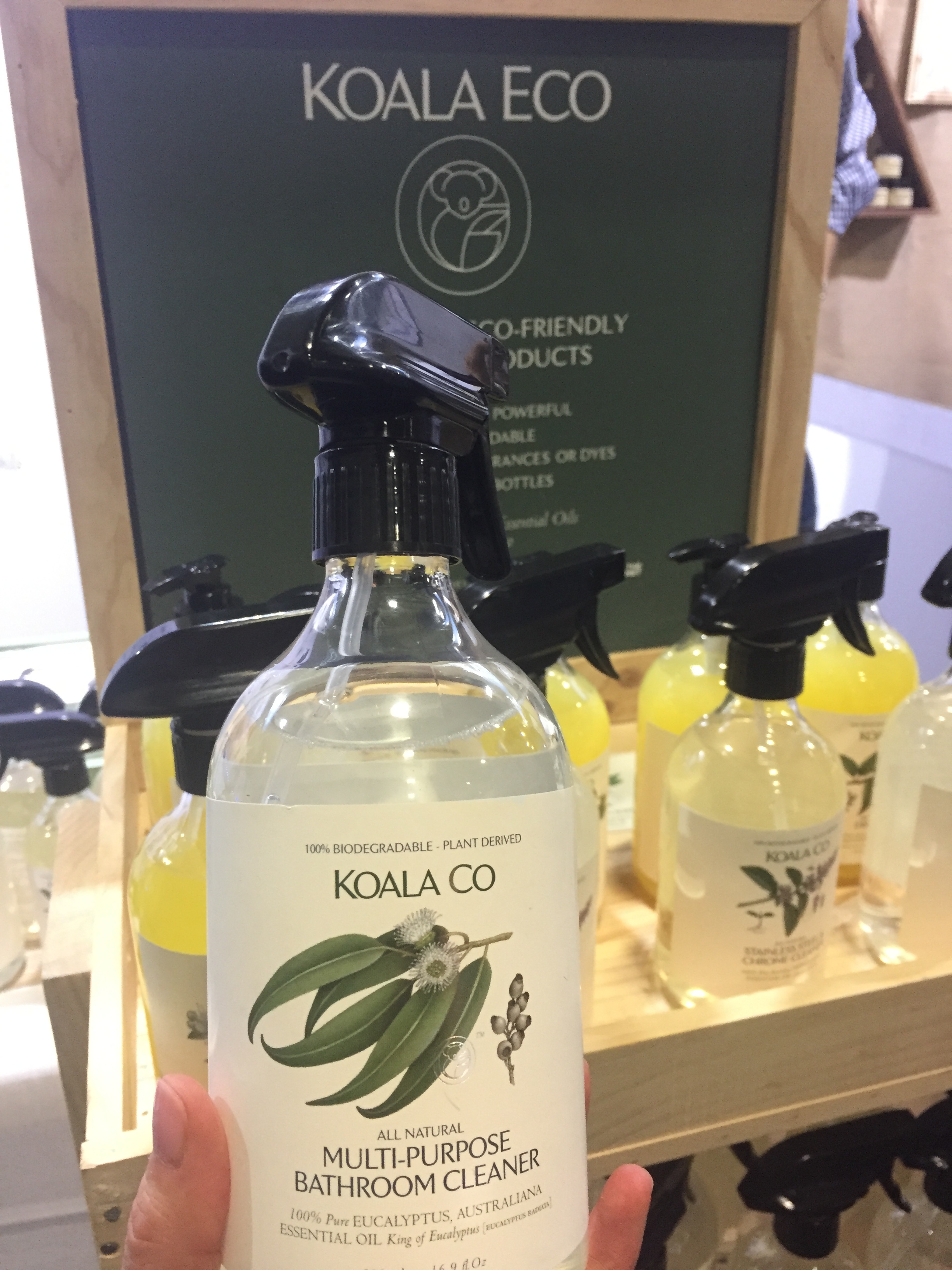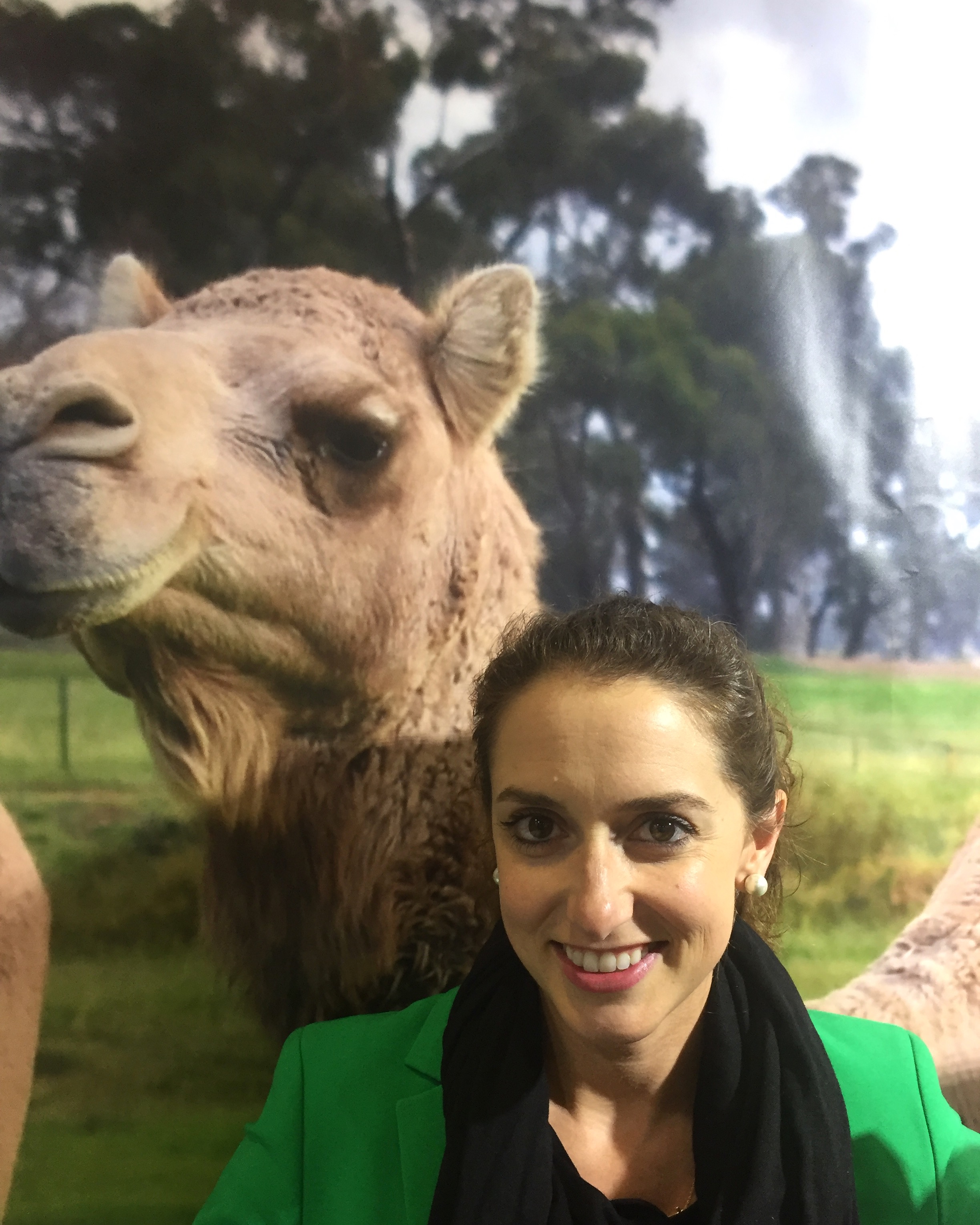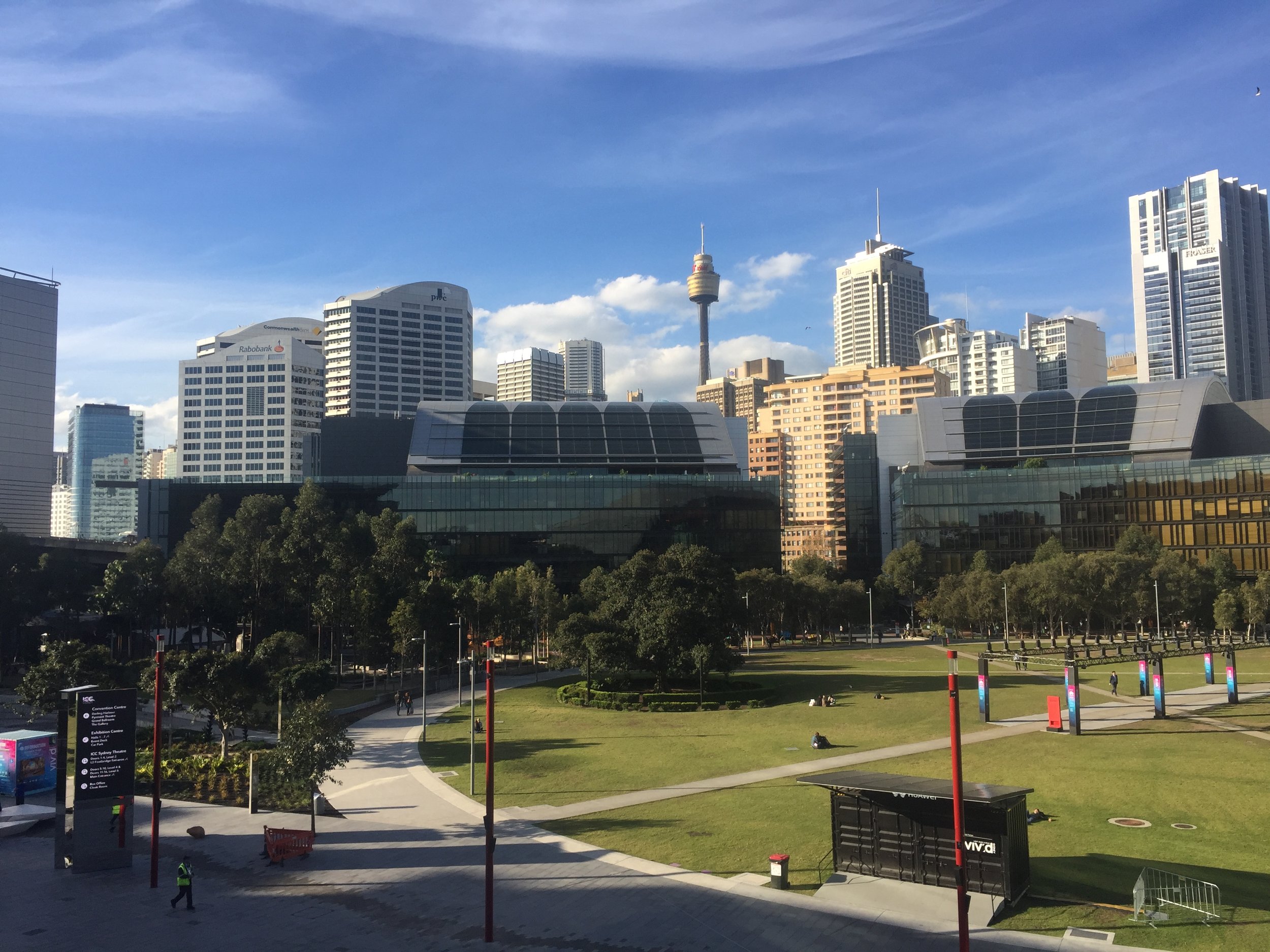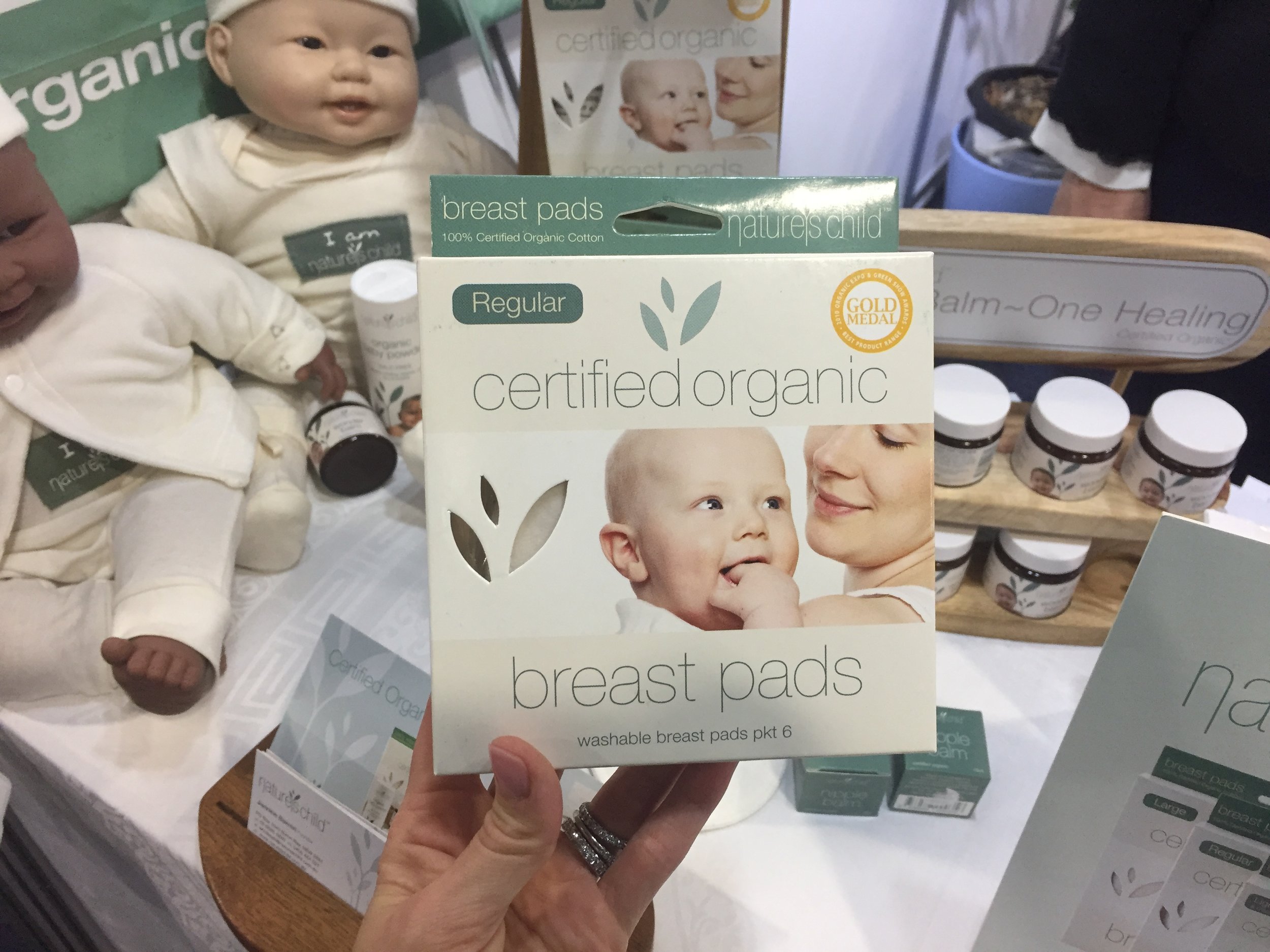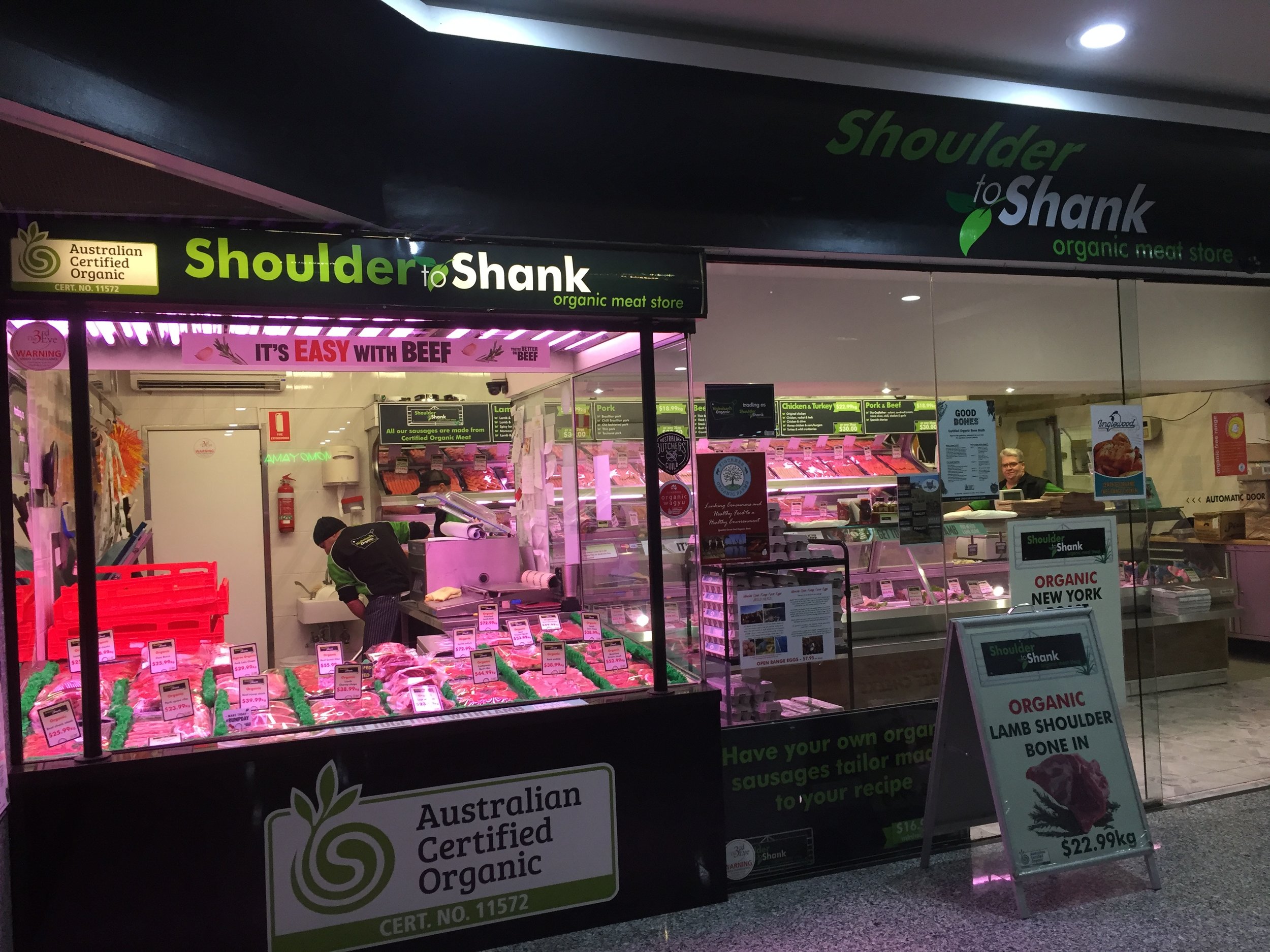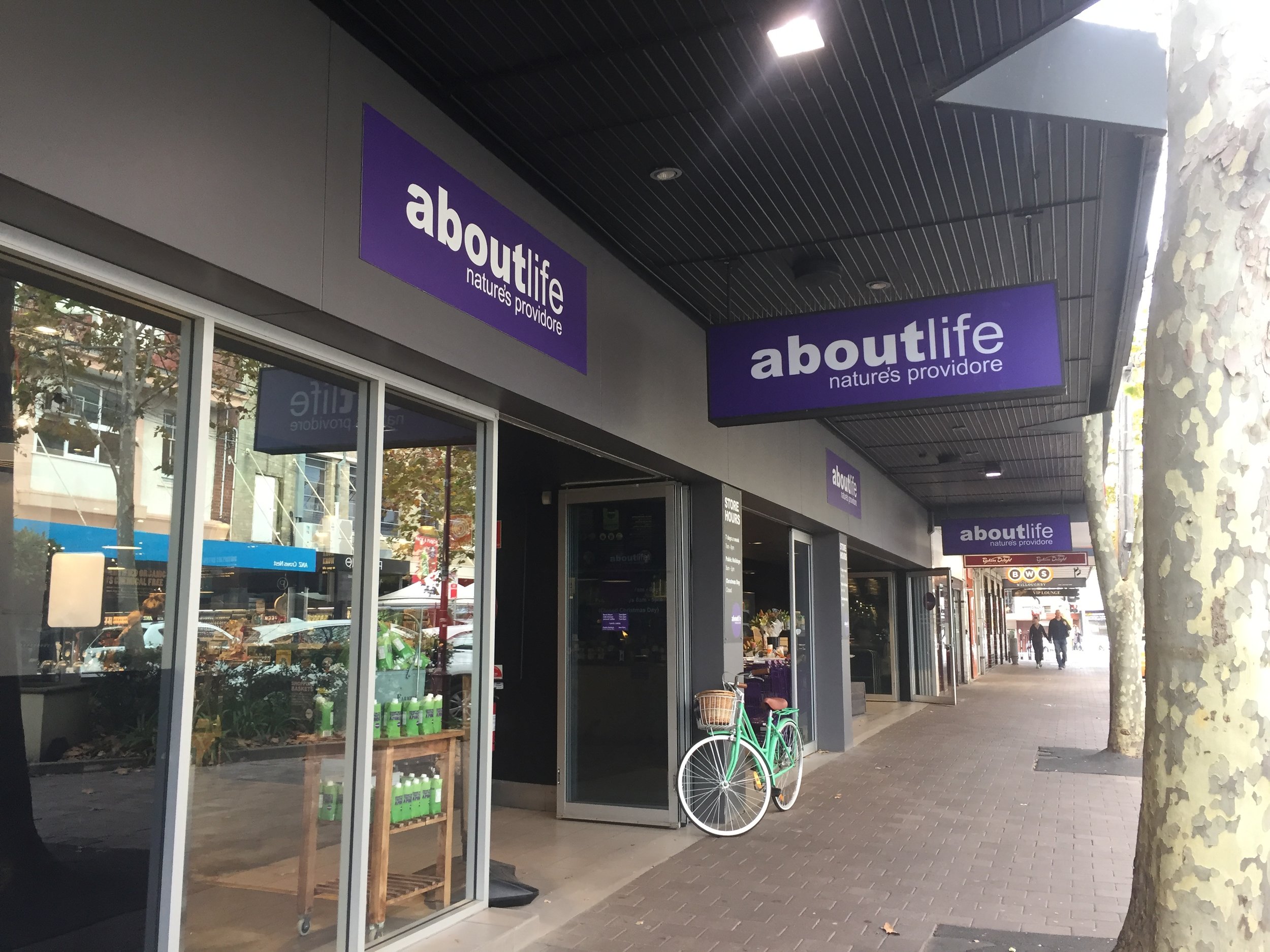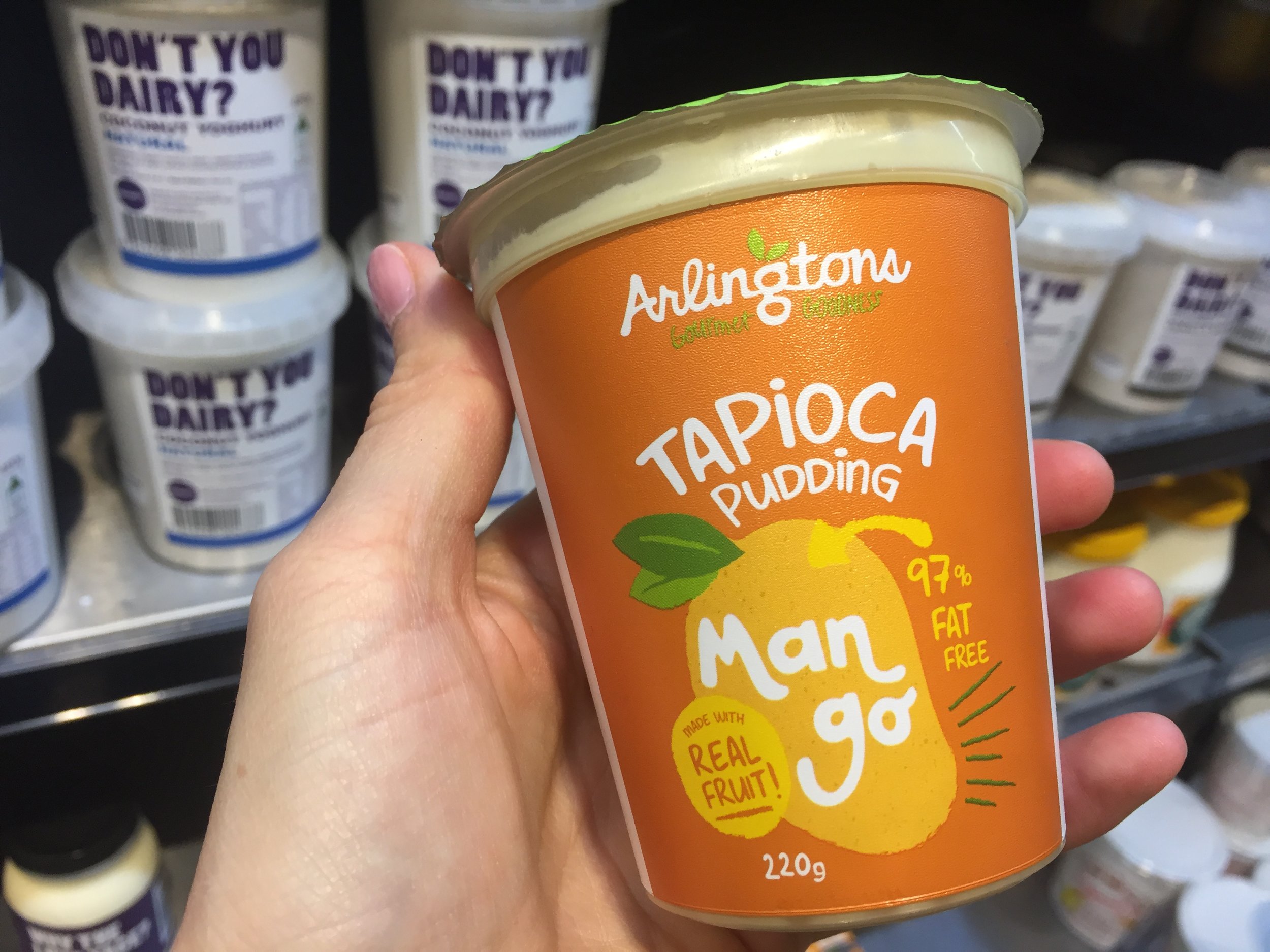Want to make the most of the Fall season leading up to Thanksgiving? See these shopper marketing ideas to use this season.
Making the most of the Fall + Halloween Shopping Season
Making the Most of the Fall + Halloween Shopping Season
I’m a big fan of using holidays (major holidays and even the so called made up marketing holidays) and seasons as a basis for planning your shopper marketing activities, in places like social media and inside stores. Have you thought of considering the Fall + Halloween season as a series of “mini events” in an effort to stretch out the season and create more purchase opportunities?
You may be tempted to think of some holidays as just a one-day events, but in reality most holidays are made up of several mini events that we can leverage in our shopper marketing. How many mini events can you think of for the Fall + Halloween season? Turns out, there’s a lot and some depend upon age and life phase. For example, to connect with parents of young children around Halloween season, here are just a few of the “mini events” (and buying opportunities) you can build shopper marketing around:
Build Shopper Marketing Around These ‘Mini-Events’ Leading to Halloween
Home decorating (for fall and then again for Halloween) – 2 encouraging people to have the best house on the block.
Pumpkin picking.
Booing (and also the adult version, “boozing.”)
Costume hunting.
Trick or treating.
School parties.
Neighborhood parties (suburban.)
At-home parties (pizza is super popular.)
My favorite from this list is booing. If you’re located in the USA and live in a suburban area + have young children, you probably know about this trend. According to a case study presented by Mars at the 2018 Shopper Marketing Conference, 7% of Americans currently participate in booing. For retailers located in suburban areas, this is a ripe opportunity just waiting to be picked.
When my house was “booed” last year
Some Halloween merchandising at Whole Foods Market
Fall door decor found at American’s homes
Here are some ways that retailers can connect with parents in suburban areas around the mini event of booing.
In-store shopper marketing like end caps that invite shoppers to boo their neighbors. For a limited time, curate a special selection of products ideal for booing – boo bags, tags, candy. Because you usually only boo a few houses (we do two) and because you’re likely to boo peoples’ homes that you know well, you can encourage better quality, more expensive candy for these, than candy given out in much larger amounts for trick or treating.
Educational signage that offers guidance on booing, why to do it and what to include in your boo bag.
Host a Halloween prep in-store event one weekend sampling healthier candy and sweets options + educate on fun ways for families to celebrate the season.
Website landing page and accompanying social media and email marketing driving people to a site all about making their boo bag the best on the block.
In fact, Green Purse PR creates an annual list of holidays, specifically for food companies. It’s called our Holidays List for Food Marketing. It’s a social media planning resource available here (stay tuned for the 2020 version coming out soon.)
Halloween merchandising at The Market inside The Twitter Building, San Francisco, California
Target’s Halloween section, Hyde and Eek!
Teal Pumpkin Project for Halloween at Target
Halloween signage at Target
- Lisa Mabe-Konstantopoulos, Founder, Green Purse PR
#GetInHerCart’s Expert Q&A Series | Insight from Maria Reyes of Leading US Distributor, KeHE
#GetInHerCart’s Expert Q&A Series | Insight from Maria Reyes of Leading US Distributor, KeHE
We are launching a new blog series called #GetInHerCart Expert Q&A. This series of blog posts will connect us with some of our favorite industry experts who share our curiosity for how consumers around the world shop for natural products and what makes brands succeed in reaching them.
This first in the series features a Q&A with Maria Reyes, Director of Category Management at leading national distributor, KeHE, with the corporate office based in the Chicago area. If you sell olive oil in the USA, you’ve likely heard of, or know Maria Reyes. She’s someone I’ve known for several years and is an expert whose opinion I value. She also works for an outstanding company, KeHE, one I’ve been privileged to work with and a distribution partner to so many of the brands Green Purse PR represents.
Focused on premium, not processed extra virgin olive oil, Maria has helped bring to market and build brands like, Lucini, Colavita and Gaea back when these brands were first launched and are now rock stars of the specialty food industry and olive oil category. Most recently, Maria is focused on launching new and artisanal brands from Sicily, as well as Spain, the largest producer of olive oil in the world.
Continue reading below for our recent Q&A interview with Maria, and thanks for reading our blog, #GetInHerCart.
— Lisa Mabe-Konstantopoulos, Founder & CEO, Green Purse PR
Maria Reyes, Director Category Management at KeHE Distributors
Specialty food products that #GetInHerCart. Some of the products Maria purchases for her own home
Maria’s tips for getting (and staying) on shelves:
Know your market
Know your shopper
Determine your strategy & budget
Offer up your expertise to retail customers and when possible, consumers
Hire the right team & work with the right partners to help grow your brand and execute your strategic growth plan
Q. Before launching into a new grocery retailer, brands should be doing this__________before they launch.
A. “You’ve got to study and understand the market – the retail landscape and determine where your product fits in.”
Maria suggests:
Obtaining data on your product category, as well as your target shopper (category snapshot reports and shopper research, like interviews and shop-alongs.)
Developing a strategic plan (to include competitive shelf price, consumer advertising, social media, etc.)
Realistic budget for marketing and promotional activities.
Determining where you’re best suited for your launch (i.e. West Coast or East Coast, specialty grocery vs. natural channel, etc.)
Narrowing down your target retail accounts & ensuring you have the proper funding to support each of them via discounts, demos & consumer education.
Q. When we use the phrase ‘understand the shopper,’ what does that really mean? What specifically should brands be studying to understand their retail customers’ shoppers?
A. “Who are the feet walking in the store, what are they looking for, and ultimately walking out with?”
Maria suggests:
Identifying the types of shoppers already primed to find your key claims of value.
Understand where shoppers learn about products in your category.
Identify what drives shoppers to purchase (price, format, quality, etc.) in the category you play in. This is called a “consumer decision tree.”
Learn how those products are used at home.
Q. Specialty food categories like olive oil (also wine, honey, cheese, etc.) can be overwhelming and confusing for consumers, unless they are experts. Do you have any examples of brands and/or retailers doing a good job of educating shoppers in stores or online?
A. Maria says that Cobram Estate (California & Australian olive oils) Gaea from Greece and BONO from Sicily, Italy, are excellent examples of marketing partners in that they work to educate consumers online and in stores.
Maria added that she had recently attended an education event at Cobram Estate’s office in Woodland, California for their retail partners and noted that programs to up level olive oil knowledge of retail partners is equally important to consumers as well.
Maria says there are some excellent olive oil experts around the world, like: Leandro Ravietti Techincal Director at Boundary Bend Australia, Dean Wilkinson, Head Panel Taster at the California Olive Oil Council, Dr. Mary Flynn from Brown University, Alexanda Diverini, Founder of The Extra Virgin Alliance and David Neuman, founder of the EVOO Guy. These are all professionals in the industry and great at helping educate key decision makers, consumers, and have also helped Maria over the past few years gain her olive oil knowledge.
One challenge Maria noted as it pertains to olive oil education is that “some retailers lack the infrastructure and time to properly educate themselves in order to help educate consumers in their stores,” and noted that categories like extra virgin olive oil and Manuka honey, are examples that should have more in-store education so shoppers can understand these products are unique and generally cost more.
Opportunity for brands to more closely collaborate with retailers to educate shoppers on premium categories, like olive oil, honey and wine.
“Consumers are more educated than they have been in the past, but there’s still a lot of room for improvement by both brands and retailers to educate consumers in premium categories."
— Maria Reyes of KeHE
Example of educating shoppers about Manuka honey inside Rockridge Market Hall in Oakland, California
Q. Just because a producer thinks they have an outstanding product, does not necessarily mean it’s going to do well at market. In addition to having a great-tasting, good quality product, what else is required to be successful in a crowded category, like olive oil?
A. “Money, time, patience, hard work and grit.”
Maria adds exposure such as, top tier media placements like, O the Oprah Magazine and Bon Appetit as well as awards, like, The Specialty Food Association’ Sofi Awards and the New York International Olive Oil Competition, can carry a lot of weight when building brand recognition and gaining exposure with retailers and often the consumers as well.
Source: Lucini.com | Example Maria shared of Lucini getting into O the Oprah Magazine
Q. When launching a new product (and new brand) at grocery retail, what are some of the must-haves?
A. “They need to have proper labeling, a national sales manager or regional sales team. If they don’t have someone here to help guide them step by step and develop a certain level of consistency, they’re going to potentially fail and often spend substantial capital. Another must have is having product inventory in the USA, that shows your commitment to the market.” Maria says that one way for brands from outside the USA can demonstrate that commitment is either working with an importer (who distributors like KeHE would be buying from,) or in some cases even opening up their own US corporation with their own warehouse (acting as the importer themselves) to service their American customers.
Maria has worked with several brands coming from outside the USA who produce the number one selling product in their country and they expect that they’ll also be the number one here in America. These types of high expectations come with the assumption that they’ll automatically have volume, expecting to sell by full imported container load, which is not always possible in the beginning and often takes several years to grow into.
Q. Are there any specific niches within olive oil where there is still some room to shine?
A. “Yes. Demand for quality olive oil is increasing and supply is declining, except in Spain.” Currently Maria is focused on bringing olive oil from quality Spanish producers on board and taking full advantage of the current trend toward healthy fats, citing olive oil as “the healthiest fat of all, period.” Maria recommends high quality extra virgin olive oil brands leverage the healthy fat positioning currently trending with consumers.
Another opportunity to shine is in product size. Maria says she is looking to market olive oil products in 250 ml (8.5 oz) format instead of just the typical 500 ml (16.9 oz) sizes. “Smaller bottles means less oil, which makes them less expensive and gives a lower retail price. That translates into more retail sales and allows consumers to be more adventurous with new products.”
Maria visiting olive oil producers in Spain
Spanish olive oil products on retail shelves in Spain
Q. Are there any brands, countries or country promotion boards that do an outstanding job of telling their provenance story here in the USA?
A. “The Made in Italy brand protected by the Italian government through the Italian Trade Commission.” Maria also added that ancient cultures like Spain, Italy and Greece have a big advantage in telling a provenance story with the Italians being the best and most experienced at it.
Maria exploring Tuscan region with Bellucci
Q. If a specialty food brand suddenly had an extra $10k, $20k, $50k or even $100k USD to spend on consumer marketing, where would you likely recommend they invest it?
A. “Getting the right story/messaging and certifications on their product packaging and tying that story/message back to current trends taking place here in America. Getting the right message and telling their story within their labels is a must.”
Maria ads that “social media exposure is a given, but don’t forget that there is a substantial value of both paid and earned media exposure.”
Source: www.instagram.com/gaeaoliveoil | Example Maria shared of GAEA from Greece’s on a billboard in Times Square, New York City during the Fancy Food Show.
What Maria reads to keep up with food trends:
Consumer media: Clean Eating, Bon Appetite, Food & Wine & Saveur.
Trade media: Supermarket News, Olive Oil Times, Olive Wellness Institute, Specialty Food News, Nosh Newsletter, New Hope Network, Gourmet Retailer, Food Navigator & GMA Smart Brief.
Maria has a wealth of insight into the specialty food and olive oil categories, and she loves sharing it, which is why she is one of our favorite experts. Follow Maria on LinkedIn here, where she frequently publishes news, insight and commentary on the olive oil category and specialty food trends.
Brands whose strategy match a national distribution model and are interested in partnering with KeHE should inquire online here, www.kehe.com/distribution.
You can also connect with KeHE on social media: Twitter, LinkedIn, Instagram & Facebook.
View more of Maria’s travels from around the world speaking at olive oil industry events and visiting with olive oil producers from countries like, Australia, Spain, Greece and Italy.
Shopper Marketing for the Holidays | Mini Events for More Opportunities to Connect with Consumers
SHOPPER MARKETING FOR THE HOLIDAYS | MINI EVENTS FOR MORE OPPORTUNITIES TO CONNECT WITH CONSUMERS
Building our public relations efforts around holidays (major holidays and also the plethora of marketing holidays — see our new 2019 Holidays for Food Marketing List) and seasons often serves as a foundation for the consumer marketing programs Green Purse PR creates. The holiday season and its holidays, (Hanukkah, Christmas, Kwanzaa and New Years) are more than just one-time events. Each major holiday can include what we like to call “mini events,” which can stretch out the season and create more purchase opportunities.
“You may be tempted to think of some holidays as just a one-day event, but in reality most holidays are made up of several ‘mini events’ that we can leverage in our shopper marketing. These mini-events translate into more reasons for shoppers to make purchases.” - Lisa Mabe-Konstantopoulos
How many ‘mini events’ (or buying opportunities) can you think of for the holiday season?
Turns out, there’s a lot and some depend upon age and life phase. For example, to connect with parents of young children around just Christmastime alone, here are just a few of the “mini events” (and buying opportunities) you can build shopper marketing around:
Home decorating (which usually begins in the USA the day after Thanksgiving or around the last week of November.) – encouraging people to have the most festive house on the block. Depending on the type of dwelling, a lot of people will put the most effort into their front door - buying a new wreath and floral swag, getting a festive doormat and other accessories to spruce up the entrance.
Black Friday - informal name for the Friday following Thanksgiving Day in the United States, which is celebrated on the fourth Thursday of November.
Cyber Monday - a marketing term for the Monday after the Thanksgiving holiday in the United States. It was created by retailers to encourage people to shop online.
Getting a Christmas tree & wreaths - some Americans make an event of going to a Christmas tree farm to cut down their own tree, while others may buy from a local church, garden center or grocery store.
Stocking up on home decorations - while a lot of people will keep using the same decorations year after year, it’s common to also buy new, trendy decorations like lights, festive cushions and blankets, and outdoor decorations.
Holiday cards - a lot of Americans have a tradition of sending out holiday cards to send greetings to friends, family and colleagues. These days, holiday cards can be quite an expensive production including: curating matching or color coordinating outfits, having a family photo shoot the few months before, creating the card online (with a website like Minted.com,) and spending time assembling and mailing them out.
Trip to visit with Santa - A lot of Americans have the tradition of going to see Santa Claus, either at a shopping mall, a local event, or neighborhood community center. This usually involves purchasing photos and perhaps giving some of them at gifts to close relatives. It could also include purchasing color coordinated outfits prior to the visit.
Gift shopping - from shopping online, going to the mall or even going on a shopping trip out of town, gift shopping is an entire season, usually starting with Black Friday (the Friday after Thanksgiving,) and ending the day before Christmas.
Holiday party season - November through the beginning of January is holiday party time. Some host their own parties for family and friends, or go to others home to celebrate. With this comes the need to purchase party supplies, food and drinks.
Hostess gifts - It’s customary to bring a gift to the hostess’ home, which could include a specialty food gift basket, floral arrangement, wine, or a gift set of some sort. If your hostess has children, you might also bring their children separate gifts.
School parties - For families with children in school, they are likely to have at least one school party to celebrate the season. This may require buying small gifts for the entire class, or bringing a food item for a party. Some parents will also buy a teacher’s gift to show their appreciation.
Charitable donations - Whether at your child’s school, your church, gym, or community center, Americans are likely to go on a shop just for charitable donations for families in need. For example, my children’s preschool had a food drive and gift drive.
Neighborhood events - Some suburban areas have holiday events, like breakfast with Santa Clause for kids, street parades, ugly Christmas sweater contests, and other festive events where bringing food or a gift is necessary.
Green Monday - an online retail industry term similar to Cyber Monday. The term was coined by eBay in 2007 to describe the best sales day in December, usually the second Monday of December. This year we saw a lot of online retailers like Target using this day to promote special deals.
Christmas Eve & Christmas Day - the main days for big meal celebrations and gift giving.
Boxing Day - Although Boxing Day is not widely celebrated in the USA, some do celebrate it, and even if they are not celebrating the holiday explicitly, many Americans do give small gifts to folks like their landscaper, house cleaner, baby sitter or nanny, hair stylist, and others who they hire out for services on a regular basis.
How is your brand or retailer connecting with consumers during the many mini-events throughout the holiday season?
Let me know by commenting below.
Since we’re on the topic of holidays, Green Purse PR creates an annual list of holidays, specifically for natural and specialty food companies. It’s called our Holidays List for Food Marketing. Click here to download our 2019 edition — a 15-page social media planning resource to ensure you’re aware of and leverage the most relevant holidays throughout the year.
- Lisa Mabe-Konstantopoulos, Founder, Green Purse PR
IN THE NEWS -- Natural Products INSIDER | Women Googling Their Way Into Motherhood
IN THE NEWS — Natural Products INSIDER | Women Googling Their Way Into Motherhood
When a woman becomes pregnant, everyday items, from food to supplements, medicines and cosmetics, suddenly are subject to increased scrutiny. When preparing to enter this new life phase, women tend to go on a massive hunt-and-gather style quest for information. That search often manifests itself in Googling a wide variety of topics, including fertility, healthy pregnancy and lactation.
Read our CEO, Lisa Mabe’s, thoughts on how brands can reach women heading into motherhood.
Access Lisa's new thought leadership article by downloading Natural Products INSIDER’s special edition on Maternal Nutrition here. Look for her article, Women Googling Their Way Into Motherhood, on pages 33-35.
Exploring the Japanese Market | Upcoming Shopper Research During February 2019
Shopping Along With Japanese Women
Upcoming Shopper Research in Japan During February 2019
Green Purse PR is gearing up for our upcoming travels to Japan to explore what products #GetInHerCart. During the month of February 2019, our CEO, Lisa Mabe, will be working on an already commissioned research project to explore how health-conscious Japanese women shop for premium grocery products at grocery stores in Tokyo.
Our project will include:
Market & product category insights from several grocery store visits
Shopper insights from shop-alongs with Japanese consumers (along with a native Japanese speaking translator.)
Since we will already be in the market, we’re open to conducting more shopper research projects while there. If you’re keen to better understand the Japanese market, from a consumer insights and grocery retail landscape, contact us here.
We’re so looking forward to exploring the food and grocery scene in Japan!
MUJI global flagship store in Tokyo’s Yurakucho neighborhood. Source: DesignBoom.com
MUJI global flagship store in Tokyo’s Yurakucho neighborhood. Source: DesignBoom.com
Download our 2019 list of holidays for food marketing
Download our New List of Holidays for Food Marketing + Get Access to Our Upcoming Webinar on How to Leverage Food Holidays to Drive Awareness & Sales
Ever heard of National Cheese Lover's Day, Coffee Day or Beef Tallow Day? What about Weed Day or Farmer's Day? There are a lot of these so called food holidays or marketing holidays - some are silly, but some are serious. Serious in that some of them can help drive real awareness and sales.
We see retailers, media and consumer-influencers, like food bloggers, leveraging these holidays on social media, such as Instagram, and retailers using them for in-store promotions. Some holidays, like National Cookie Day (December 4) are made into big promotions at grocery retailers like Whole Foods Market. (See an earlier post we wrote on retailers taking a bite out of Cookie Day here.)
If you're keen to see how you can leverage food related holidays to market your specialty or natural food product, download the list here. We’ll be hosting a one-time bonus webinar session exclusively for those who download our list. The webinar will highlight some of our favorite examples from companies creating content around holidays, like Halloween, Ramadan, National Coffee Day and National Picnic Day.
Creating “Mini-Events” for Holidays + Celebrating Female Leadership | Recap from the Path to Purchase Expo
Creating “Mini-Events” for Holidays + Celebrating Female Leadership | Recap from the Path to Purchase Expo
I attended a shopper marketing conference and trade show, the Path to Purchase Expo, by the Path to Purchase Institute for the first time this year. It was held in Minneapolis, Minnesota during the first week of October and was attended by a lot of big consumer packaged good (CPG) brands, retailers, creative agencies, and technology service providers. The likes of retailers such as Walmart and Kroger, brands like Coca-Cola and The Clorox Co. and service providers like Volta and Aha!ogy were there. I noticed a few from the natural products industry – Organic Valley and the Fair Trade Association. There were a few from the meat industry as well – Hormel, Superior Farms (lamb) and the American Lamb Board.
I’ve been reading the Path to Purchase Institute’s trade publication, Shopper Marketing Magazine, for years, - I’ve even had my work featured in it before, but this was my first time attending one of their conferences and I’m glad I went. I attended mostly because I want to learn – learn what big CPG brands and mass retailers are doing to understand and connect with shoppers, both from a research and shopper marketing perspective.
While there, I also participated in the inaugural When Women Lead Symposium made up of other female leaders who work in shopper marketing. Helping to promote female leadership in my industry (the natural products industry) is naturally something I’m an advocate of. As a female entrepreneur and thought leader, I’m fortunate to have the opportunity to share my expertise with companies around the world on the topic of marketing to women.
Lisa of Green Purse PR participating in the When Women Lead Symposium. Photo source: Path to Purchase Expo.
I’ve had the opportunity to work with several clients that have female CEOs and leadership. In fact, nearly all of the clients Green Purse PR has worked with have excellent track records (in my opinion) of valuing the opinions of women and ensuring their voices are heard, recognized and celebrated at the highest levels.
One of the female leaders that immediately come to mind is Dalene Wray of OBE Organic, a leading organic, grassfed beef company from the Outback of Australia. Dalene works in a male-dominated industry – agriculture and meat, but is continuously ‘kicking glass’ as we like to say. She’s become one of the most recognized female voices in Australian agriculture and is now sought out and awarded for her unique expertise by Government and industry bodies. It’s not uncommon to find Dalene on a speaker panel or in a working group at an industry event in Australia, Hong Kong, New York City or Saudi Arabia where she is the only female on the stage sharing her voice. In addition to sharing her own voice in a big way, Dalene is a champion for others – for other women (like me,) for promoting diversity in general within Australian agriculture and also reconciliation for indigenous peoples of Australia. In fact, OBE Organic was one of the first Australian agribusinesses to adopt a Reconsilation Action Plan, a plan to create social change and economic opportunities for Aboriginal and Torres Strait Islander peoples through relationships, respect and opportunities.
Even though the CPG industry as a whole is mostly ran by men at the upper levels, we’re seeing more and more women take up leadership roles. I’m happy to have connected with a group of women and men here in the USA who are dedicated to helping create, encourage and celebrate female leadership across CPG, retail, and in my case, shopper marketing and the natural products industry.
Finally, I do want to share a few key takeaways that I learned from the conference portion of the Expo from my unique #GetInHerCart perspective.
I’m a big fan of using holidays (major holidays and even the so called made up marketing holidays) and seasons as a basis for planning your shopper marketing activities, in places like social media and inside stores. Some folks from Mars Wrigley Confectionery gave a presentation focused on the Halloween holiday and how to think of it in terms of several “mini events” in an effort to stretch out the season and create more purchase opportunities.
You may be tempted to think of some holidays as just a one-day events, but in reality most holidays are made up of several mini events that we can leverage in our shopper marketing. For example, Mars shared a case study for the current, 2018 Halloween season that’s in market right now. Companies like Mars are launching their Halloween shopper marketing campaigns as early as August now.
How many mini events can you think of for the Fall/Halloween season? Turns out, there’s a lot and some depend upon age and life phase. For example, to connect with parents of young children around Halloween season, here are just a few of the “mini events” (and buying opportunities) you can build shopper marketing around:
Home decorating (for fall and then again for Halloween) – 2 encouraging people to have the best house on the block.
Pumpkin picking.
Booing (and also the adult version, “boozing.”)
Costume hunting.
Trick or treating.
School parties.
Neighborhood parties (suburban.)
At-home parties (pizza is super popular.)
My favorite from this list is booing. If you’re located in the USA and live in a suburban area + have young children, you might know about this. The case study that Mars shared indicated that just 7% of Americans currently participate in booing. For retailers located in suburban areas, this is a ripe opportunity just waiting to be picked.
My house just got booed this week!
Some Halloween merchandising I noticed recently at a Whole Foods Market
Here are some ways that retailers can connect with parents in suburban areas around the mini event of booing.
In-store shopper marketing like end caps that invite shoppers to boo their neighbors. For a limited time, curate a special selection of products ideal for booing – boo bags, tags, candy. Because you usually only boo a few houses (we do two) and because you’re likely to boo peoples’ homes that you know well, you can encourage better quality, more expensive candy for these, than candy given out in much larger amounts for trick or treating.
Educational signage that offers guidance on booing, why to do it and what to include in your boo bag.
Host a Halloween prep in-store event one weekend sampling healthier candy and sweets options + educate on fun ways for families to celebrate the season.
Website landing page and accompanying social media and email marketing driving people to a site all about making their boo bag the best on the block.
In fact, Green Purse PR creates an annual list of holidays, specifically for food companies. It’s called our Holidays List for Food Marketing. It’s a social media planning resource we created for the first time for 2018 and we just released our 2019 edition. Click here to download our 15-page list of holidays for food marketing.
Halloween merchandising at The Market inside The Twitter Building, San Francisco, California
Target’s Halloween section, Hyde and Eek!
Teal Pumpkin Project for Halloween at Target
Halloween signage at Target
Lisa of Green Purse PR meeting with exhibitors at the show. Photo source: Path to Purchase Expo.
Lisa of Green Purse PR listening to one of the workshops. Photo source: Path to Purchase Expo.
- Lisa Mabe-Konstantopoulos, Founder, Green Purse PR
Photo Tour of Thanopoulos (Θανόπουλος) - Athens, Greece
Supermarket Tour | Thanopoulos (Θανόπουλος in Greek) in Athens, Greece
While in Greece recently on holidays, I took some time to squeeze in a bit of work. I've been to Greece several times before, (my husband is from Greece) but this was my first time doing a proper supermarket tour of Athens and conducting shopper research there.
Athens has some lovely supermarkets and one of my favorites is Thanopoulos, known for stocking a wide variety of products from all over the world and the place to 'see and be seen' apparently. For those not already familiar with Thanopoulos, it is a privately-held family business that has been around since 1877. Thanopoulos currently has three locations in Athens. I visited the Thanopoulos supermarket in the neighborhood of Kifissia (Κηφισιά,) an upscale residential and shopping district, and quite possibly my favorite place in Athens, other than the coast (Vouliagmeni is still my most favorite spot.) Have a look inside one of Athen's best supermarkets, Thanaopoulos, located at: N. Kifissia Ελαιών 38 14564 Athens, GR-A1.
Entrance to Thanopoulos N. Kifissia store
View from the large, roof top patio offering views of nearby mountains.
From the roof top patio. There is a cafe just inside.
View from the second level, looking down on the cash registers.
Organic fruit & vegetables
Fancy Greek olive oils, something Greece is certainly very well known for in the USA.
Minced/ground beef. Lamb and pork, however, seem to be the meats of choice in Greece.
The meat aisle
Organic poultry with the EU Organic Farming certification. Other than that label, nothing real signifiant in terms of claims & product attributes.
Notice some familiar American brands on the snack ailse.
Tons of fancy Greek honey.
Love this pretty honey packaging.
Natural laundry products
The Greeks take their sea salt very seriously. I buy some of these same brands at my local Greek specialty food shop in Washington, DC.
My first time seeing donkey milk.
Organic Greek chocolate
Dining space & cafe
A special perk for parents - a play space with an attendant to watch your children while you grocery shop. This mom loves seeing special accomodations for moms, parents and children.
One more shot from the roof top patio. It was so pretty, I came up here for coffee and a meeting.
If I lived in Athens, I would definitely shop here. It's a modern beautiful, store with lovely amenities and a huge variety of international products on offer. It's no wonder that Athenians are willing to drive out of their way (in some cases,) just to shop at one of the three Thanopoulos locations.
Stayed tuned here on our blog, #GetInHerCart, for more grocery store visits from our travels around the world as we speak at various conferences and conduct shopper research in different markets.
- Lisa Mabe-Konstantopoulos, Founder, Green Purse PR
Natural Products Millennial Women Buy | What’s In Her Freezer?
Exploring Natural Products Frequently Purchased by Millennial Women
We recently asked our forum of health-conscious, millennial aged women about some of their favorite natural products they buy on a regular basis. We are launching a new series of blog posts, Natural Products Millennial Women Buy, where we will explore some of the products that ‘get in her cart’ and into her life.
Download our 2018 list of holidays for food marketing
Download our New List of Holidays for Food Marketing + Get Access to Our Upcoming Webinar on How to Leverage Food Holidays to Drive Awareness & Sales
Ever heard of National Cheese Lover's Day, Coffee Day or Beef Tallow Day? What about Weed Day or Farmer's Day? There are a lot of these so called food holidays or marketing holidays - some are silly, but some are serious. Serious in that some of them can help drive real awareness and sales.
We see retailers, media and consumer-influencers, like food bloggers, leveraging these holidays on social media, such as Instagram, and retailers using them for in-store promotions. Some holidays, like National Cookie Day (December 4) are made into big promotions at grocery retailers like Whole Foods Market. (See an earlier post we wrote on retailers taking a bite out of Cookie Day here.)
If you're keen to see how you can leverage food related holidays to market your specialty or natural food product, download the list here. We’ll be hosting a one-time bonus webinar session exclusively for those who downloaded this list during our initial offering phase. The webinar will highlight some of the most relevant holidays and why holidays like these are worth incorporating into your social communications program.
What Shoppers' Grocery Carts Can Tell Us About Them
Shop and Learn | You Don't Really Know a Shopper Until You've Shopped With Them
Next time you're in the grocery store, take a peak into your fellow shoppers' grocery carts. It's fun to see what ends up in shoppers' carts, especially if it is your brand, or in my case, a client's product. By the way, whenever I do spot a client's product in someone's shopping cart, I almost always strike up a quick conversation with them. I usually carry coupons from my clients and offer them a few as a way to thank them for their loyalty. It's a nice touch point that often goes a very long way.
My perspective is you don't really know a shopper until you've shopped with them. That’s one of the premises that makes Green Purse PR unique and why shopper research is fundamental to all the public relations and social communications work we do. Being successful in your consumer marketing starts with understanding the consumer – identifying how they learn about products, how your products are likely to fit into their lifestyle and how to better serve their needs in order to create and maintain a connection (or relationship, if you’re lucky) with those shoppers.
“You don’t really know a shopper until you’ve shopped with them.”
What can you tell about the shopper from this look inside her shopping cart?
Maybe she is gathering ingredients to make a special meal. Perhaps it's for a weekend celebration, a dinner party, or maybe it's a work-week meal for her family. Whatever the case, it looks like she has kids, or a lot of cats, because that's a lot of whole, organic milk in there.
I frequently conduct shopper research, shop-alongs, with women all around the world. Each time I shop with someone, I take into consideration every single product that gets in her cart. Taking into account what products #GetInHerCart, is one of the ways our shop-along research helps us uncover insights that later help us intelligently build successful consumer PR programs.
Some of the insights we learn from shop-alongs include:
- What products catch her eyes, and what does not.
- What other products (besides yours) she is buying and how those may even be used together.
- Why she buys particular products over others.
- What third party certifications, verifications or ratings she may be looking for.
- How she connects, or does not connect, with brands and retailers.
- How your product fits into her lifestyle.
- How best to build and foster a relationship with consumers like her.
The list goes on and on.
Do you think it sounds smart to plan and implement a consumer marketing program or campaign without first bothering to do a little research on the very people who are hopefully going to buy your product? No; that's not smart at all, but that's exactly what a lot of companies do.
Be the savvy company that DOES invest in understanding its target shoppers, and gets things right the first time. When you do, the insights you learn and connections you start, will deliver value both in the short and for a long time to come.
- Lisa Mabe-Konstantopoulos, Founder, Green Purse PR
Want Green Purse PR to shop with your consumers and garner insights to help you better connect with health-conscious women?
Getting to Know Whole Foods Market Shoppers
New Guide Uncovers How Female Whole Foods Market Shoppers Think, Behave, Buy & Share
Some big changes have been happening recently for Whole Foods Market. Being acquired by Amazon means changes at the store level and potential for change amongst consumer behavior. Green Purse PR's new report takes a look at how brands sold at WFM can best connect and engage with shoppers now to drive awareness, sales and buzz.
This report is one of Green Purse PR's first digital information products, sold under our new #GetInHerCart Innovation Studio. Our report was created for brands whose products are already sold at WFM, or for companies intending to get their products onto WFM shelves. Scroll down to learn more about our new report, Guide to Winning with Whole Foods Market Shoppers.
You don't really know a shopper until you've shopped with them.
So we do just that, shop-along with the type of shoppers are clients are keen to attract. All of our public relations consulting is driven by our unique understanding of shoppers resulting from our shop-along research. Shopper insights derived from our in store research and online communities equip us with current understanding of what influences consumers' purchases, how they shop certain categories and how specific products fit into their lifestyles. These insights are important because they direct what our consumer marketing communications programs ultimately look like.
Good time to learn more about WFM shoppers.
With the recent acquisition of Whole Foods Market by Amazon, our clients are seeking to better understand how WFM shoppers learn about products, identify purchase influencers and how best to reach influential female WFM shoppers.
Green Purse PR just conducted our own research with WFM female shoppers to identify how they currently think, behave and buy, and share. Our new report, Guide to Winning with Whole Foods Market Shoppers, is designed to give brands insight into the retailer’s shoppers in general, as well as actionable steps they can use to take their consumer understanding to the next level. The shopper intelligence we share in this guide is based upon our shop-along research, one-on-one interviews, social listening, online surveys and questions in our private community where we are constantly learning from health-conscious mothers.
Here are 10 things you can expect to find in our new report:
1) List of media outlets and blogs she reads, follows or subscribes to.
WFM shopper reading Bon Appétit Magazine
2) How she connects online with WFM directly, as well as the brands sold on their shelves.
WFM shopper reading the retailer's blog, The Whole Story
3) Who she follows on social media + a list of influencers.
WFM shopper reading MindBodyGreen.com
4) How Instagram influences brand awareness and purchases.
WFM shopper scrolling through Instagram
5) What catches her eye inside the store.
Shopping for natural and organic products
6) The journey new mothers go on to cleanse their diet and lifestyle in an effort to get healthier for themselves and the baby.
Mother and baby shopping for healthy groceries
7) What she loves about Whole Foods Market. Coffee seems to be pretty high on the list!
WFM shopper happy with her heatlhy choices
8) How WFM + Amazon fulfill her need for healthier options that fit her on-demand lifestyle.
Some of her favorite things from WFM
9) How she looks to WFM to curate the best products for her, so she does not have to do as much homework herself.
Trusting WFM to curate healthier options in every category
10) Direct shopper quotes from women who report WFM as their primary grocery outlet.
Feeling better about the meat she eats
Get to know your female millennial consumers
How well do you know your female millennial consumers? Unless you're shopping alongside your consumers, you may have no idea how they learn about products, who influences their purchases or how your products fit into their lives.
Read on to download our new #GetInHerCart Workbook all about health-conscious, female, millennial shoppers.
Good to be back in Sydney, Australia
Green Purse PR's Lisa Mabe Back in Sydney
It was so nice to be back in Sydney during June to speak at conferences and meet with some of Green Purse PR's clients. Being previously based in Sydney, many of our clients are in Australia and it's a place I absolutely love.
Below are some photos showing a visual recap of my recent business trip. Highlights of the trip included speaking about marketing to millennial consumers at the Naturally Good Business Summit, and Naturally Good Expo / Fantastic Food + Drink Show. More on those trade shows + links to my presentations here.
While there, I toured some of the local grocery stores, and visited some of my old stomping ground. Have a look at some of the grocery stores we visited here:
The Australian market continues to be a major focus for myself and Green Purse PR. Australia has a lot to offer the world in terms of natural and organic products. I'm keen to help those companies be successful in markets like the USA, Middle East and Asia. Learn more about our expertise and capabilities here and contact me if you're keen to learn more.
- Lisa Mabe-Konstantopoulos, Founder, Green Purse PR
Curious to know what women in the USA think about products from Australia?
Watch this video I produced, featuring our shop-along research, for the Naturally Good Expo.
Will Grocers Like Whole Foods Market Reinvent the 'Meal Kit?'
Speaking Engagement | Lisa Speaking at SupplySide West, Las Vegas Sept. 26
We are excited to announce that Green Purse PR Founder & CEO, Lisa Mabe, will be a speaker at the trade show and conference, SupplySide West September 26, 2017 in Las Vegas, Nevada.
CPG manufacturers, marketers and formulators rely on SupplySide West when searching for their next innovative ingredient. More than 15,000 people will attend SupplySide West -- companies in the global dietary supplement, functional food and beverage, personal care, and sports nutrition industries to drive their innovation, growth and profitability, with input from purchasing, R&D, product development, executive management, marketing, compliance, supply chain management, QA/QC and more.
Lisa's session, How Millennials Are Transforming Modern Marketing, will focus on how health-conscious Millennials think, behave, buy and share. The session takes place Tuesday, September 26 at 9 AM.
For more details on the panel presentation, click this link. Also listen to this new podcast from Natural Products Insider where Lisa previews some insights on millennial women that she will share at the workshop at SupplySide West.
Plan to join us if you are attending the trade show. If you are interested, but cannot attend the event in person, follow the dialogue online by using the hashtag, #SSWExpo. Follow Lisa on Twitter @LisaMabe and the conference at @supplyside both will be tweeting from the show.
Stay tuned on our speaker page for other upcoming speaking engagements.
Photo Tour | About Life in Crows Nest, Sydney
I recently returned from a few weeks working in Australia. During my time in Sydney (my old home) I visited several grocery retailers, including some of my old go-to spots from when I lived in Sydney.
For me, I study (through shop-along research) how health-conscious consumers around the world grocery shop, so I'm always keen to have a look at the in-store environment, identify new products and try to understand what's resonating with shoppers.
One of the stores I visited is About Life in Crows Nest, on Sydney's Lower North Shore. About Life is a natural supermarket and whole foods cafe with seven locations in Sydney and one in Melbourne (as of this writing.) This store was converted from a Thomas Dux Grocer store (sadly, no longer with us) to About Life about two years ago. About Life, Crows Nest is located at: 13 Willoughby Rd, Crows Nest NSW 2065, Australia. When I lived in Sydney, and this was still Thomas Dux Grocer, this store was where we bought most of our groceries.
The layout of the store is mostly the same as it was under Thomas Dux. It now features a cafe section and has been re-skinned for the About Life brand. This is a great store to discover unique and healthy products, from fresh food and packaged snacks to natural nappies and body care.
Below are photos I took while visiting About Life located at 13 Willoughby Rd, Crows Nest NSW 2065, Australia.
Stayed tuned here on our blog, #GetInHerCart, for more information on grocery retail and from our travels around the world as we speak at various conferences and conduct shopper research in different markets.
What do American women think about products from Australia & New Zealand?
Watch health-conscious American women tell us their impression of products from Australia and New Zealand
For companies keen to export to the USA, it's critical to understand the retail landscape and how consumers shop for products in their category. Before coming to Sydney to speak at the Naturally Good Expo, we crafted a short film featuring 'woman-on-the-street' style interviews.
We specifically targeted health-conscious women, asking them about products like fresh beef and lamb, as well as baby products, body care and healthy snacks. Watch the video below.
We regularly conduct shop-along research with female shoppers around the world. Our clients (and their retail customers) value the insights and practical recommendations we garner as a result of shopping with women who already shop at retail stores where our clients' products are sold.
We know Australia and New Zealand have a lot to offer consumers at home and abroad. Both countries have exceptional reputations for producing high quality, clean and green products that appeal to those looking for healthier options. The better you understand your shoppers, the more successful you can be to serve up the right kinds of marketing content at the right times and in the right places.
Contact us to learn more about our shop-along research and how we use shopper insights to build and execute successful consumer-facing PR and social communications programs.










